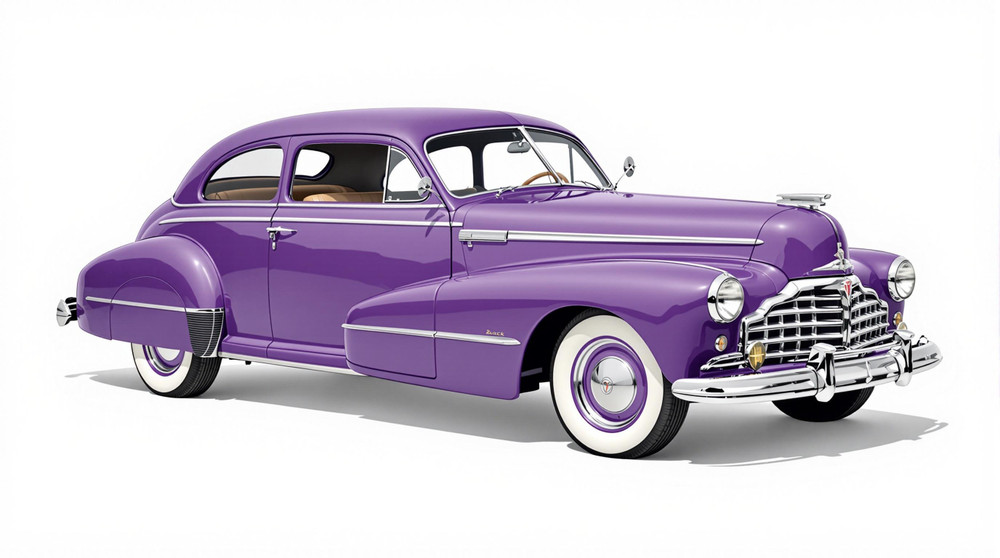Image of 1946 Buick Super Series 50, Note: These illustrations use artistic license and may differ from actual historical models.
Performance Metrics
Fundamental Metrics
Emotional Appeal
MMP Rating
| Engine Specifications | |
|---|---|
| Engine: | Straight 8 |
| Displacement: | 248 cu in (4.1 L) |
| Horsepower: | 110 hp |
| Torque: | 200 lb-ft |
| Compression Ratio: | 6.5:1 |
| Ignition System: | Battery Ignition |
| Cooling System: | Liquid Cooled |
| Performance Specifications | |
| 0-60 Time: | Estimated 15 seconds |
| 1/4 Mile Time: | Not available |
| Top Speed: | 90 mph |
| Transmission and Drive | |
| Drive Type: | Rear Wheel Drive |
| Transmission Type: | 3-speed manual |
| Fuel and Efficiency | |
| Fuel System Type: | Carburetor |
| MPG: | Estimated 15 mpg |
| Dimensions and Brakes | |
| Brakes: | Drum Brakes |
| Wheelbase: | 129 inches |
| Weight: | 3,900 lbs |
Note: Specifications for classic cars are given to the best of our ability, considering the limited and variant data available.
1946 Buick Super Series 50: A Post-War Automotive Marvel
As the world emerged from the shadow of conflict in 1946, so too did the automotive industry, with the Buick Super Series 50 leading the charge into a new era of American motoring. Crafted by the esteemed Buick Motor Division of General Motors, this vehicle not only represented a return to civilian car production but also symbolized hope and progress. A standout fact about this model is that it was one of the first cars to hit the market after World War II, capturing the hearts of a society eager to move forward.
Design and Innovation
The 1946 Buick Super Series 50 was a sight to behold, with its sweeping lines and chrome accents that exuded elegance and strength. The exterior styling featured the iconic waterfall grille and broad-shouldered fenders that were hallmarks of Buick's design ethos. Inside, passengers were enveloped in luxury with plush seating and high-quality fabrics that were a cut above post-war standards. Technologically, it boasted features like a heater/defroster and an optional radio, which were considered advanced for its time. The color palette ranged from stately blacks to rich blues, with Sequoia Cream being a popular choice among discerning buyers. Various body styles were available, including sedans, convertibles, and coupes, but it was the convertible with its fluid design and open-air freedom that captured imaginations.
Historical Significance
The Series 50 played a pivotal role in redefining automotive luxury in an era when practicality often took precedence over style. Its blend of comfort and aesthetics set a new benchmark for what American cars could aspire to be. This Buick wasn't just transportation; it was a statement of success and optimism.
Performance and Handling
Powered by a robust 248 cubic inch straight-eight engine, the Super Series 50 delivered smooth performance that was top-tier for its day. Although exact figures are elusive from this period, it provided ample power for cruising at highway speeds with grace. The ride was characterized by a gentle glide over road imperfections thanks to its coil spring suspension, while handling remained composed even on winding roads. Driving one today, you'd be greeted with the mechanical symphony of vintage motoring—a far cry from modern-day vehicles.
Ownership Experience
Owners of the '46 Buick Super typically enjoyed it as a daily driver or as an elegant weekend cruiser. Maintenance is straightforward for those familiar with vintage autos, though sourcing specific parts may require some detective work. Reliability is typical for well-maintained examples of the era; regular upkeep is key.
Fun Facts
The '46 Super Series 50 has graced both small and big screens in period films and television shows, adding authenticity to historical settings. While not known for breaking speed records, it has held its own as a symbol of post-war American resilience.
Collector's Information
Today's collectors hold the 1946 Buick Super Series 50 in high regard due to its historical significance as one of the first post-war automobiles. While production numbers are not definitive, it's estimated that tens of thousands were produced across all body styles. As for value range, well-maintained examples can fetch anywhere from $20,000 to $60,000 or more depending on condition and originality—appreciating assets in the world of classic cars.
Conclusion
The 1946 Buick Super Series 50 remains an emblematic figure in automotive history—a testament to innovation and luxury in an era ripe with change. Its legacy continues to captivate enthusiasts and collectors alike who appreciate its significance and charm.
1946 Buick Super Series 50 Catalog of Parts
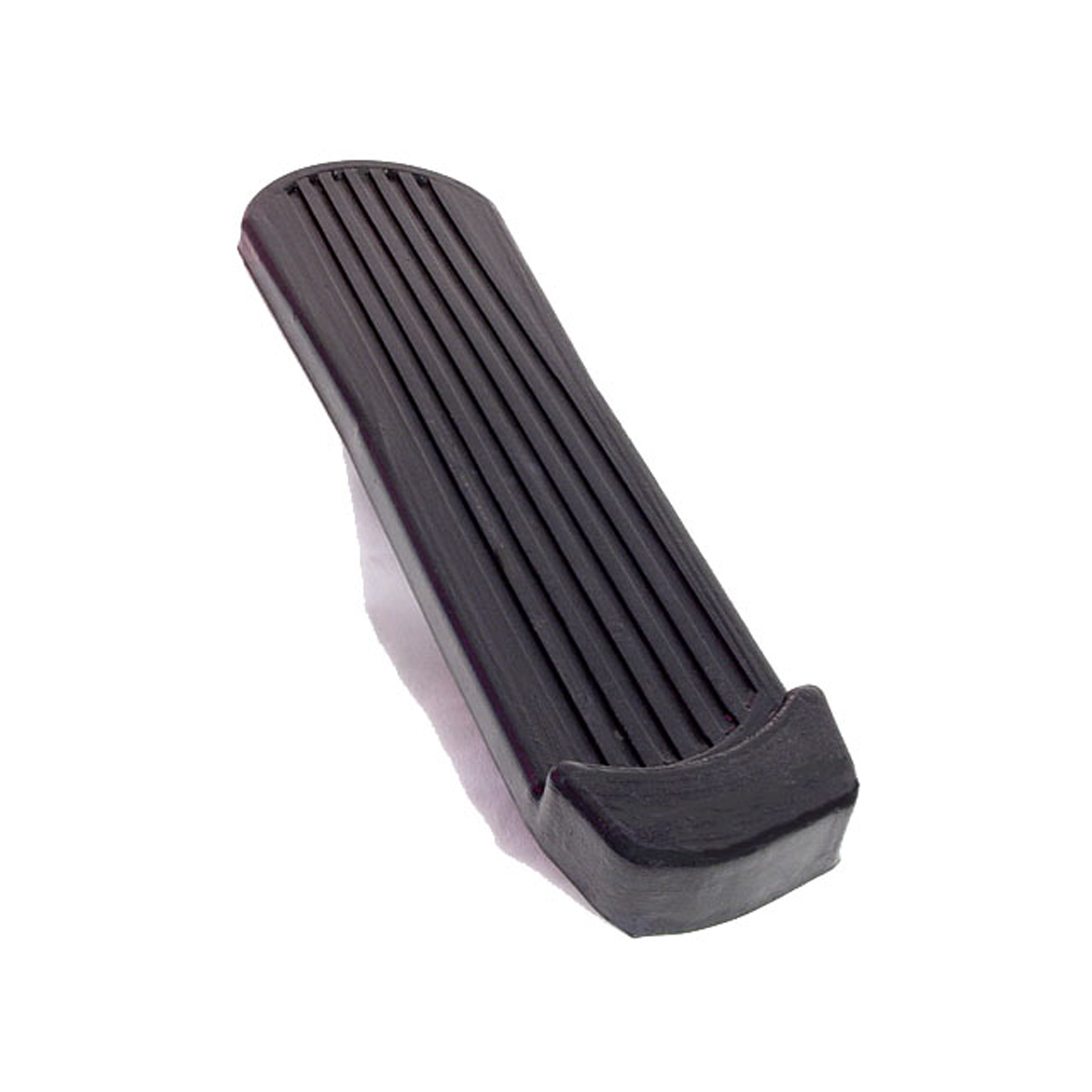 1946 Buick Super Series 50 Accelerator Pedal Pad. 2-3/8" X 8-1/2". Each-AP 29Accelerator Pedal Pad. 2-3/8" X 8-1/2". Each
1946 Buick Super Series 50 Accelerator Pedal Pad. 2-3/8" X 8-1/2". Each-AP 29Accelerator Pedal Pad. 2-3/8" X 8-1/2". Each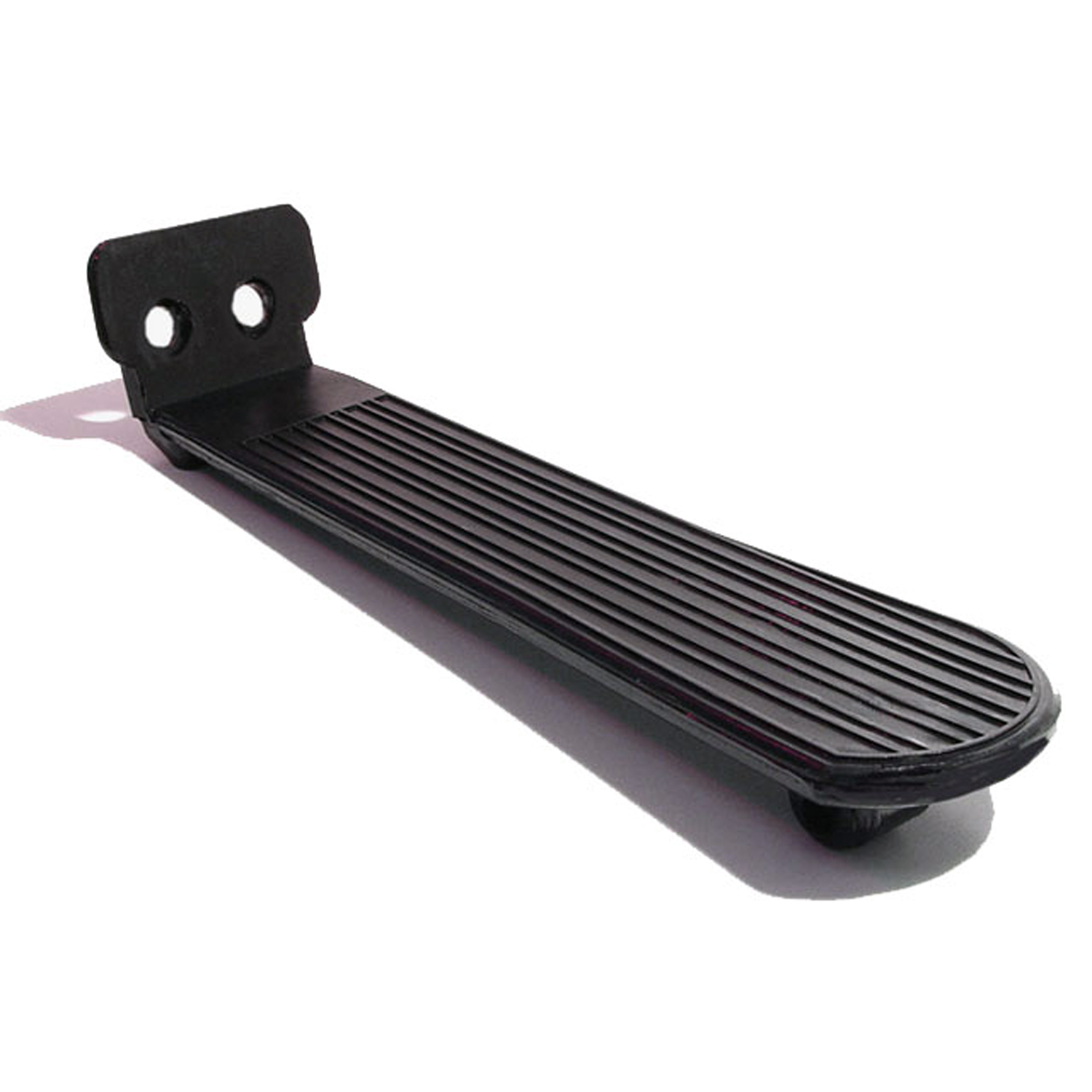 1946 Buick Super Series 50 Accelerator Pedal Pad. Made with steel core like original-AP 29-CAccelerator Pedal Pad. Made with steel core like original. 2-1/8" X 8-1/2". Black. Each
1946 Buick Super Series 50 Accelerator Pedal Pad. Made with steel core like original-AP 29-CAccelerator Pedal Pad. Made with steel core like original. 2-1/8" X 8-1/2". Black. Each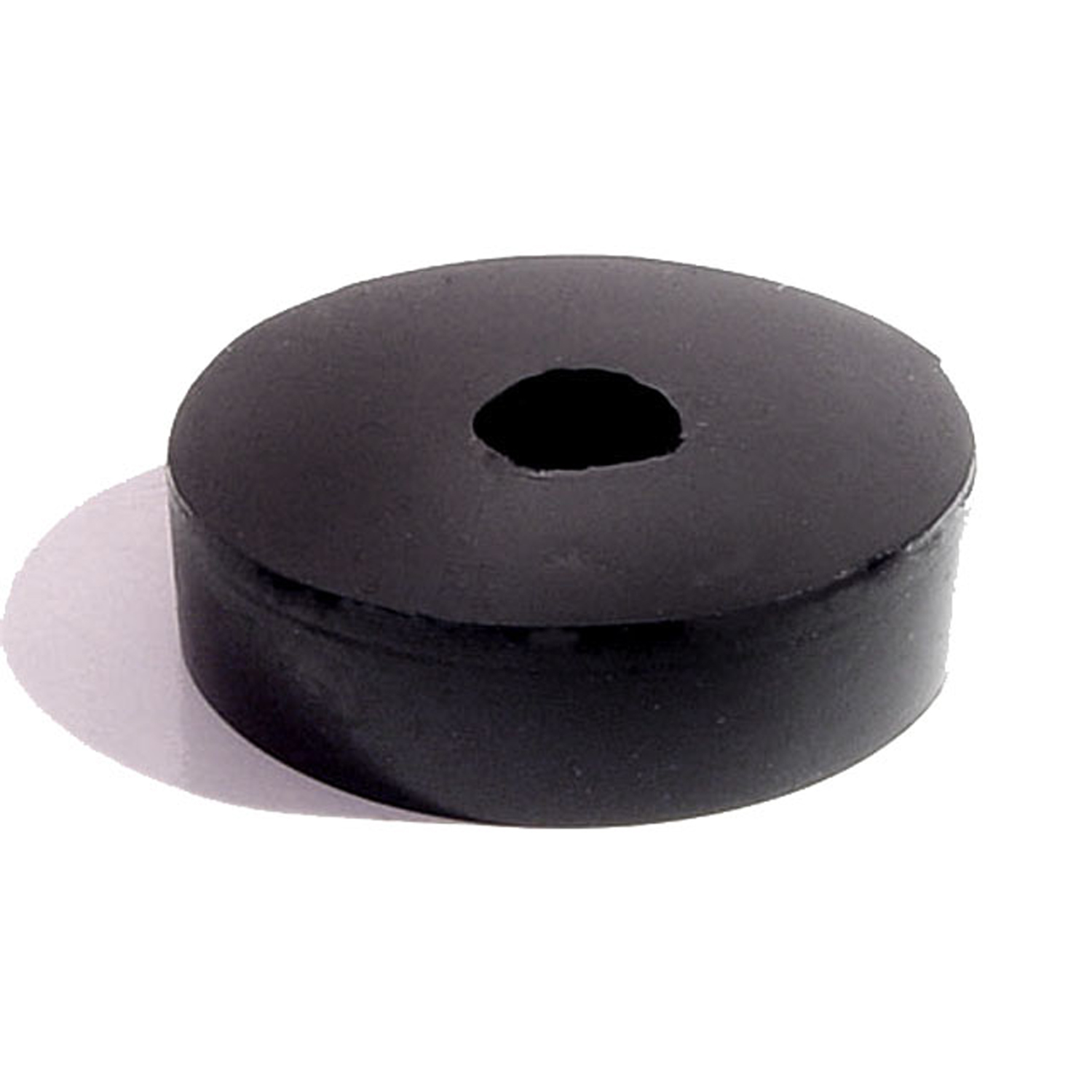 1946 Buick Super Series 50 Transmission Vacuum Shift Grommet. Used on rear side-BC 40Transmission Vacuum Shift Grommet. Used on rear side. 1-1/2" O.D., 3/8" I.D., 3/8" Thick. Each
1946 Buick Super Series 50 Transmission Vacuum Shift Grommet. Used on rear side-BC 40Transmission Vacuum Shift Grommet. Used on rear side. 1-1/2" O.D., 3/8" I.D., 3/8" Thick. Each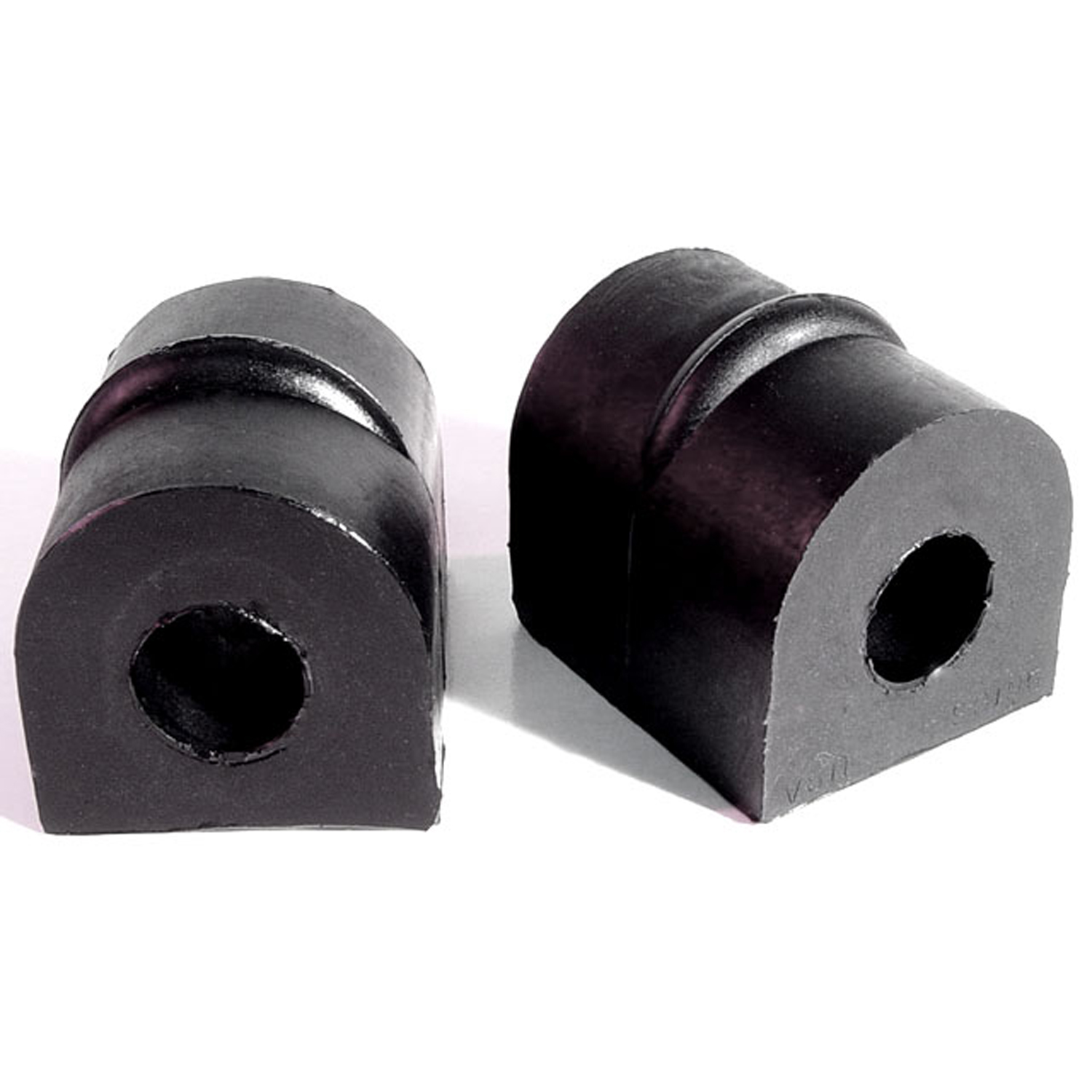 1946 Buick Super Series 50 Stabilizer Bar Bushings-BN 106Stabilizer Bar Bushings. 1-3/4" long X 1-1/2" wide X 1-1/2" high, 10/16" I.D. Pair
1946 Buick Super Series 50 Stabilizer Bar Bushings-BN 106Stabilizer Bar Bushings. 1-3/4" long X 1-1/2" wide X 1-1/2" high, 10/16" I.D. Pair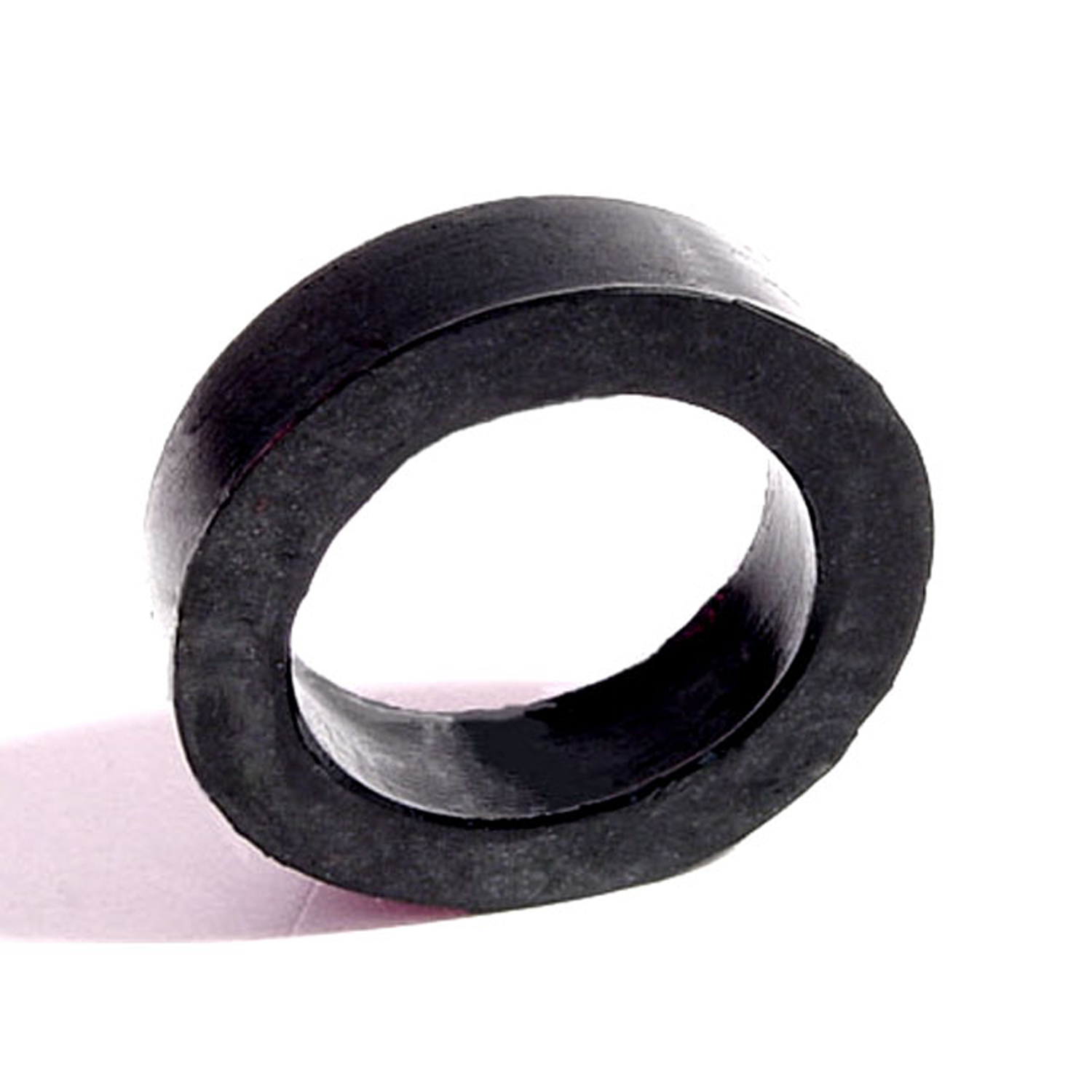 1946 Buick Super Series 50 Lower Inner "A" Frame Shaft Seal. 1-1/8" O.D., 5/16" thick-BN 23-ALower Inner "A" Frame Shaft Seal. 1-1/8" O.D., 5/16" thick. Each
1946 Buick Super Series 50 Lower Inner "A" Frame Shaft Seal. 1-1/8" O.D., 5/16" thick-BN 23-ALower Inner "A" Frame Shaft Seal. 1-1/8" O.D., 5/16" thick. Each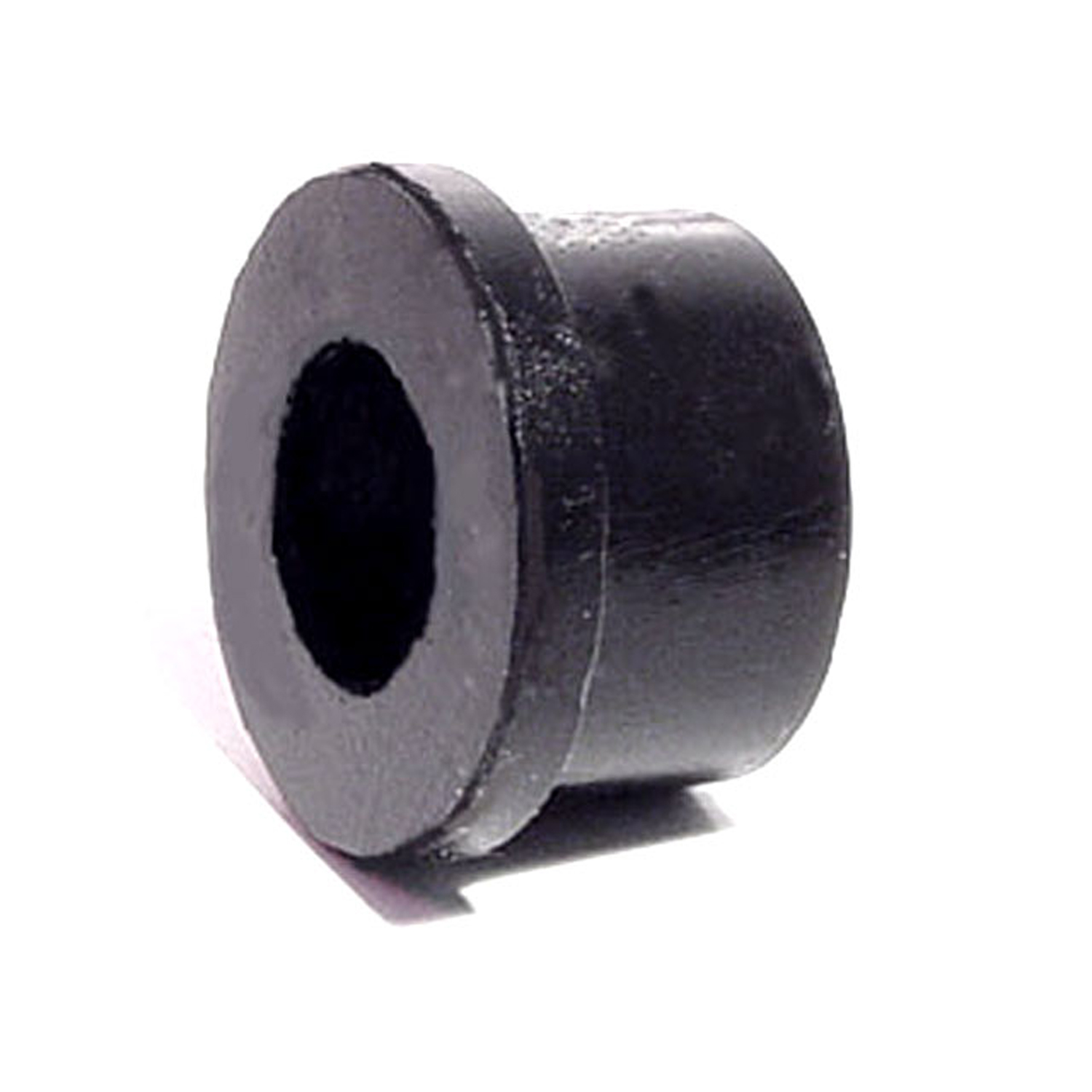 1946 Buick Super Series 50 Stabilizer Bar Bushing. For rear axel anti-sway rod ends-BN 34-BStabilizer Bar Bushing. For rear axel anti-sway rod ends. Four used per car. 1-5/16" O.D., 3/4" long, with 5/8" I.D. Each
1946 Buick Super Series 50 Stabilizer Bar Bushing. For rear axel anti-sway rod ends-BN 34-BStabilizer Bar Bushing. For rear axel anti-sway rod ends. Four used per car. 1-5/16" O.D., 3/4" long, with 5/8" I.D. Each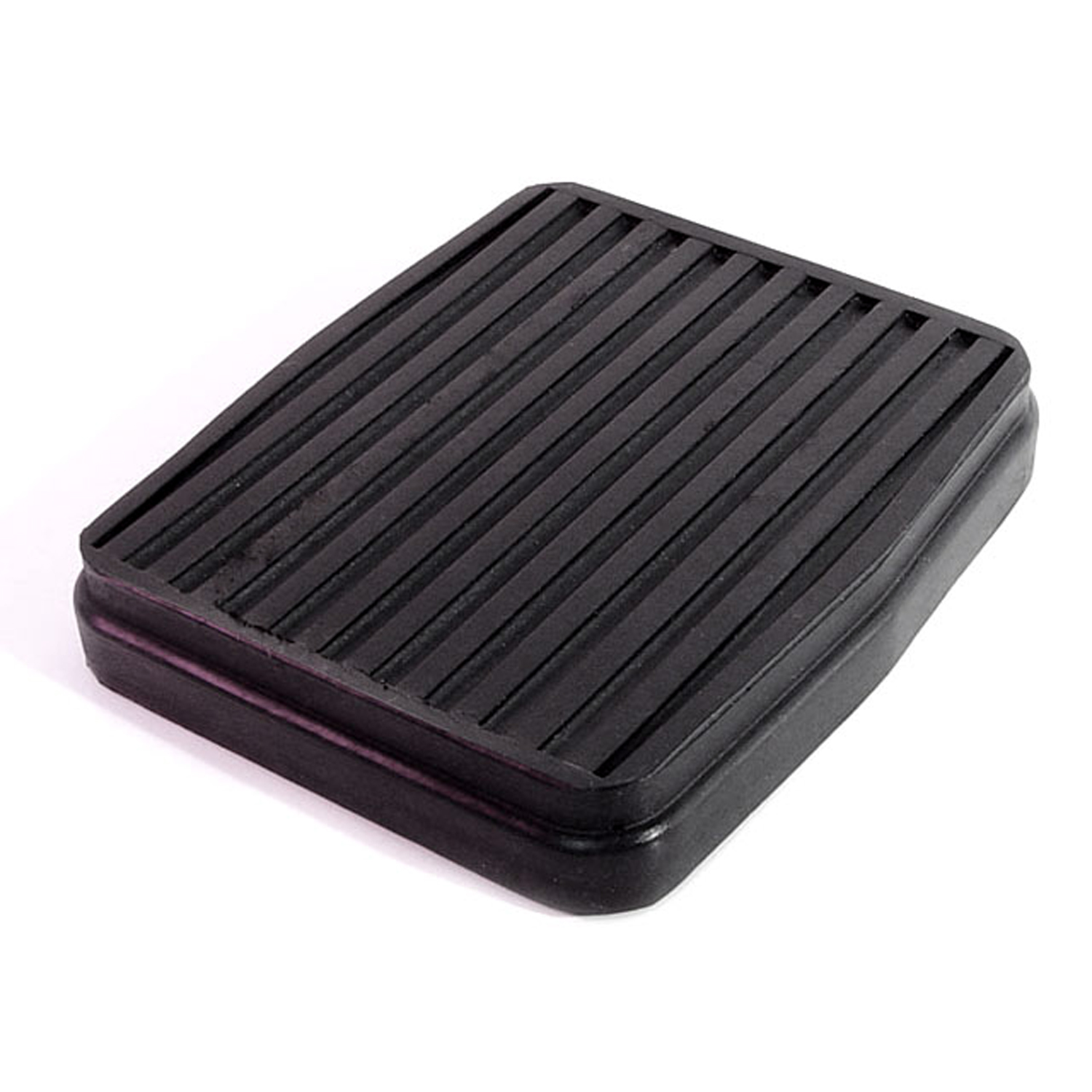 1946 Buick Super Series 50 Dyno-Flow Brake Pedal Pad. 3" wide X 3-1/2" long. Each-CB 103Dyno-Flow Brake Pedal Pad. 3" wide X 3-1/2" long. Each
1946 Buick Super Series 50 Dyno-Flow Brake Pedal Pad. 3" wide X 3-1/2" long. Each-CB 103Dyno-Flow Brake Pedal Pad. 3" wide X 3-1/2" long. Each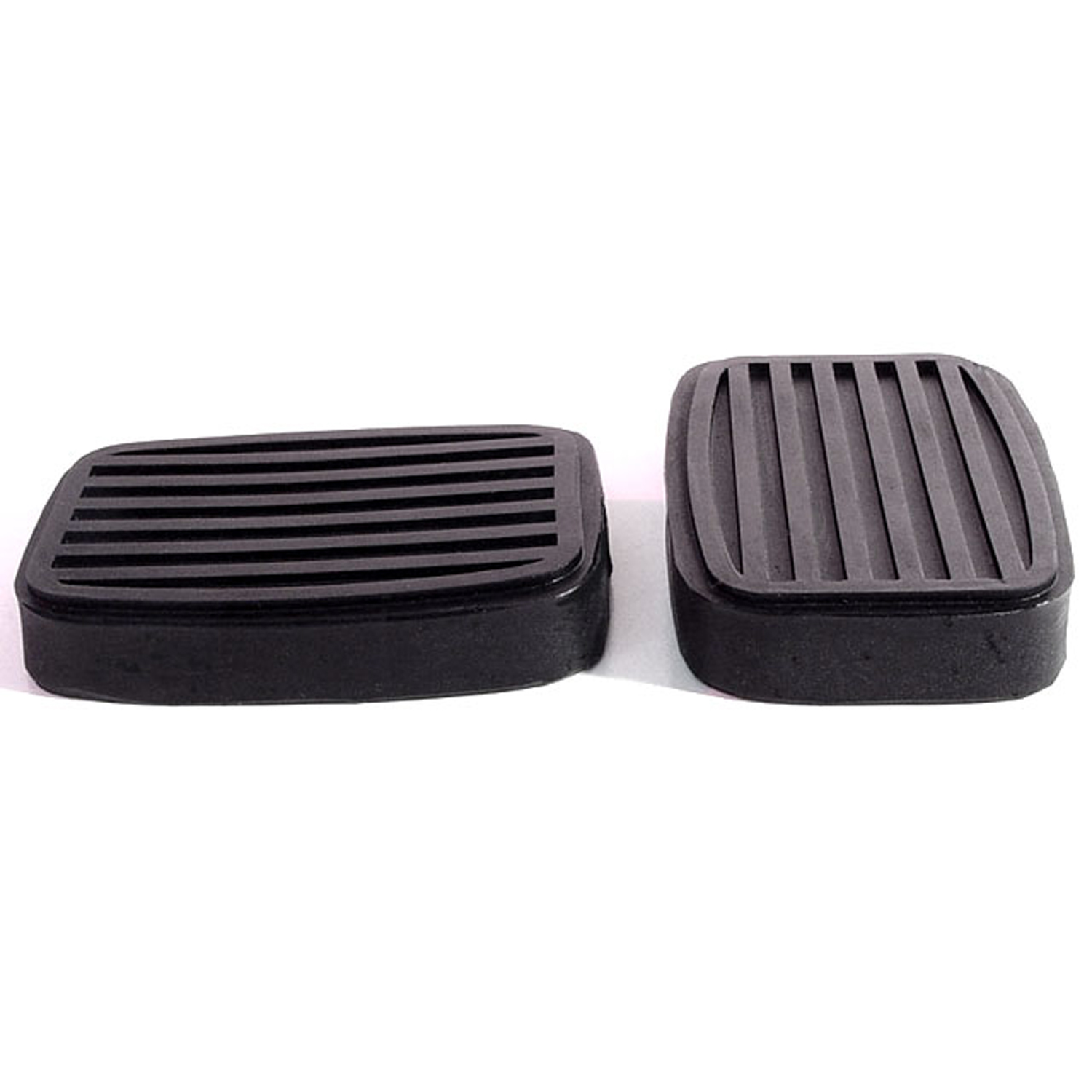 1946 Buick Super Series 50 Clutch and Brake Pedal Pads. 2" wide X 3" long. Pair-CB 15Clutch and Brake Pedal Pads. 2" wide X 3" long. Pair
1946 Buick Super Series 50 Clutch and Brake Pedal Pads. 2" wide X 3" long. Pair-CB 15Clutch and Brake Pedal Pads. 2" wide X 3" long. Pair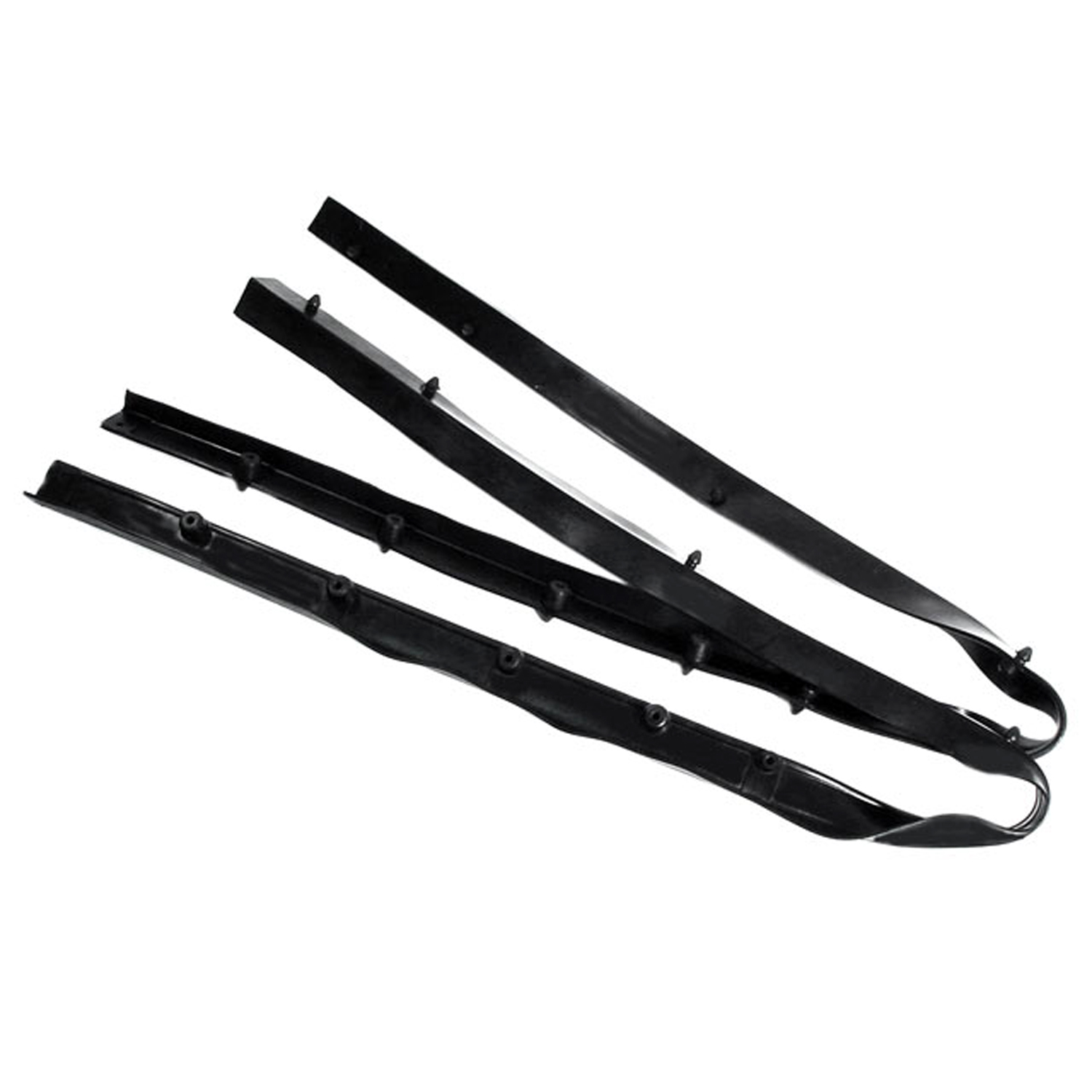 1946 Buick Super Series 50 Cowl and Hood Seal. Push-in tabs, like original-CS 8Cowl and Hood Seal. Push-in tabs, like original. 78" length finished. Each
1946 Buick Super Series 50 Cowl and Hood Seal. Push-in tabs, like original-CS 8Cowl and Hood Seal. Push-in tabs, like original. 78" length finished. Each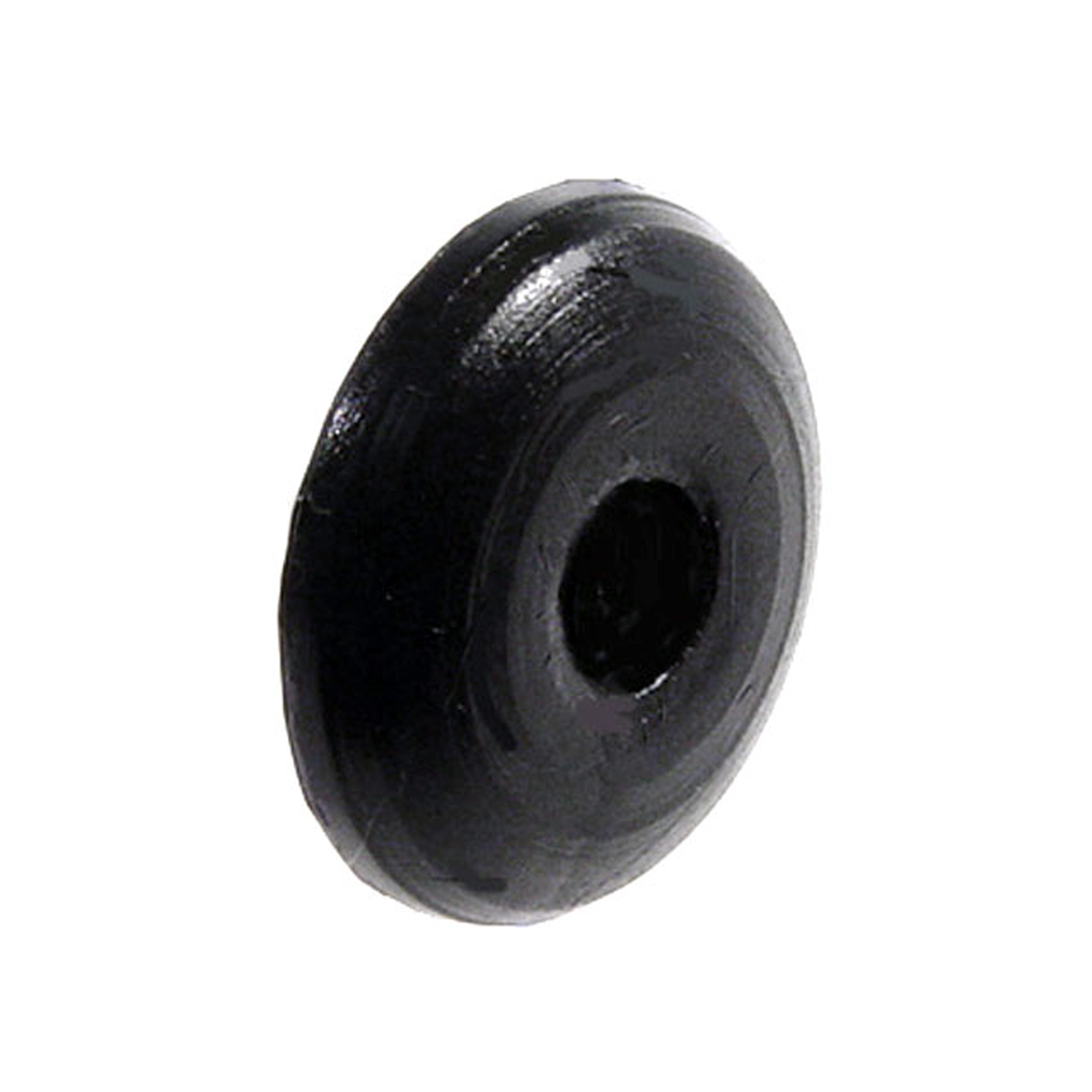 1946 Buick Super Series 50 Upper Door Hinge Post Bumper. Held by screw-DB 60-AUpper Door Hinge Post Bumper. Held by screw. 7/8" diameter X 1/8" thick. Each
1946 Buick Super Series 50 Upper Door Hinge Post Bumper. Held by screw-DB 60-AUpper Door Hinge Post Bumper. Held by screw. 7/8" diameter X 1/8" thick. Each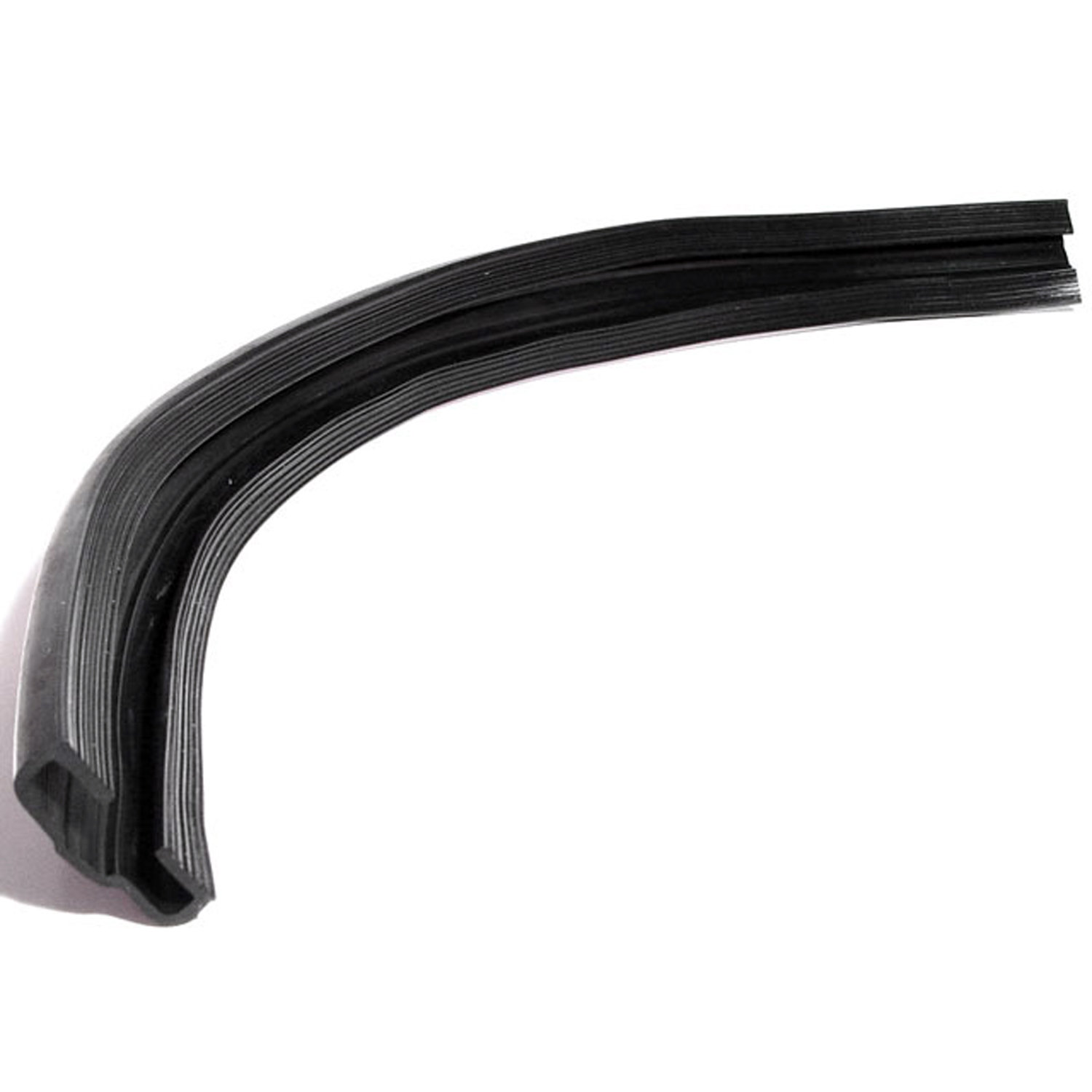 1946 Buick Super Series 50 Windshield Center Bar Outer Gasket Molding Retainer-DP 10Windshield Center Bar Outer Gasket Molding Retainer. Use with original steel to retain stainless steel trim to the windshield. 18 in. long. Each.
1946 Buick Super Series 50 Windshield Center Bar Outer Gasket Molding Retainer-DP 10Windshield Center Bar Outer Gasket Molding Retainer. Use with original steel to retain stainless steel trim to the windshield. 18 in. long. Each.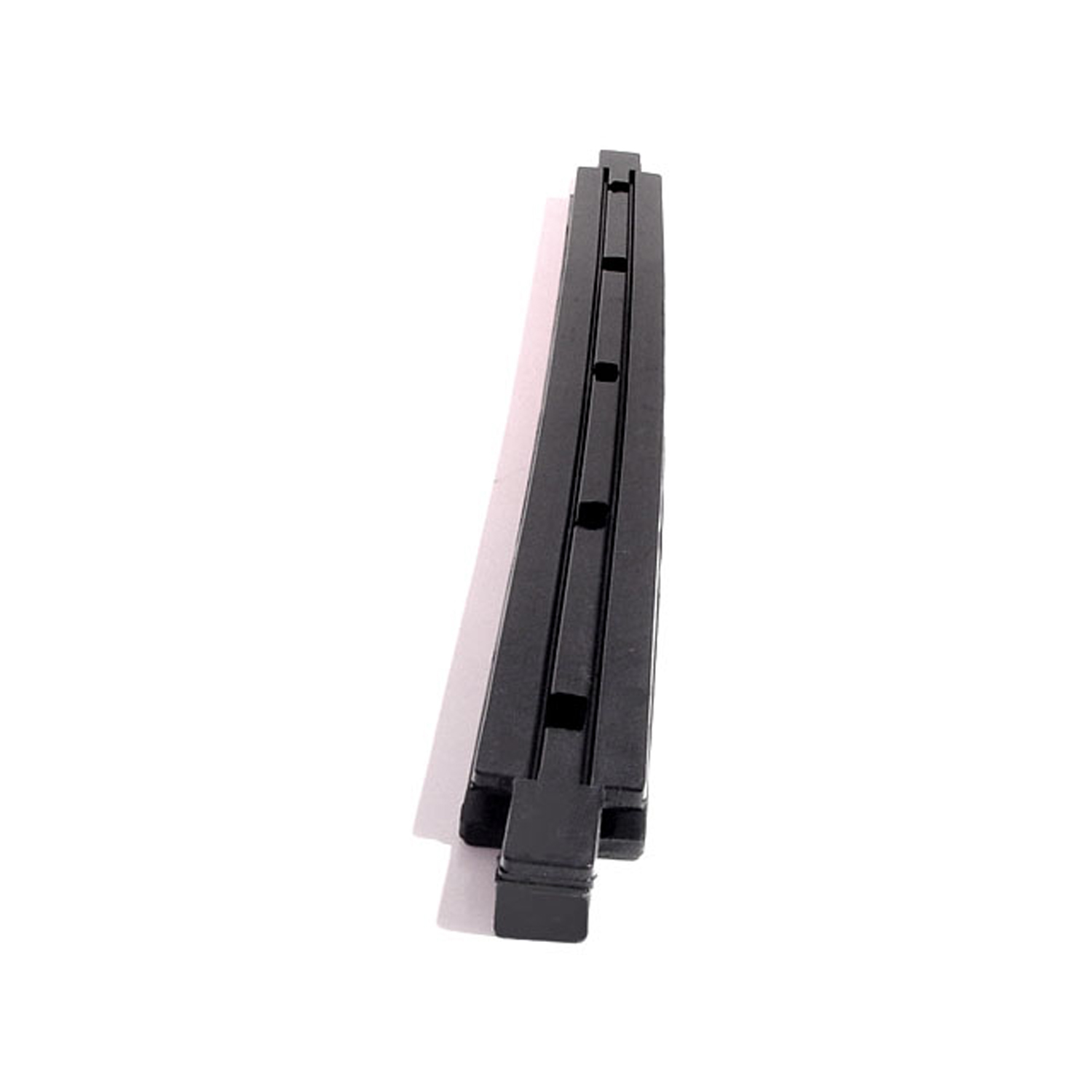 1946 Buick Super Series 50 Windshield Center Bar Gasket-DP 11Windshield Center Bar Gasket. This seal is make with all the original
1946 Buick Super Series 50 Windshield Center Bar Gasket-DP 11Windshield Center Bar Gasket. This seal is make with all the original 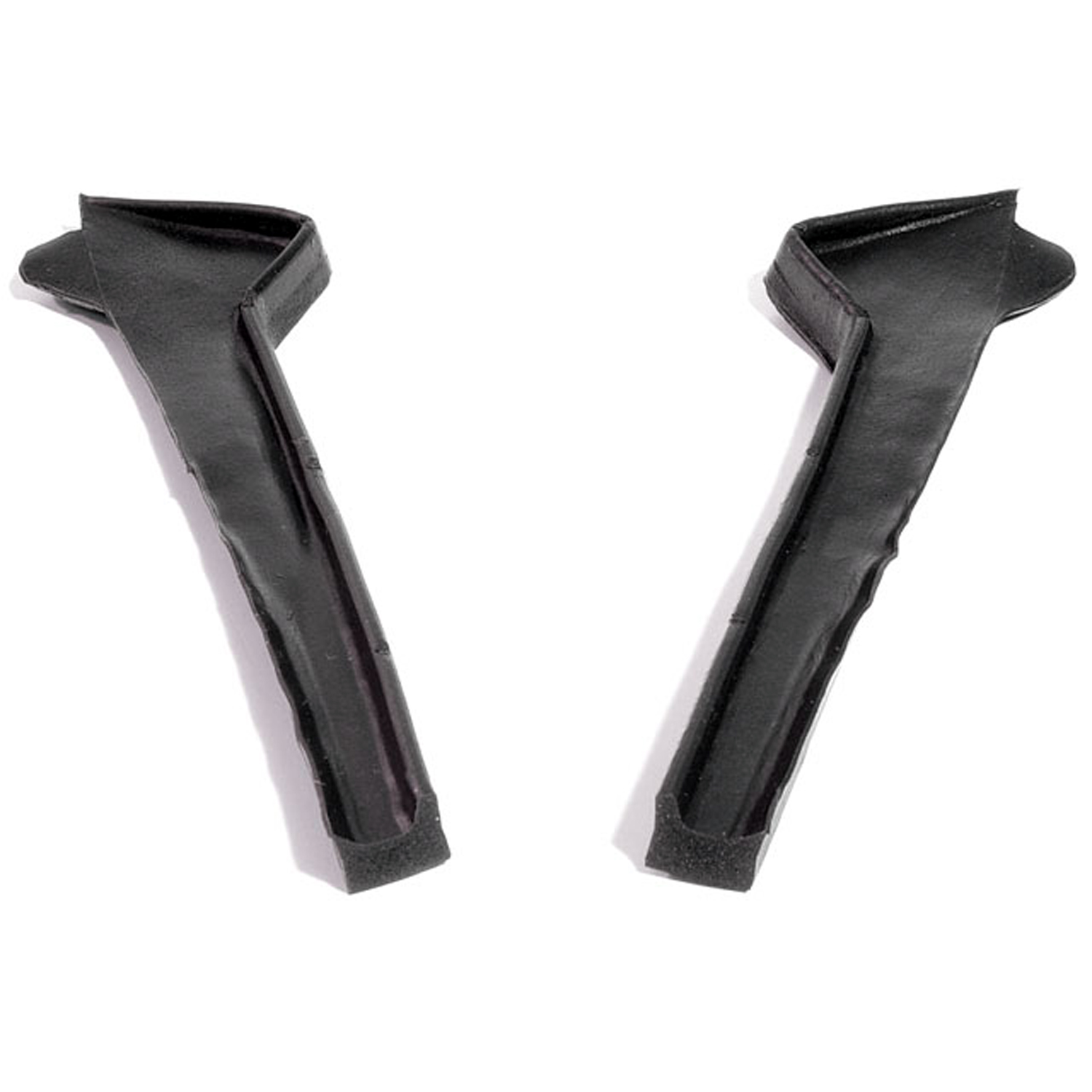 1946 Buick Super Series 50 Auxiliary Door Seals-ELP 2000Auxiliary Door Seals. Weatherstrip for lower front corner of front door. Pair R&L
1946 Buick Super Series 50 Auxiliary Door Seals-ELP 2000Auxiliary Door Seals. Weatherstrip for lower front corner of front door. Pair R&L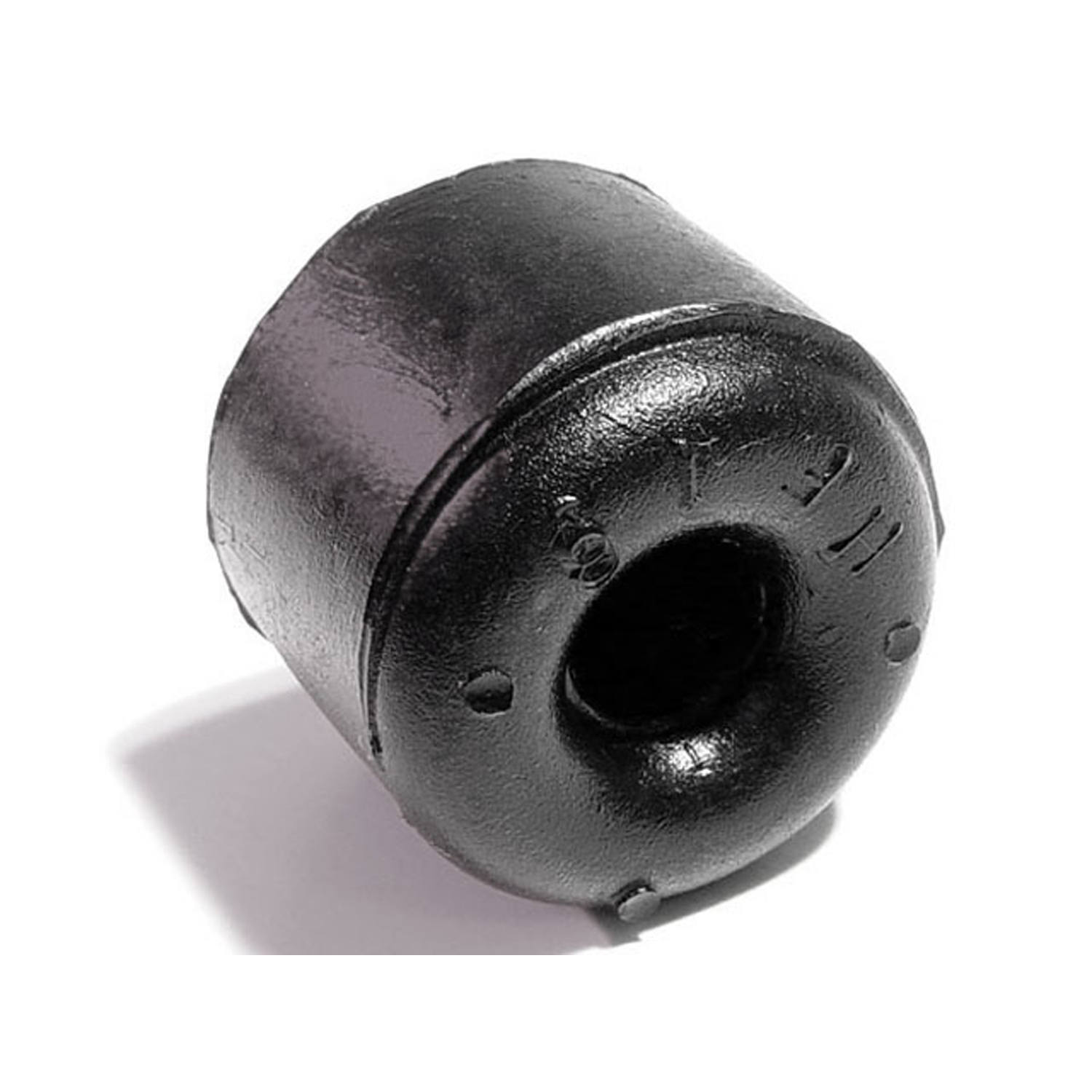 1946 Buick Super Series 50 Door and Hood Bumper. 1" diameter X 7/8" thick. Each-HF 16Door and Hood Bumper. 1" diameter X 7/8" thick. Each
1946 Buick Super Series 50 Door and Hood Bumper. 1" diameter X 7/8" thick. Each-HF 16Door and Hood Bumper. 1" diameter X 7/8" thick. Each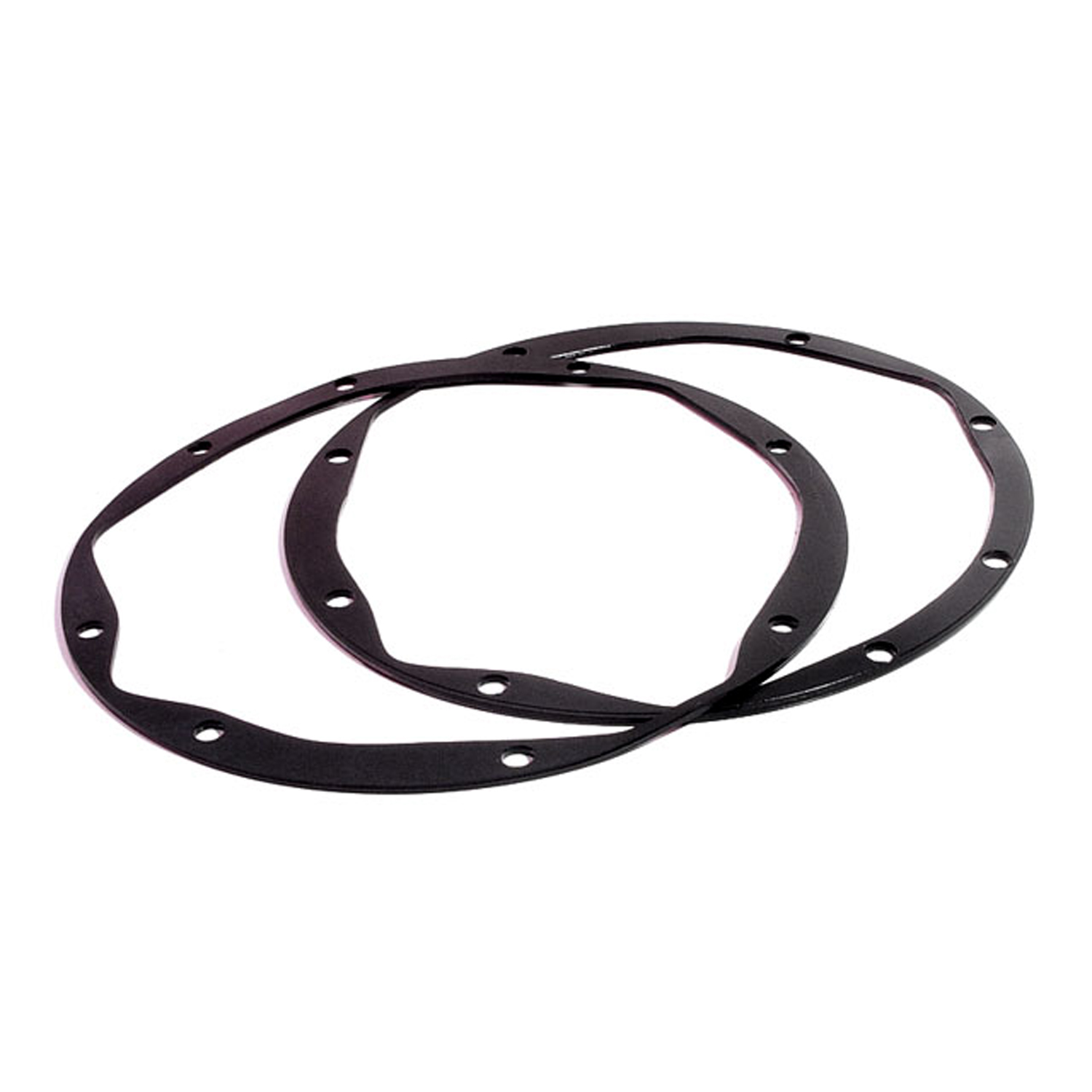 1946 Buick Super Series 50 Headlight Assembly Housing Pad. 8-3/8" O.D. Pair-HR 7Headlight Assembly Housing Pad. 8-3/8" O.D. Pair
1946 Buick Super Series 50 Headlight Assembly Housing Pad. 8-3/8" O.D. Pair-HR 7Headlight Assembly Housing Pad. 8-3/8" O.D. Pair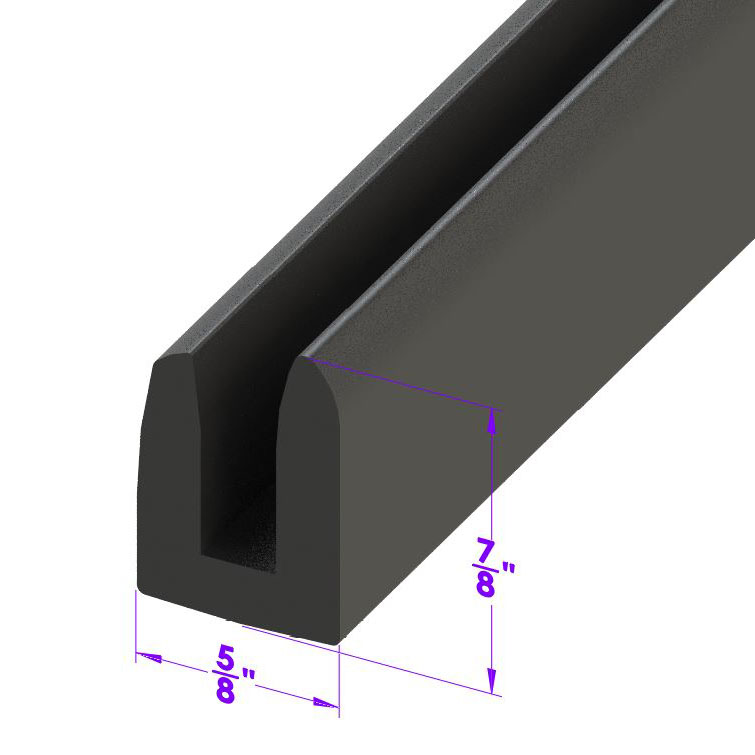 1946 Buick Super Series 50 Windshield and Rear Window Channel. Used with 1/4" glass-LP 105Windshield and Rear Window Channel. Used with 1/4" glass. Fits some models. Sold by the foot
1946 Buick Super Series 50 Windshield and Rear Window Channel. Used with 1/4" glass-LP 105Windshield and Rear Window Channel. Used with 1/4" glass. Fits some models. Sold by the foot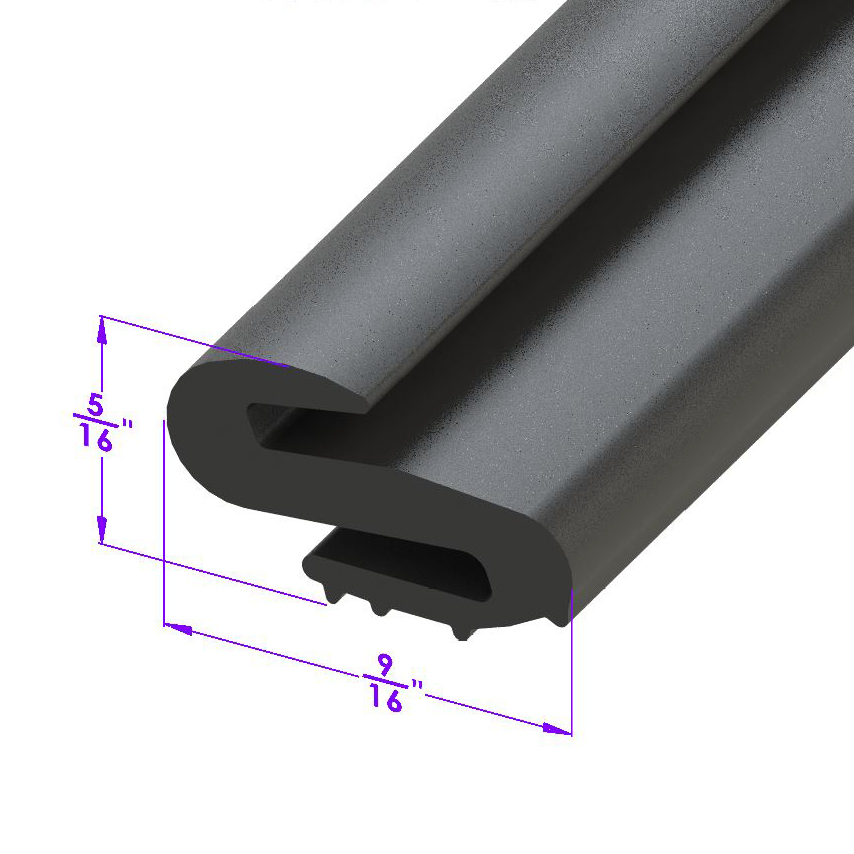 1946 Buick Super Series 50 Windshield Pinchweld Seal for some models w/chrome garnish-LP 106Windshield Pinchweld Seal for some models w/chrome garnish. Used with LP 105, DP 10 & DP 11 (center division bar seals)to seal and retain outer chrome garnish. Sold by the foot
1946 Buick Super Series 50 Windshield Pinchweld Seal for some models w/chrome garnish-LP 106Windshield Pinchweld Seal for some models w/chrome garnish. Used with LP 105, DP 10 & DP 11 (center division bar seals)to seal and retain outer chrome garnish. Sold by the foot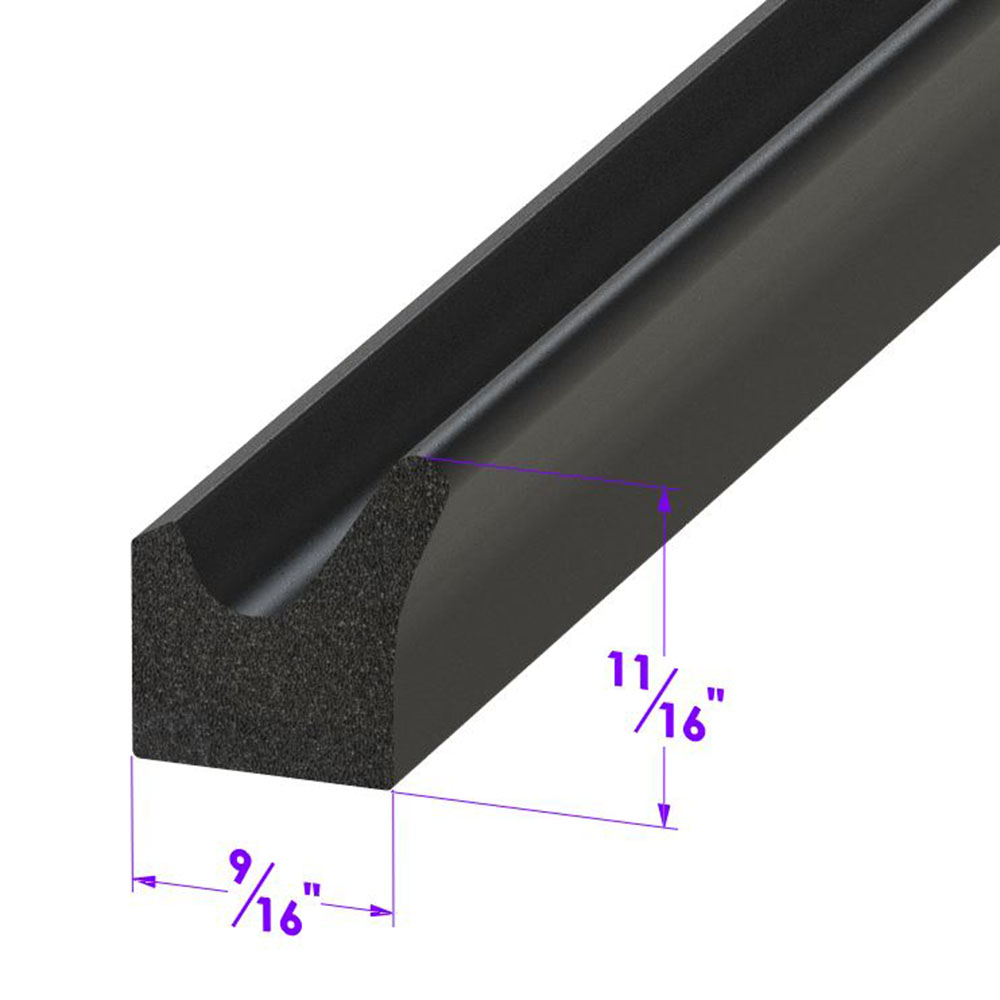 1946 Buick Super Series 50 Door side seal. Same as LP 40-A, but for a heavier seal-LP 40Door side seal. Same as LP 40-A, but for a heavier seal. Fits many domestic passenger cars and trucks. Used in Cobra kit cars as trunk weatherstrip. Per foot.
1946 Buick Super Series 50 Door side seal. Same as LP 40-A, but for a heavier seal-LP 40Door side seal. Same as LP 40-A, but for a heavier seal. Fits many domestic passenger cars and trucks. Used in Cobra kit cars as trunk weatherstrip. Per foot.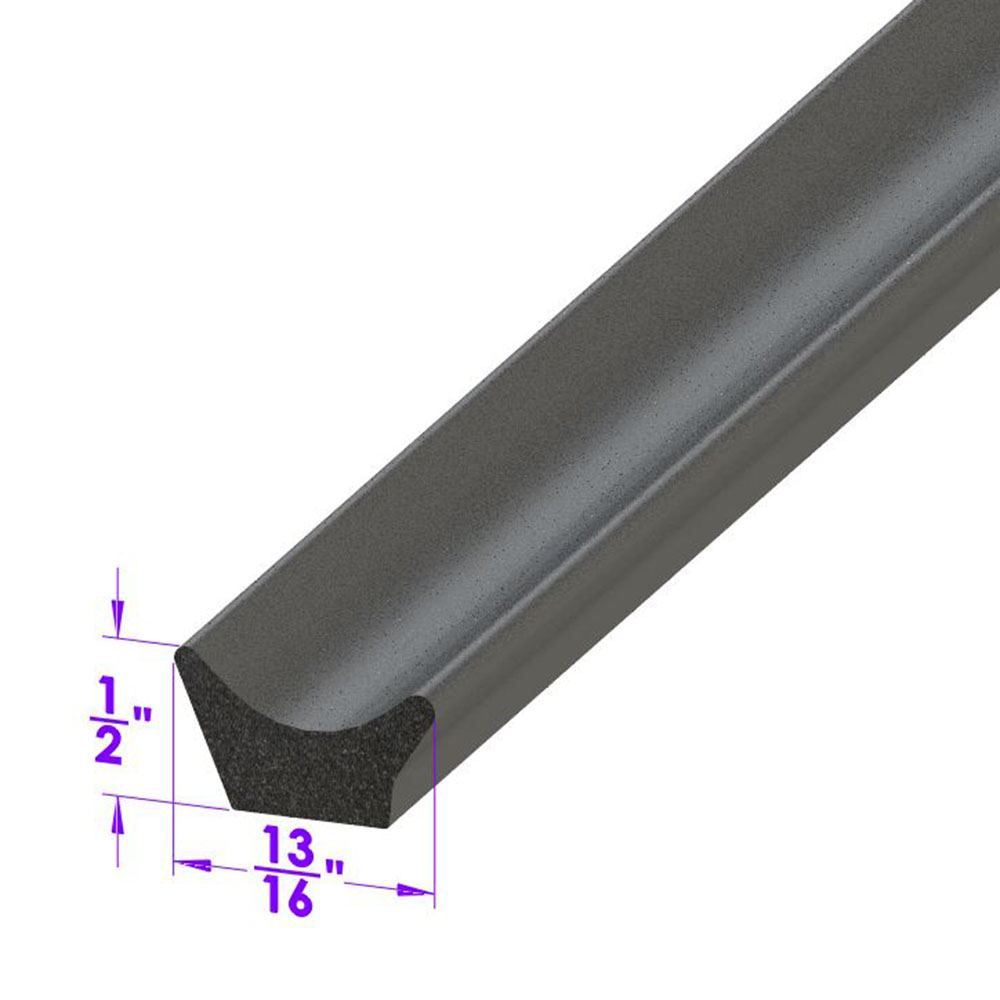 1946 Buick Super Series 50 Door side seal. Same as LP 40, but for a lighter seal-LP 40-ADoor side seal. Same as LP 40, but for a lighter seal. Fits many domestic passenger cars and trucks. Universal seal for street rods and customs. Used in Cobra kit cars as door weatherstrip. Per foot.
1946 Buick Super Series 50 Door side seal. Same as LP 40, but for a lighter seal-LP 40-ADoor side seal. Same as LP 40, but for a lighter seal. Fits many domestic passenger cars and trucks. Universal seal for street rods and customs. Used in Cobra kit cars as door weatherstrip. Per foot.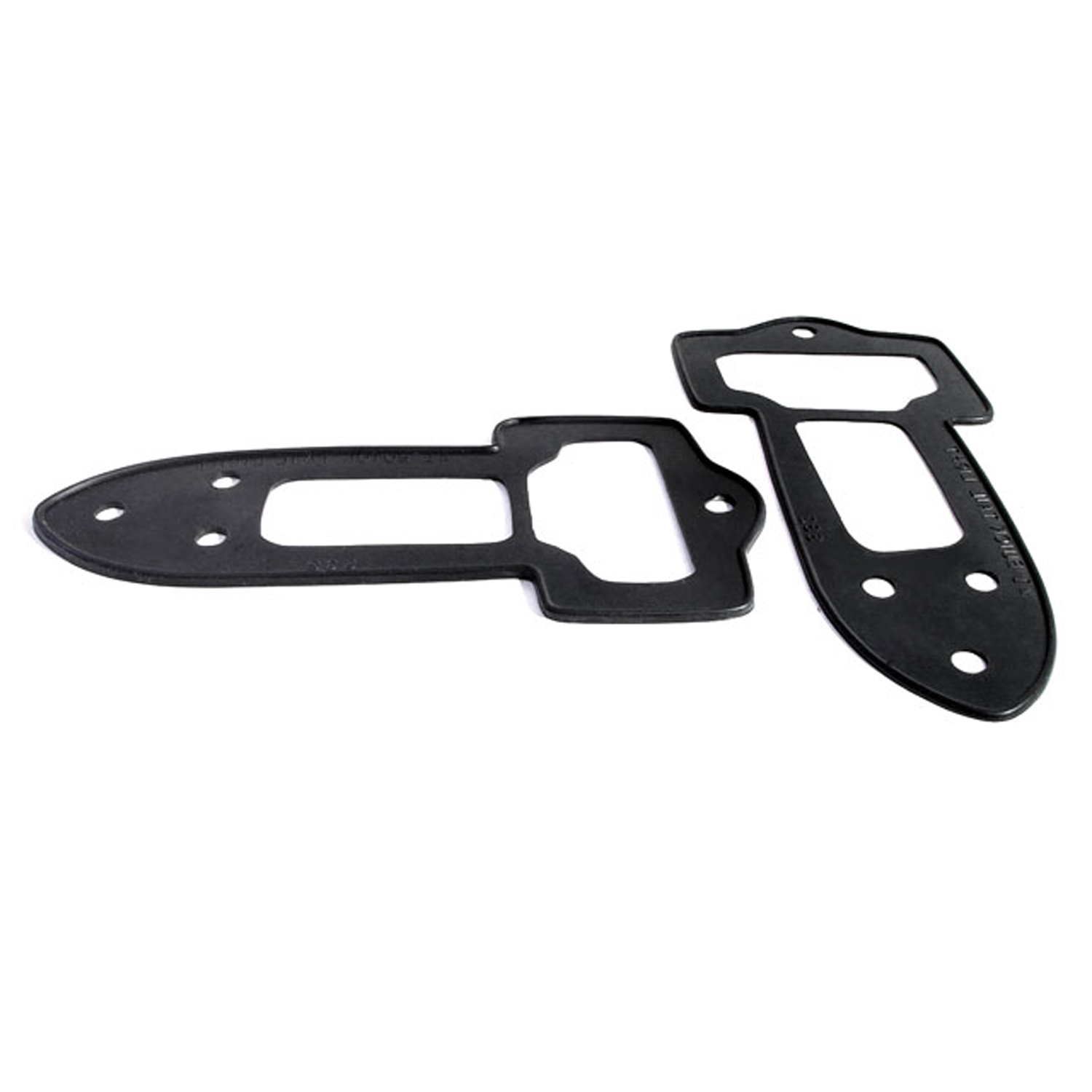 1946 Buick Super Series 50 Tail-light Pads (fits some models)-MP 332Tail-light Pads (fits some models). Overall length approximately 10". 4-3/4" wide X 10" long. Pair R&L
1946 Buick Super Series 50 Tail-light Pads (fits some models)-MP 332Tail-light Pads (fits some models). Overall length approximately 10". 4-3/4" wide X 10" long. Pair R&L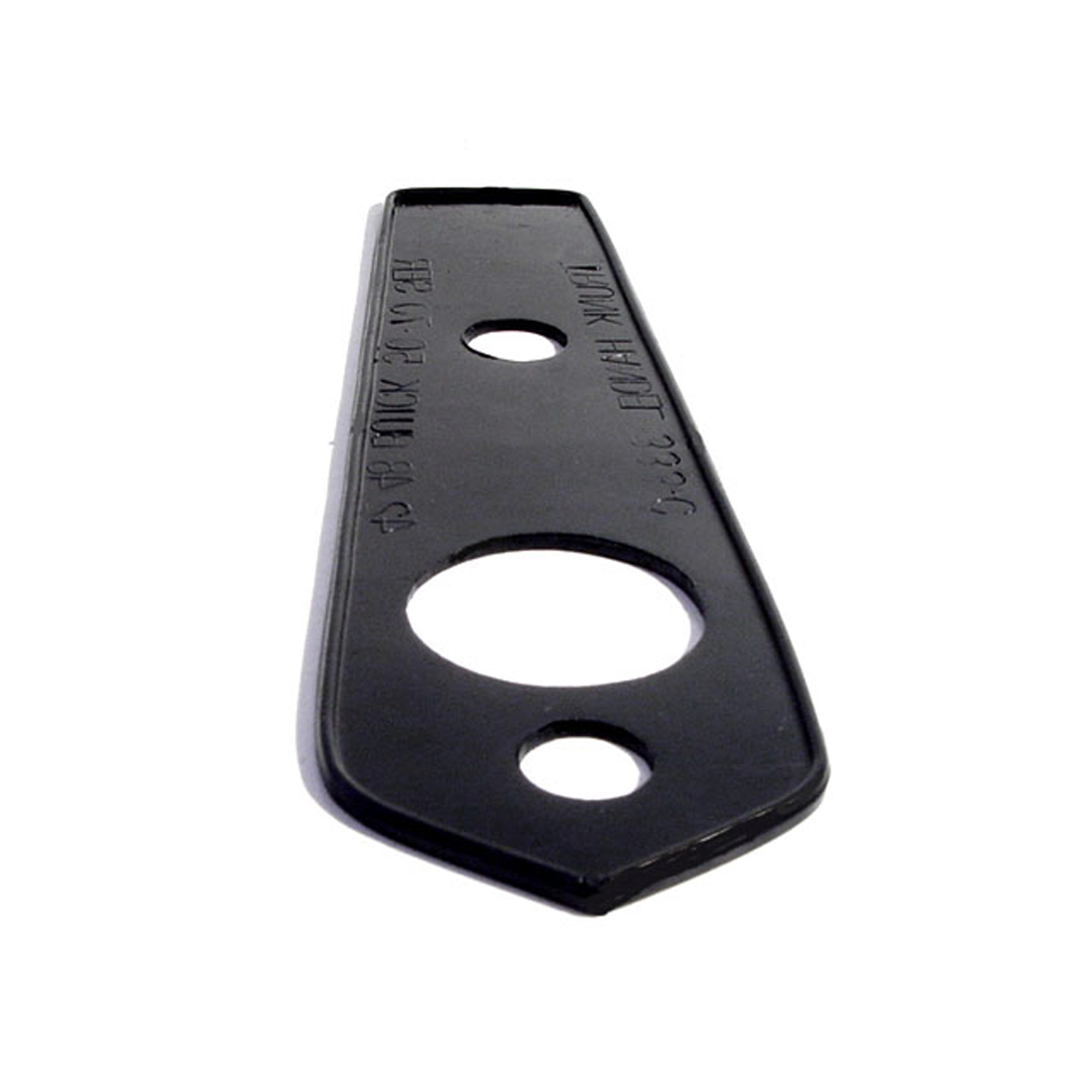 1946 Buick Super Series 50 Trunk Handle Pad. 2" wide X 6-5/8" long. Each-MP 333-CTrunk Handle Pad. 2" wide X 6-5/8" long. Each
1946 Buick Super Series 50 Trunk Handle Pad. 2" wide X 6-5/8" long. Each-MP 333-CTrunk Handle Pad. 2" wide X 6-5/8" long. Each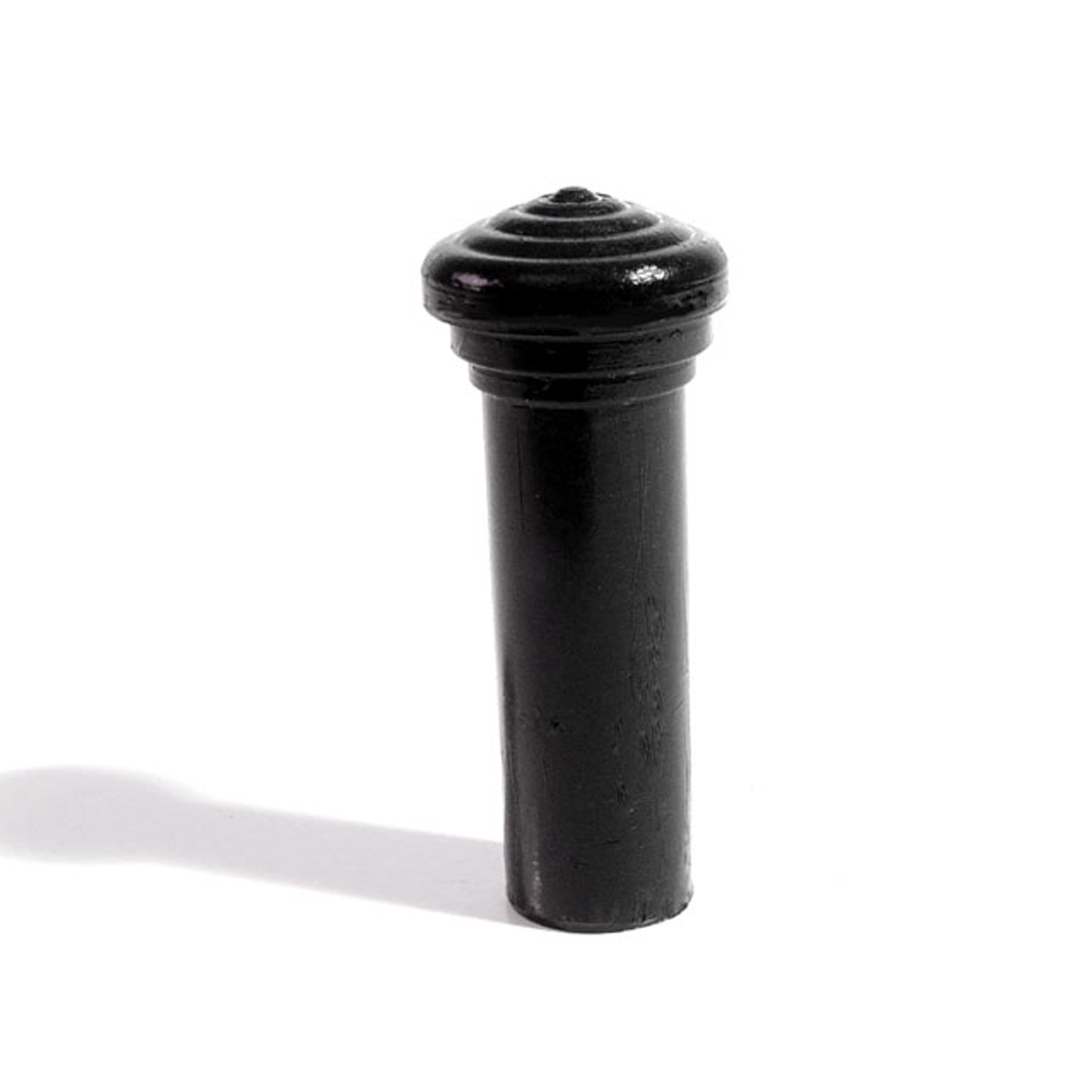 1946 Buick Super Series 50 Door Lock Knob. Made of Black rubber, self-threading-RP 304-ADoor Lock Knob. Made of Black rubber, self-threading. 1-3/8" tall with 1/8" lower I.D., 3/8" lower O.D. Each
1946 Buick Super Series 50 Door Lock Knob. Made of Black rubber, self-threading-RP 304-ADoor Lock Knob. Made of Black rubber, self-threading. 1-3/8" tall with 1/8" lower I.D., 3/8" lower O.D. Each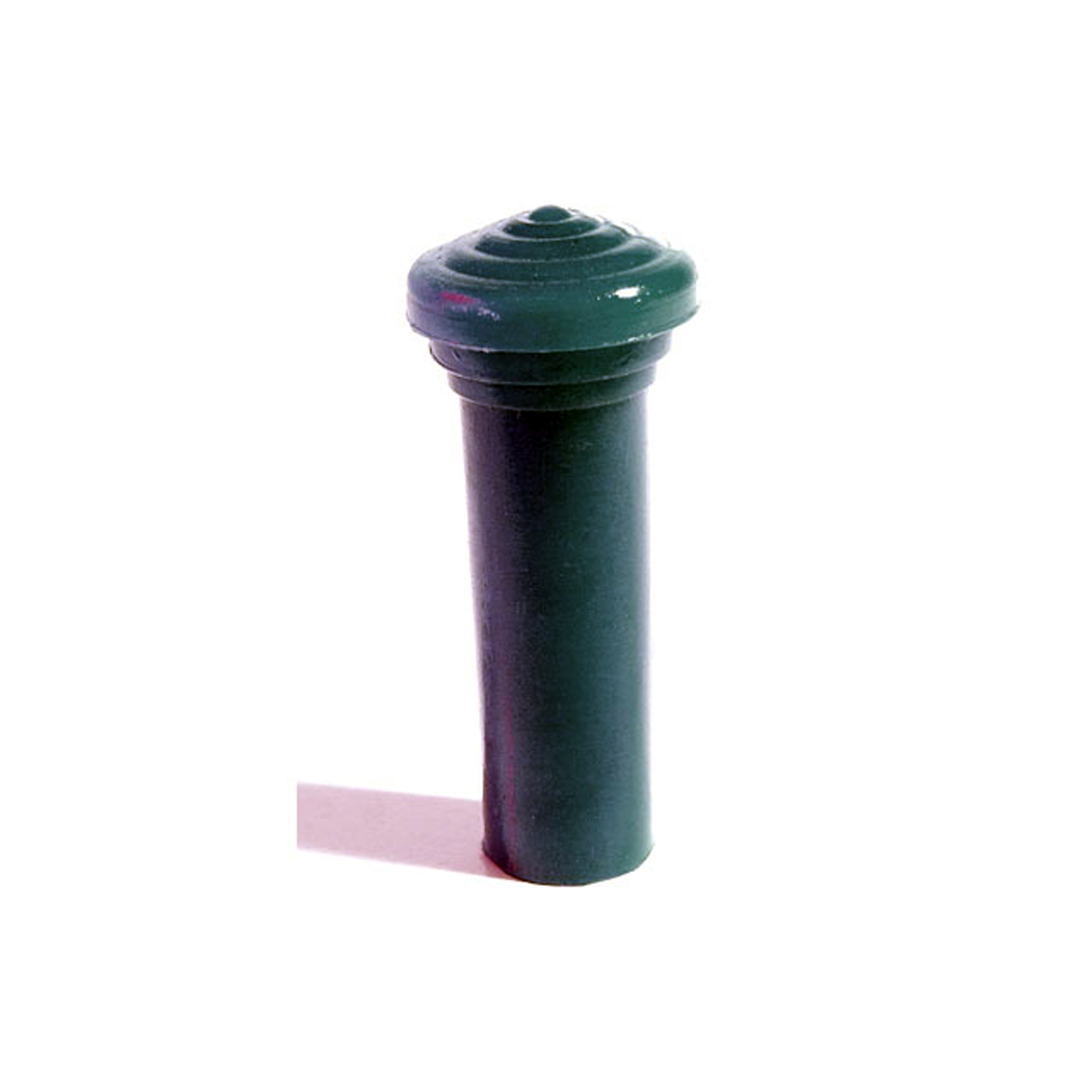 1946 Buick Super Series 50 Door Lock Knob. Made of Slate Blue rubber, self-threading-RP 304-CDoor Lock Knob. Made of Slate Blue rubber, self-threading. 1-3/8" tall with 1/8" lower I.D., 3/8" lower O.D. Each
1946 Buick Super Series 50 Door Lock Knob. Made of Slate Blue rubber, self-threading-RP 304-CDoor Lock Knob. Made of Slate Blue rubber, self-threading. 1-3/8" tall with 1/8" lower I.D., 3/8" lower O.D. Each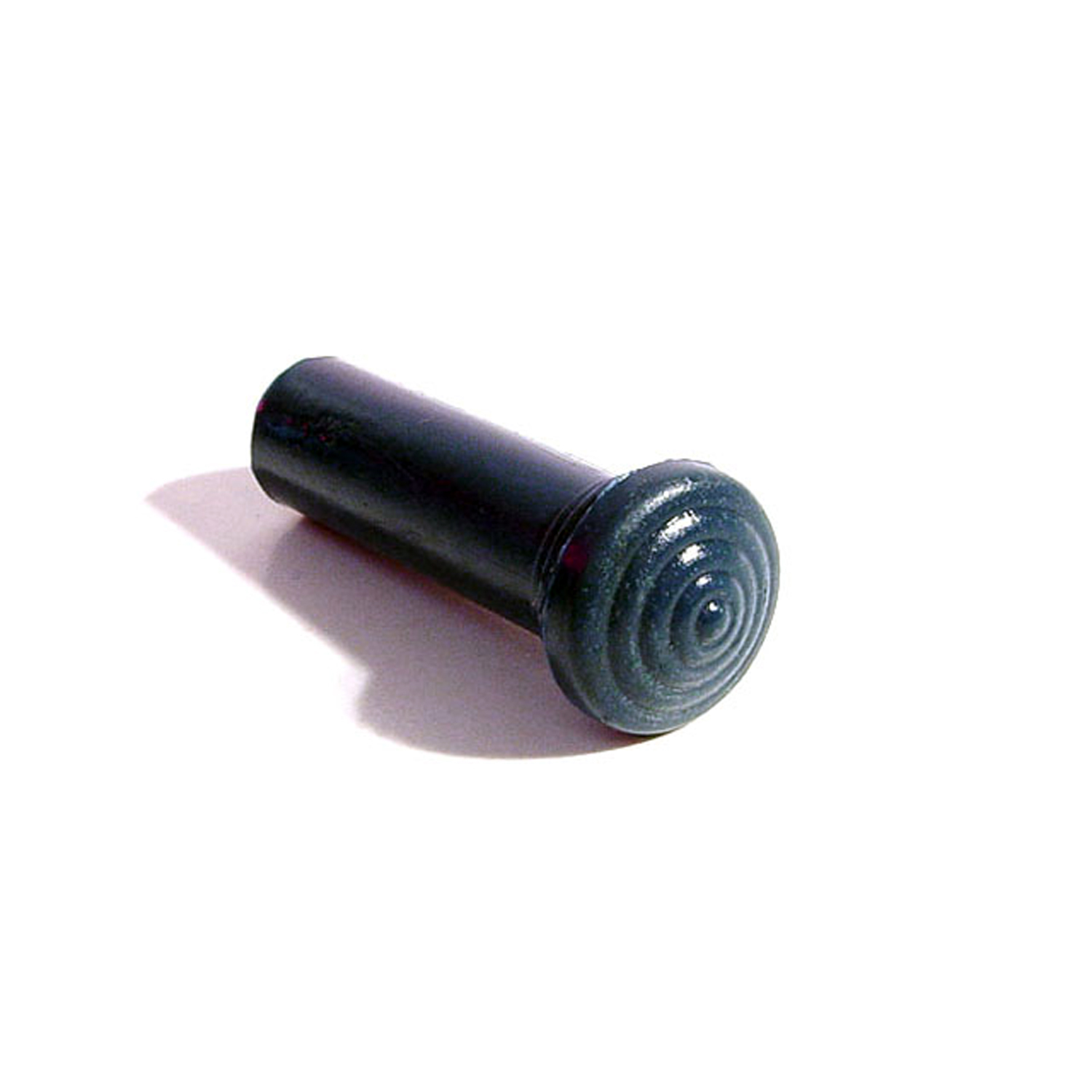 1946 Buick Super Series 50 Door Lock Knob. Made of Navy Blue rubber, self-threading-RP 304-DDoor Lock Knob. Made of Navy Blue rubber, self-threading. 1-3/8" tall with 1/8" lower I.D., 3/8" lower O.D. Each
1946 Buick Super Series 50 Door Lock Knob. Made of Navy Blue rubber, self-threading-RP 304-DDoor Lock Knob. Made of Navy Blue rubber, self-threading. 1-3/8" tall with 1/8" lower I.D., 3/8" lower O.D. Each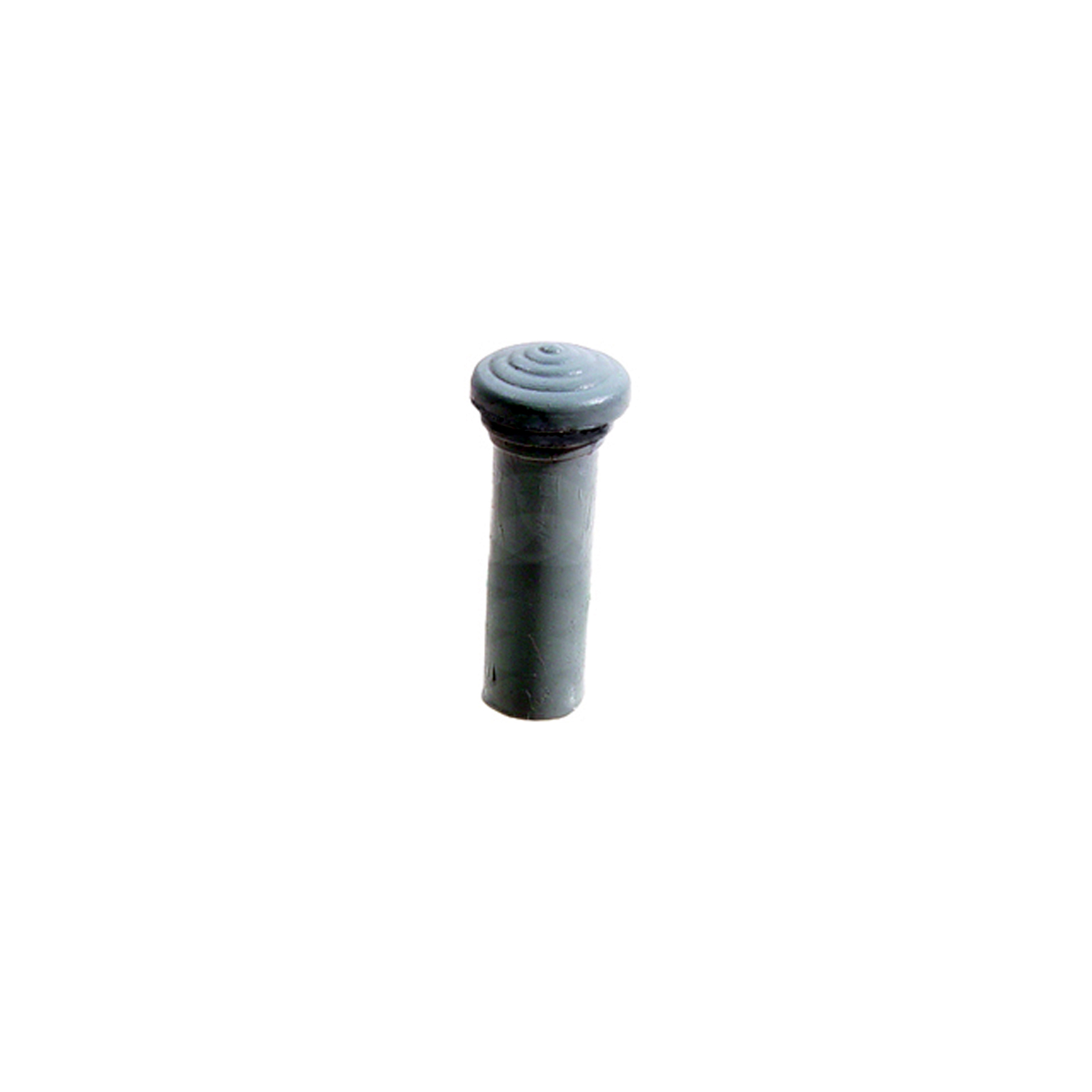 1946 Buick Super Series 50 Door Lock Knob. Made of Silver Blue rubber, self-threading-RP 304-EDoor Lock Knob. Made of Silver Blue rubber, self-threading. 1-3/8" tall with 1/8" lower I.D., 3/8" lower O.D. Each
1946 Buick Super Series 50 Door Lock Knob. Made of Silver Blue rubber, self-threading-RP 304-EDoor Lock Knob. Made of Silver Blue rubber, self-threading. 1-3/8" tall with 1/8" lower I.D., 3/8" lower O.D. Each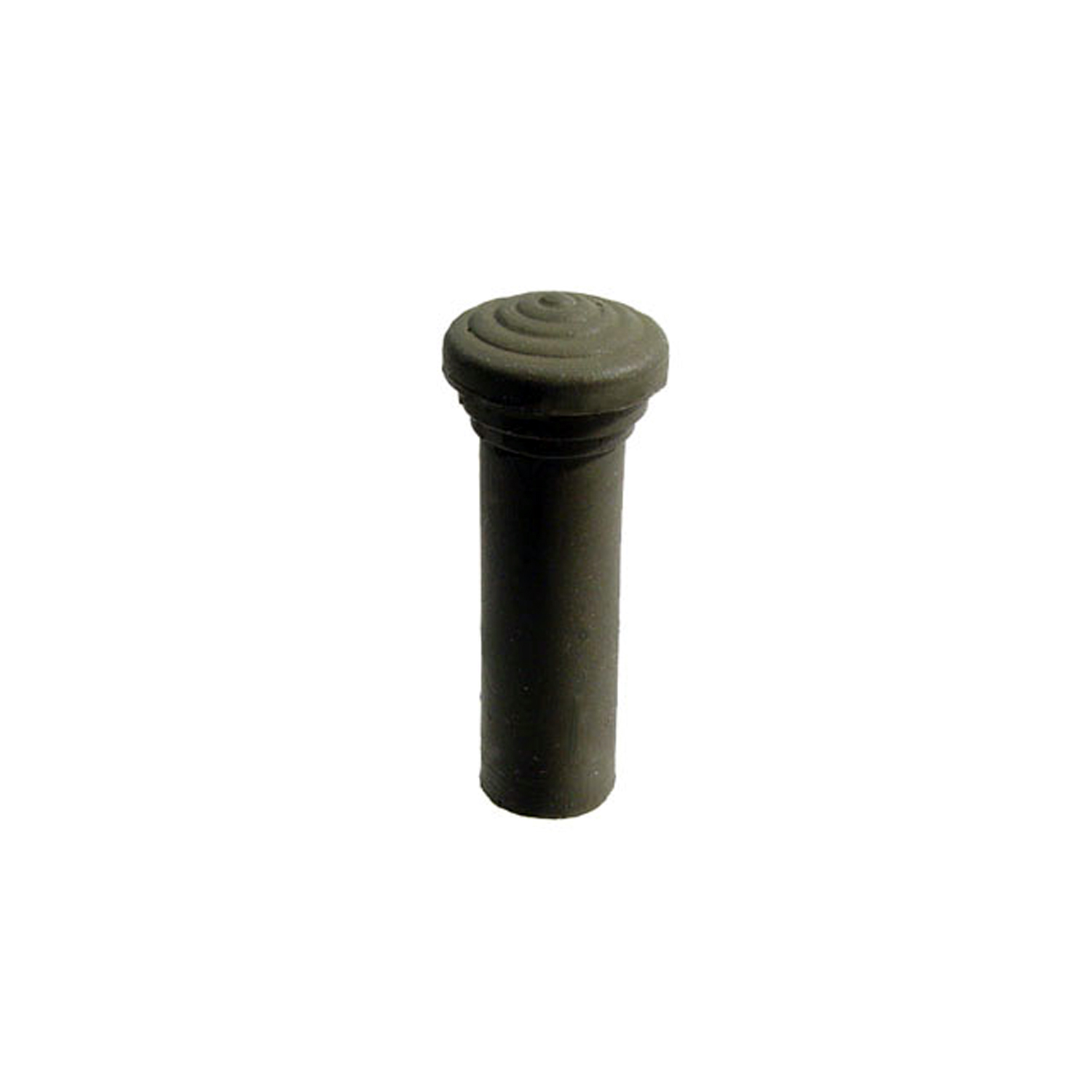 1946 Buick Super Series 50 Door Lock Knob. Made of Fawn colored rubber, self-threading-RP 304-FDoor Lock Knob. Made of Fawn colored rubber, self-threading. 1-3/8" tall with 1/8" lower I.D., 3/8" lower O.D. Each
1946 Buick Super Series 50 Door Lock Knob. Made of Fawn colored rubber, self-threading-RP 304-FDoor Lock Knob. Made of Fawn colored rubber, self-threading. 1-3/8" tall with 1/8" lower I.D., 3/8" lower O.D. Each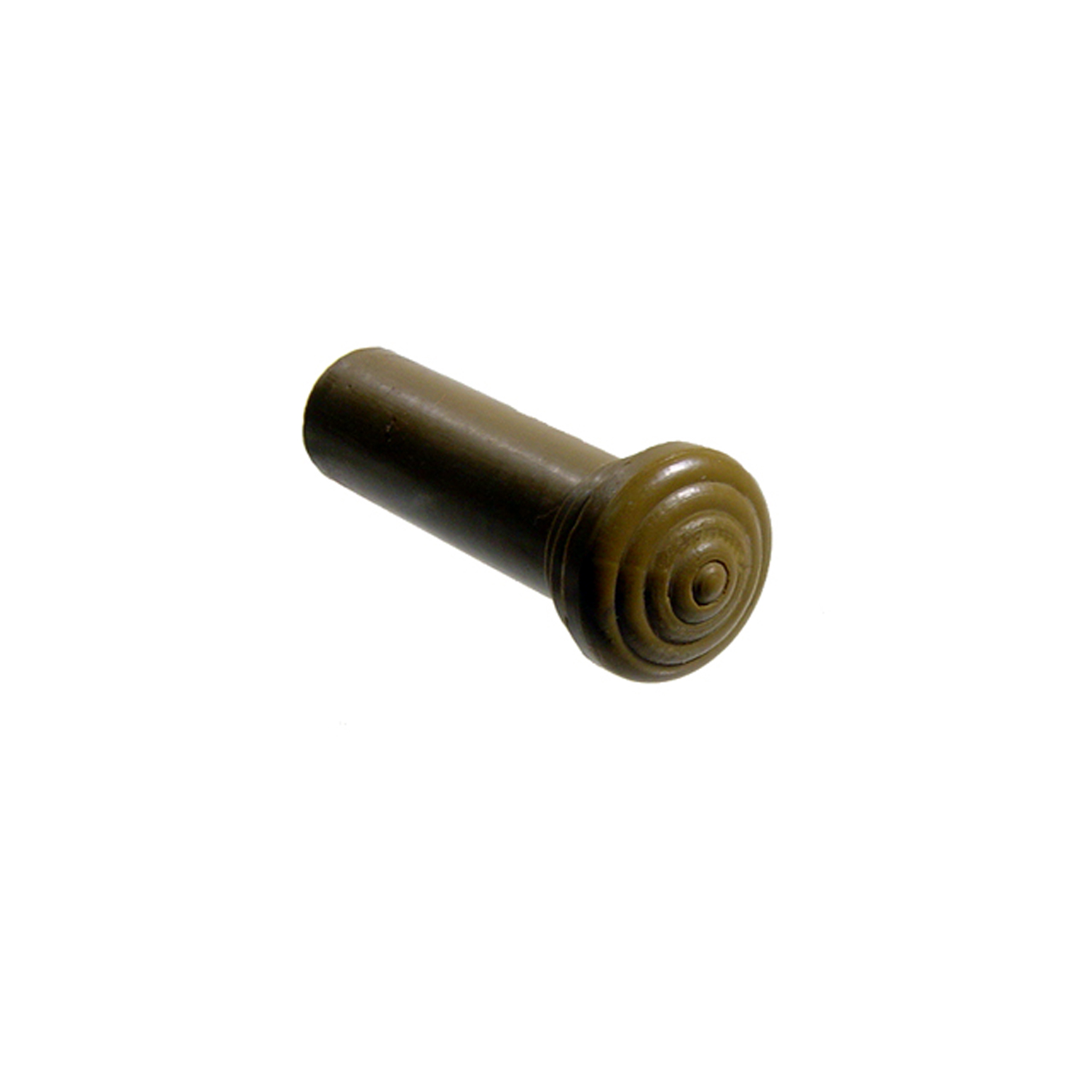 1946 Buick Super Series 50 Door Lock Knob. Made of Olive Green rubber, self-threading-RP 304-GDoor Lock Knob. Made of Olive Green rubber, self-threading. 1-3/8" tall with 1/8" lower I.D., 3/8" lower O.D. Each
1946 Buick Super Series 50 Door Lock Knob. Made of Olive Green rubber, self-threading-RP 304-GDoor Lock Knob. Made of Olive Green rubber, self-threading. 1-3/8" tall with 1/8" lower I.D., 3/8" lower O.D. Each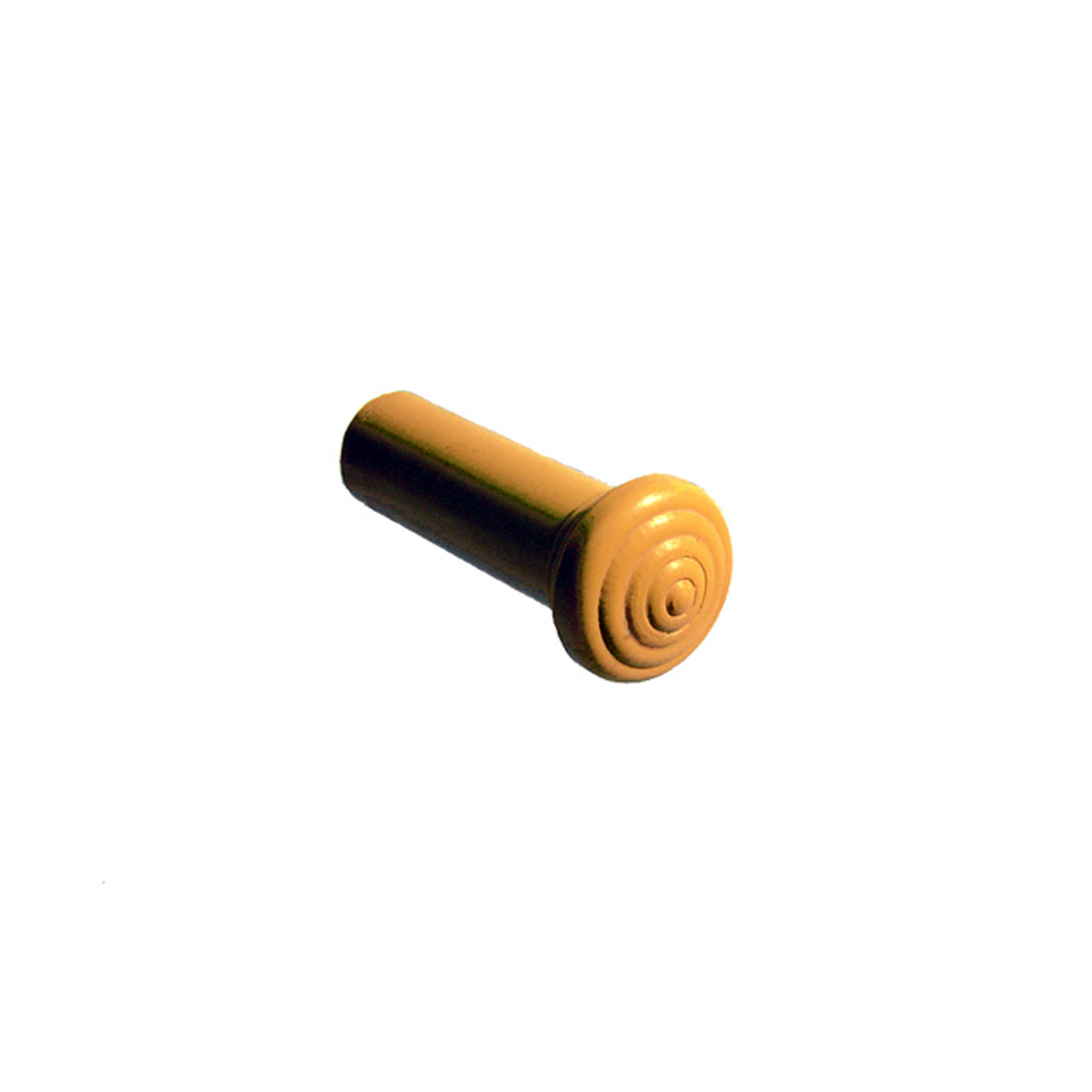 1946 Buick Super Series 50 Door Lock Knob. Made of Yellow rubber, self-threading-RP 304-HDoor Lock Knob. Made of Yellow rubber, self-threading. 1-3/8" tall with 1/8" lower I.D., 3/8" lower O.D. Each
1946 Buick Super Series 50 Door Lock Knob. Made of Yellow rubber, self-threading-RP 304-HDoor Lock Knob. Made of Yellow rubber, self-threading. 1-3/8" tall with 1/8" lower I.D., 3/8" lower O.D. Each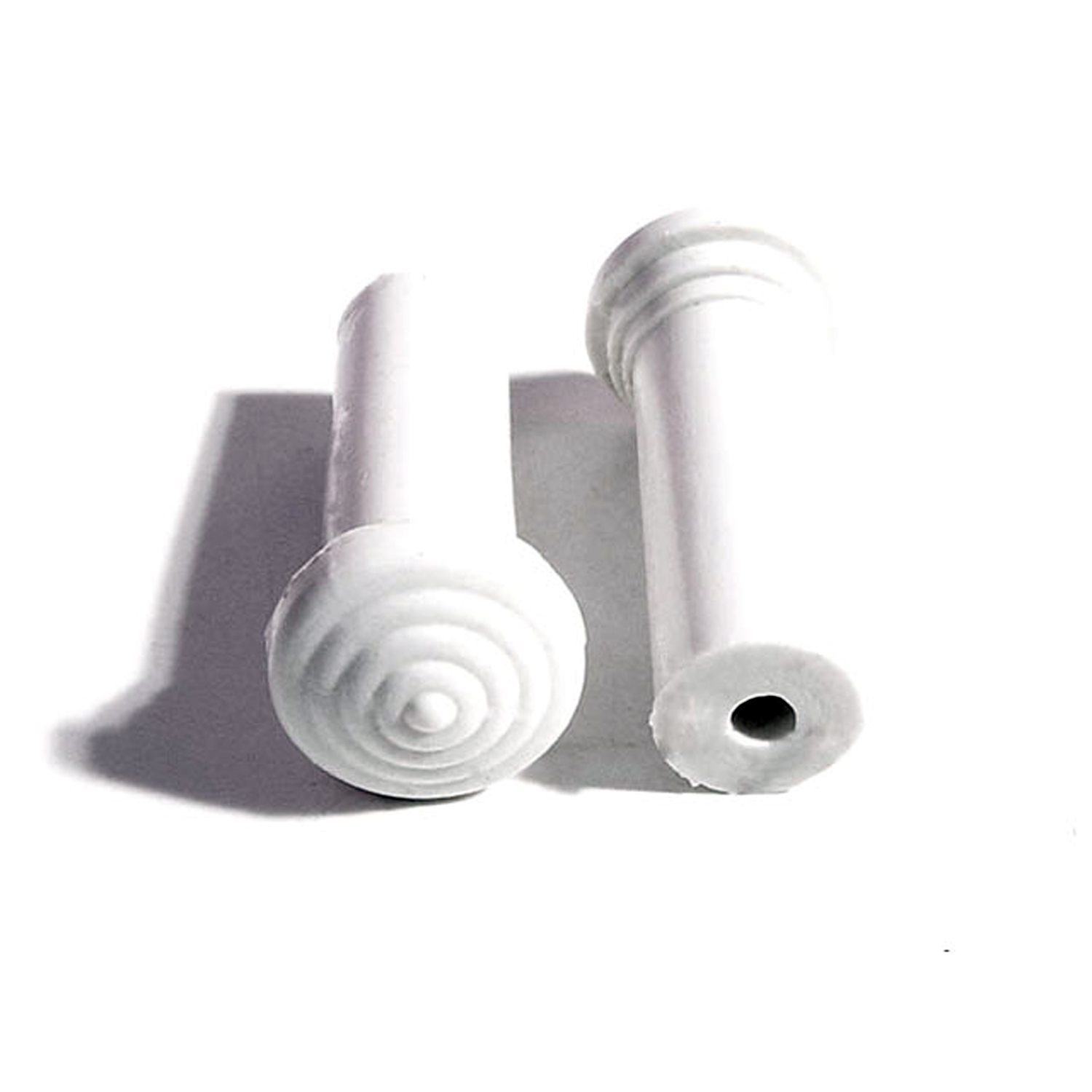 1946 Buick Super Series 50 Door Lock Knob. Made of White rubber, self-threading-RP 304-IDoor Lock Knob. Made of White rubber, self-threading. 1-3/8" tall with 1/8" lower I.D., 3/8" lower O.D. Each
1946 Buick Super Series 50 Door Lock Knob. Made of White rubber, self-threading-RP 304-IDoor Lock Knob. Made of White rubber, self-threading. 1-3/8" tall with 1/8" lower I.D., 3/8" lower O.D. Each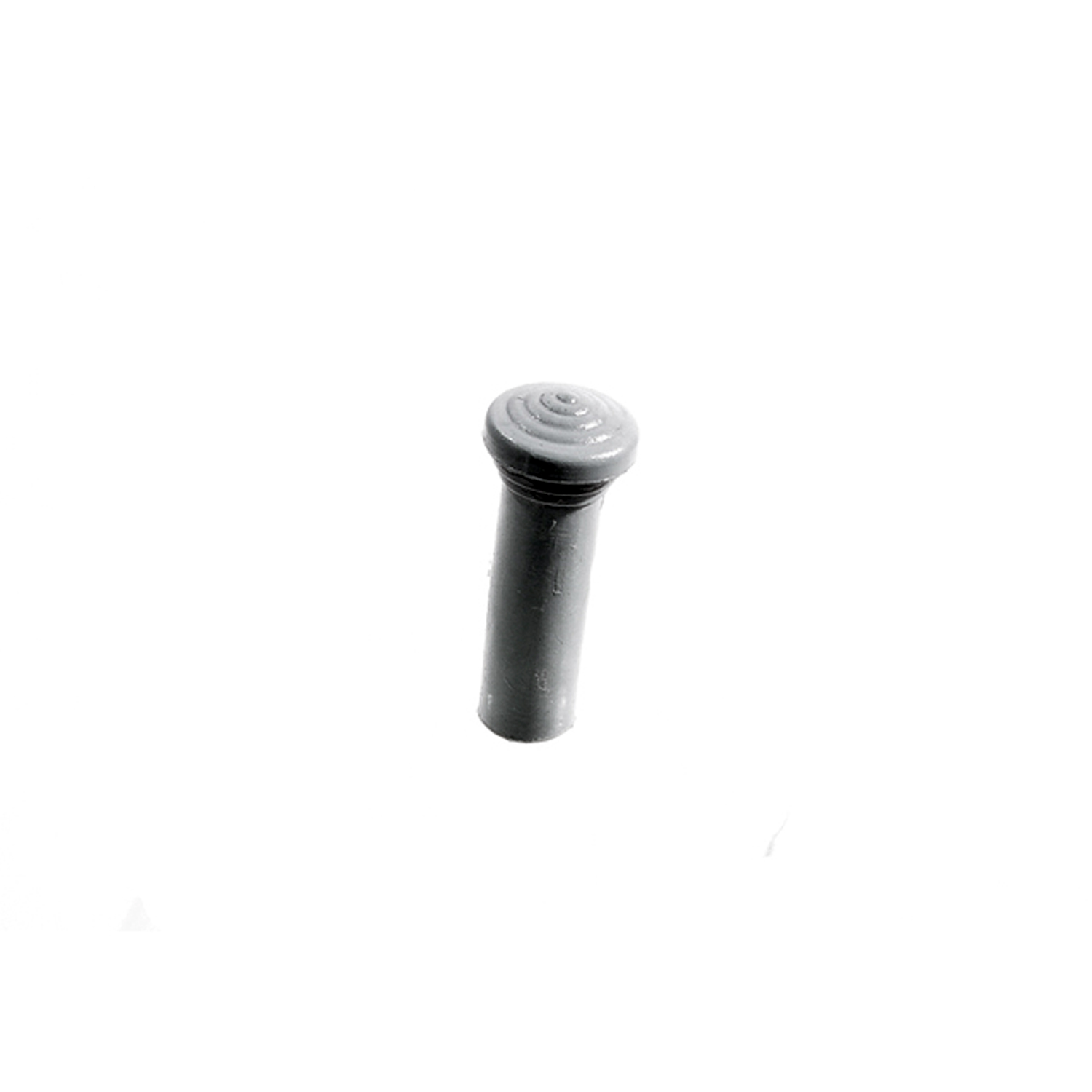 1946 Buick Super Series 50 Door Lock Knob. Made of Silver rubber, self-threading-RP 304-JDoor Lock Knob. Made of Silver rubber, self-threading. 1-3/8" tall with 1/8" lower I.D., 3/8" lower O.D. Each
1946 Buick Super Series 50 Door Lock Knob. Made of Silver rubber, self-threading-RP 304-JDoor Lock Knob. Made of Silver rubber, self-threading. 1-3/8" tall with 1/8" lower I.D., 3/8" lower O.D. Each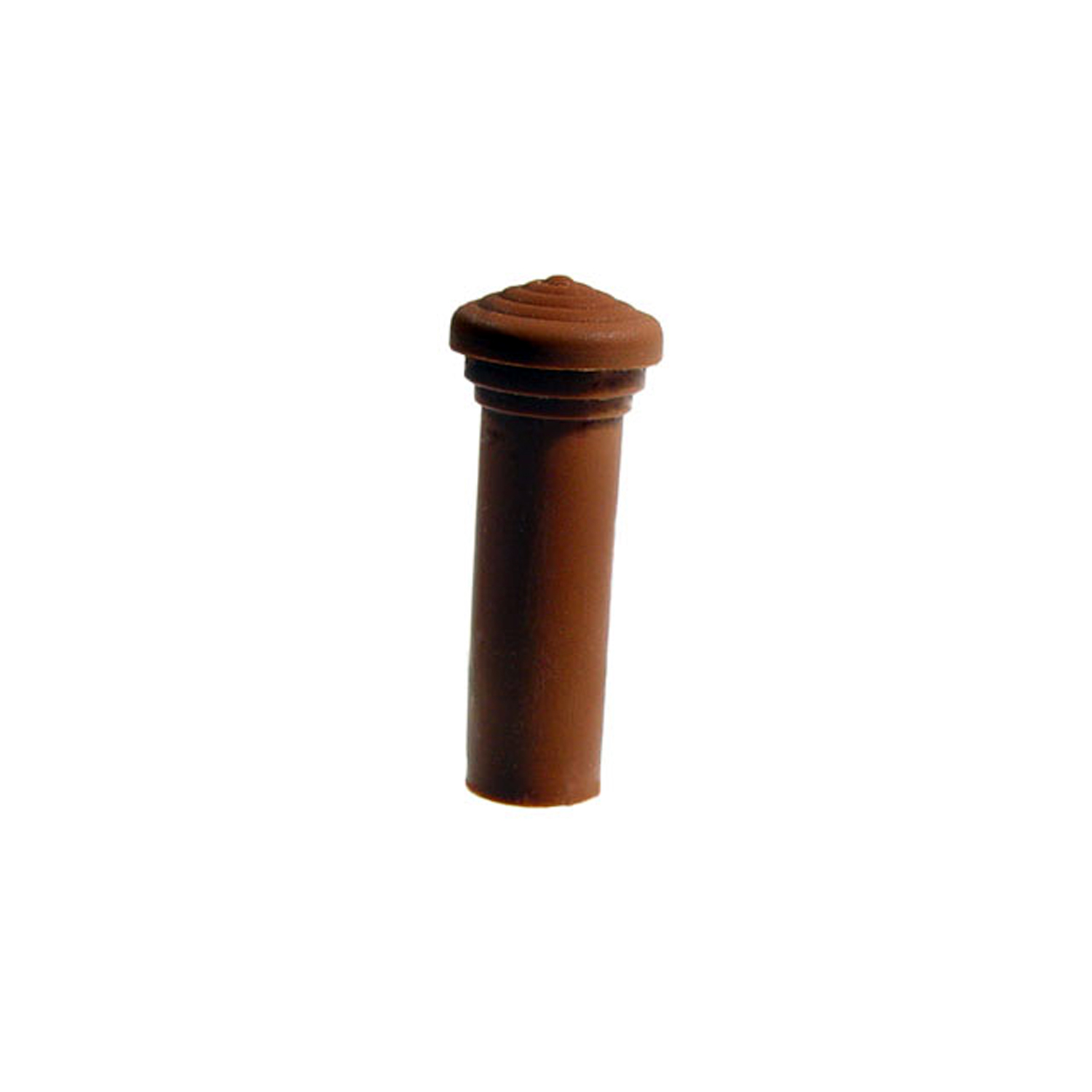 1946 Buick Super Series 50 Door Lock Knob. Made of Medium Brown rubber, self-threading-RP 304-KDoor Lock Knob. Made of Medium Brown rubber, self-threading. 1-3/8" tall with 1/8" lower I.D., 3/8" lower O.D. Each
1946 Buick Super Series 50 Door Lock Knob. Made of Medium Brown rubber, self-threading-RP 304-KDoor Lock Knob. Made of Medium Brown rubber, self-threading. 1-3/8" tall with 1/8" lower I.D., 3/8" lower O.D. Each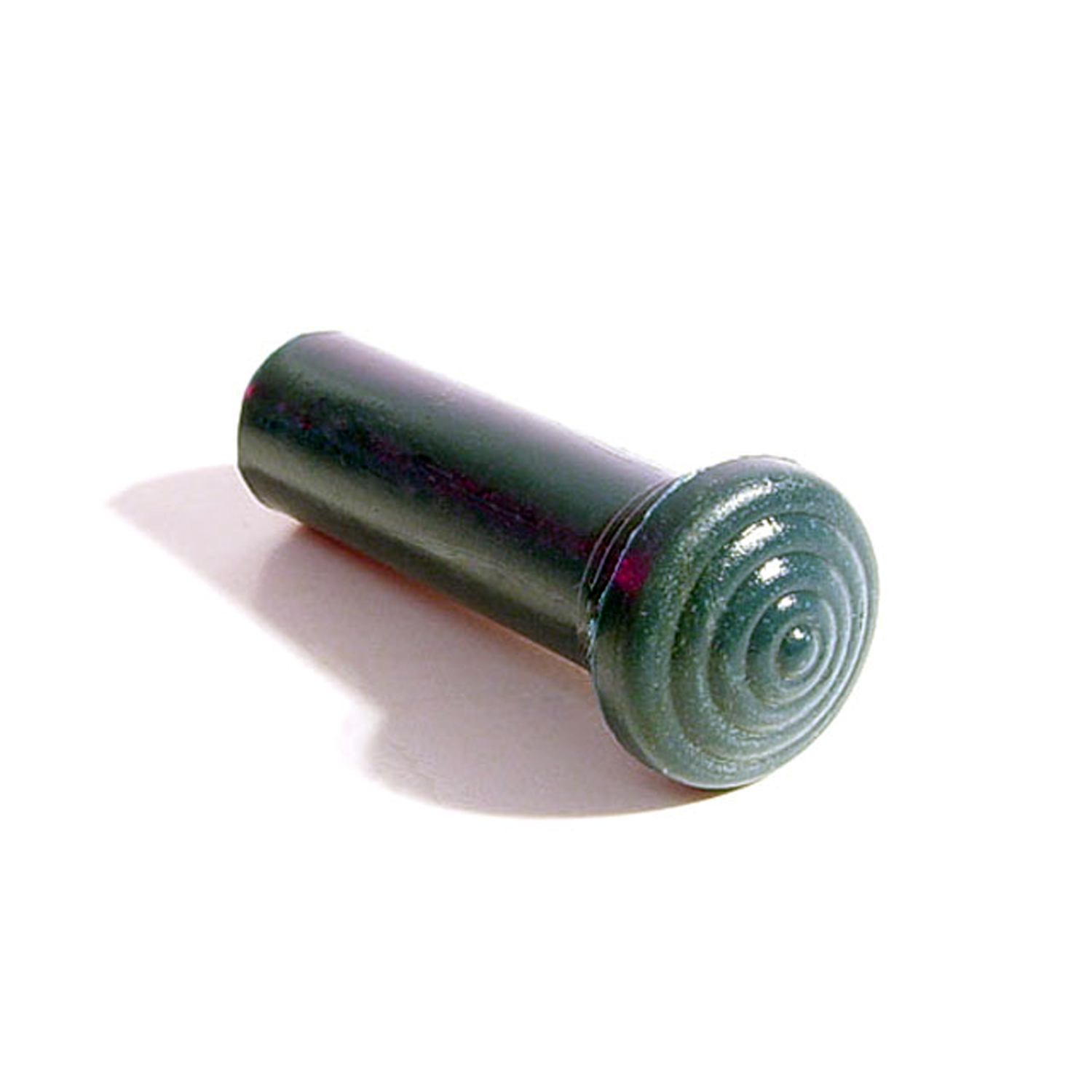 1946 Buick Super Series 50 Door Lock Knob. Made of Wedgwood rubber, self-threading-RP 304-LDoor Lock Knob. Made of Wedgwood rubber, self-threading. 1-3/8" tall with 1/8" lower I.D., 3/8" lower O.D. Each
1946 Buick Super Series 50 Door Lock Knob. Made of Wedgwood rubber, self-threading-RP 304-LDoor Lock Knob. Made of Wedgwood rubber, self-threading. 1-3/8" tall with 1/8" lower I.D., 3/8" lower O.D. Each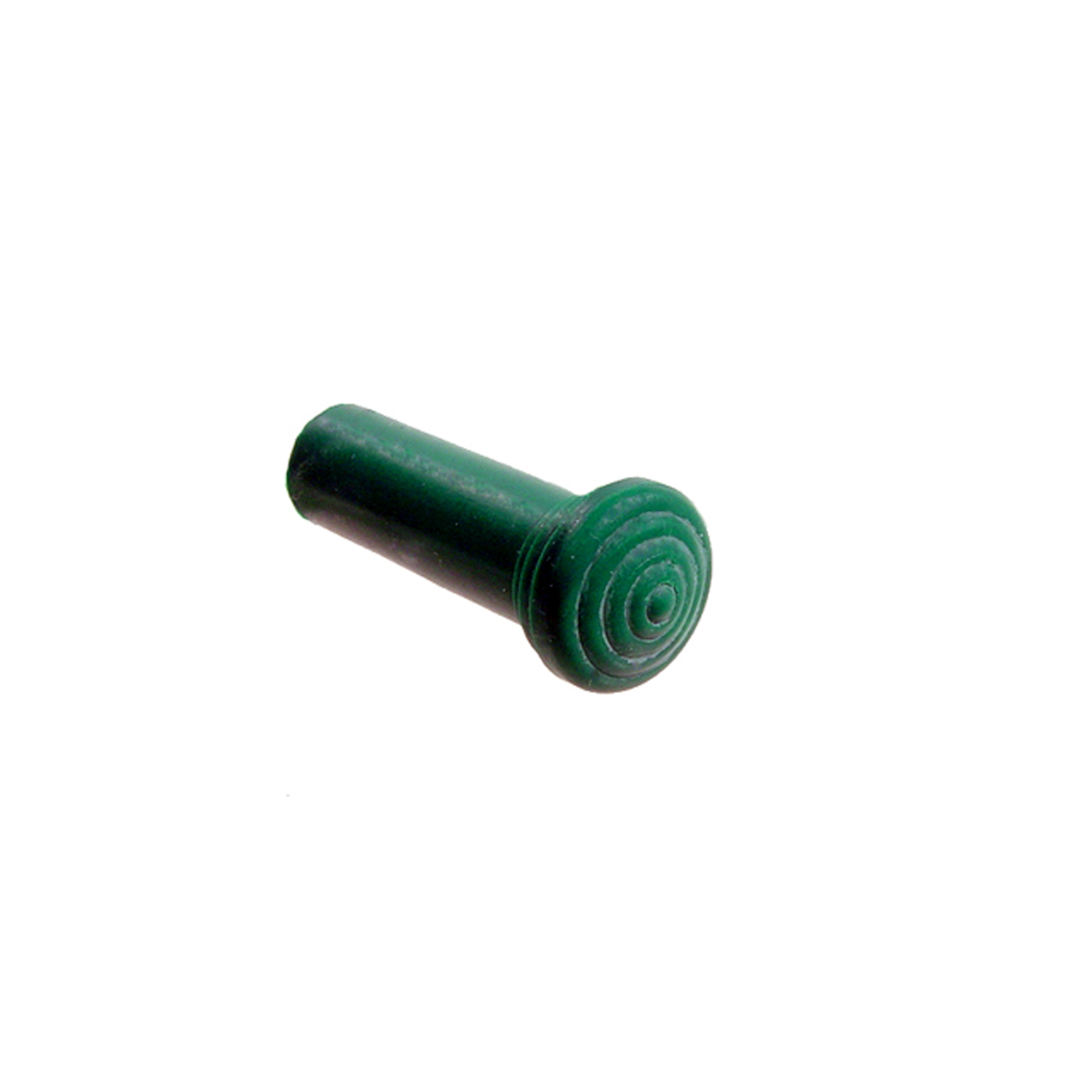 1946 Buick Super Series 50 Door Lock Knob. Made of Teal Green rubber, self-threading-RP 304-MDoor Lock Knob. Made of Teal Green rubber, self-threading. 1-3/8" tall with 1/8" lower I.D., 3/8" lower O.D. Each
1946 Buick Super Series 50 Door Lock Knob. Made of Teal Green rubber, self-threading-RP 304-MDoor Lock Knob. Made of Teal Green rubber, self-threading. 1-3/8" tall with 1/8" lower I.D., 3/8" lower O.D. Each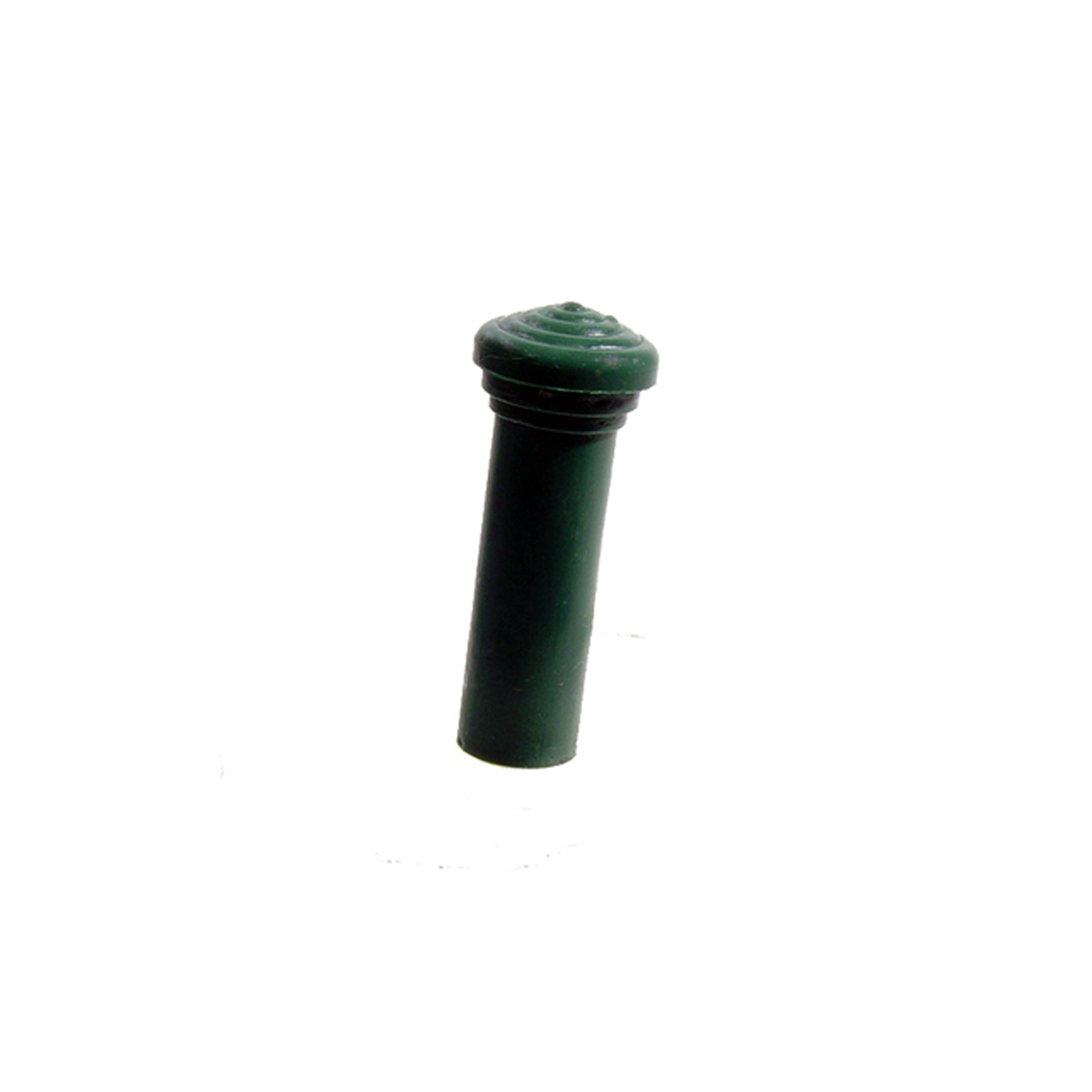 1946 Buick Super Series 50 Door Lock Knob. Made of Moss Green rubber, self-threading-RP 304-NDoor Lock Knob. Made of Moss Green rubber, self-threading. 1-3/8" tall with 1/8" lower I.D., 3/8" lower O.D. Each
1946 Buick Super Series 50 Door Lock Knob. Made of Moss Green rubber, self-threading-RP 304-NDoor Lock Knob. Made of Moss Green rubber, self-threading. 1-3/8" tall with 1/8" lower I.D., 3/8" lower O.D. Each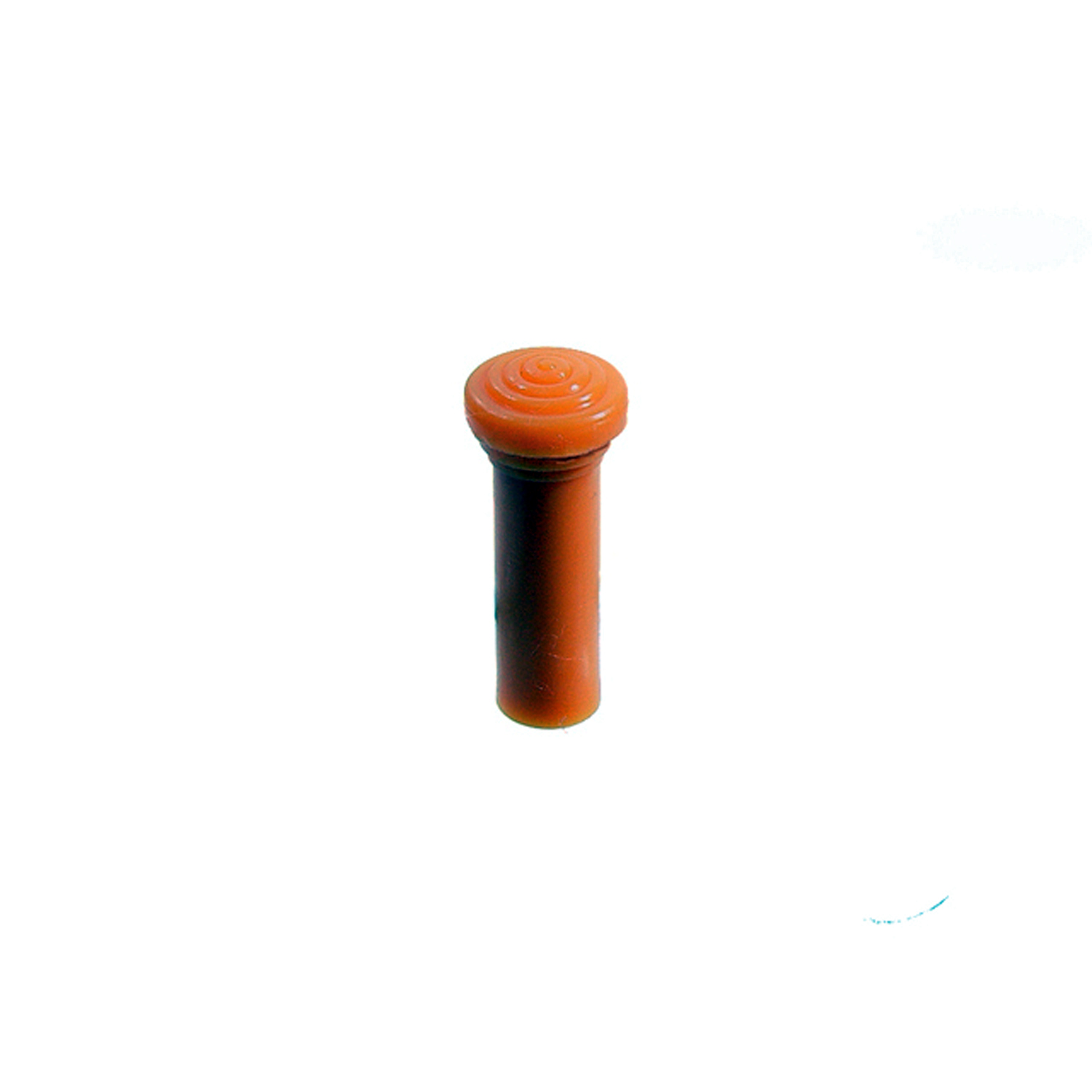 1946 Buick Super Series 50 Door Lock Knob. Made of Ember glow rubber, self-threading-RP 304-ODoor Lock Knob. Made of Ember glow rubber, self-threading. 1-3/8" tall with 1/8" lower I.D., 3/8" lower O.D. Each
1946 Buick Super Series 50 Door Lock Knob. Made of Ember glow rubber, self-threading-RP 304-ODoor Lock Knob. Made of Ember glow rubber, self-threading. 1-3/8" tall with 1/8" lower I.D., 3/8" lower O.D. Each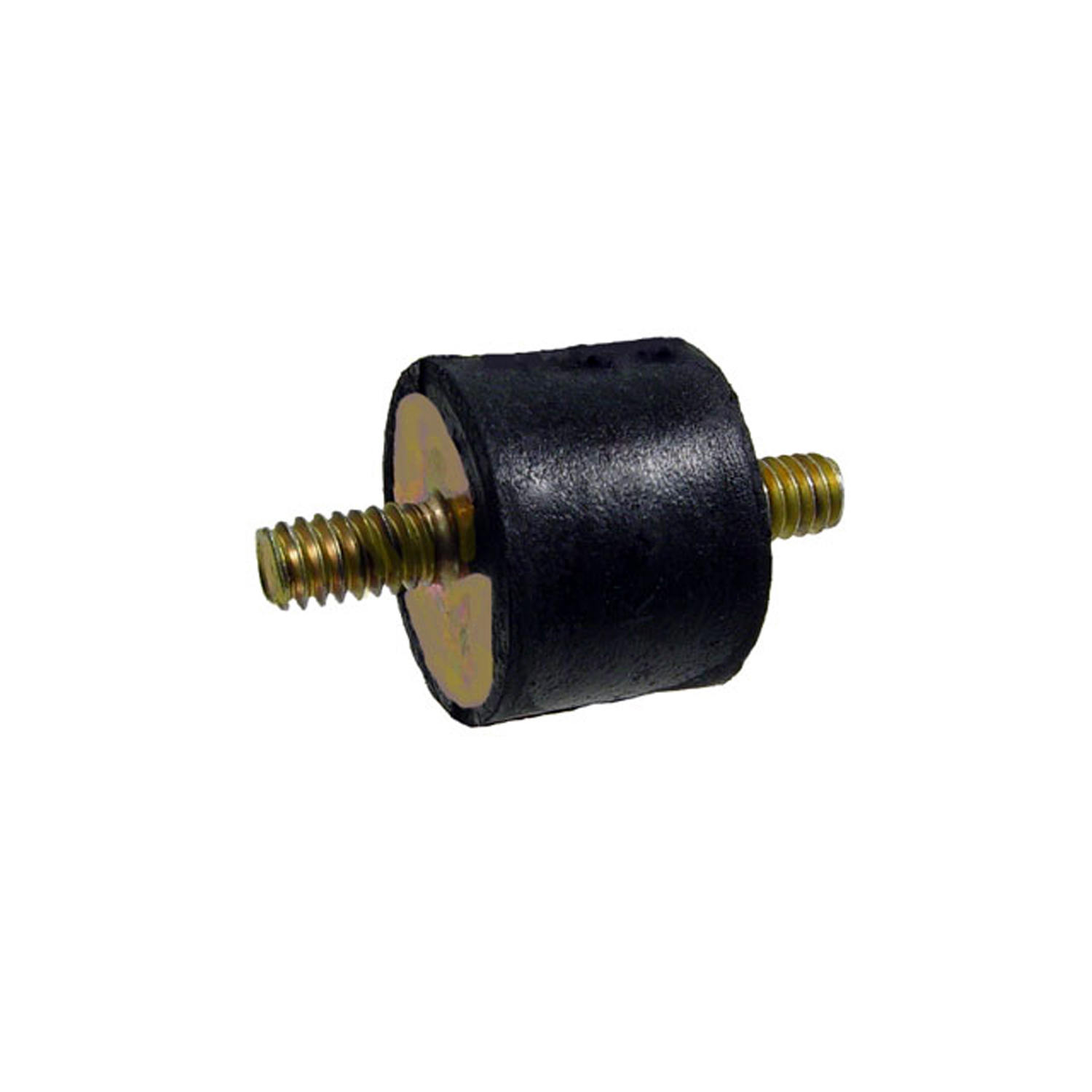 1946 Buick Super Series 50 Hydro-Electric Power Unit Mounting Cushion-RP 700Hydro-Electric Power Unit Mounting Cushion. Two to three used per car. 1" O.D. X 3/4" high rubber with 1/4 x 20 x 3/4" Studs. Replaces OEM #4149788. Each
1946 Buick Super Series 50 Hydro-Electric Power Unit Mounting Cushion-RP 700Hydro-Electric Power Unit Mounting Cushion. Two to three used per car. 1" O.D. X 3/4" high rubber with 1/4 x 20 x 3/4" Studs. Replaces OEM #4149788. Each 1946 Buick Super Series 50 Folding Top Weatherstrips-RR 1600Folding Top Weatherstrips. Includes right & left sides plus windshield posts. 8-Piece Set
1946 Buick Super Series 50 Folding Top Weatherstrips-RR 1600Folding Top Weatherstrips. Includes right & left sides plus windshield posts. 8-Piece Set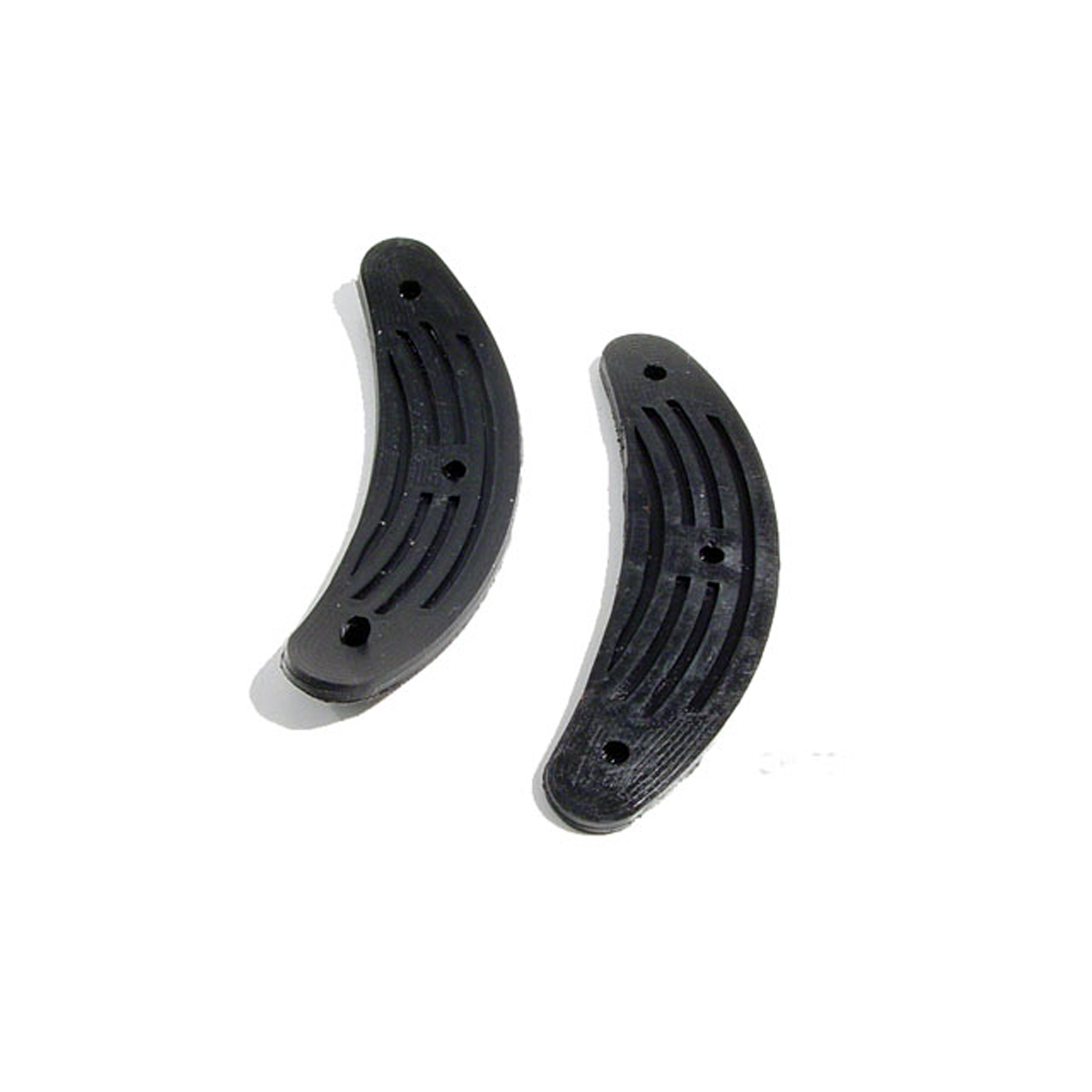 1946 Buick Super Series 50 Seat Bumper. Black. 3-5/16" long X 13/16" wide. Pair-SB 200Seat Bumper. Black. 3-5/16" long X 13/16" wide. Pair
1946 Buick Super Series 50 Seat Bumper. Black. 3-5/16" long X 13/16" wide. Pair-SB 200Seat Bumper. Black. 3-5/16" long X 13/16" wide. Pair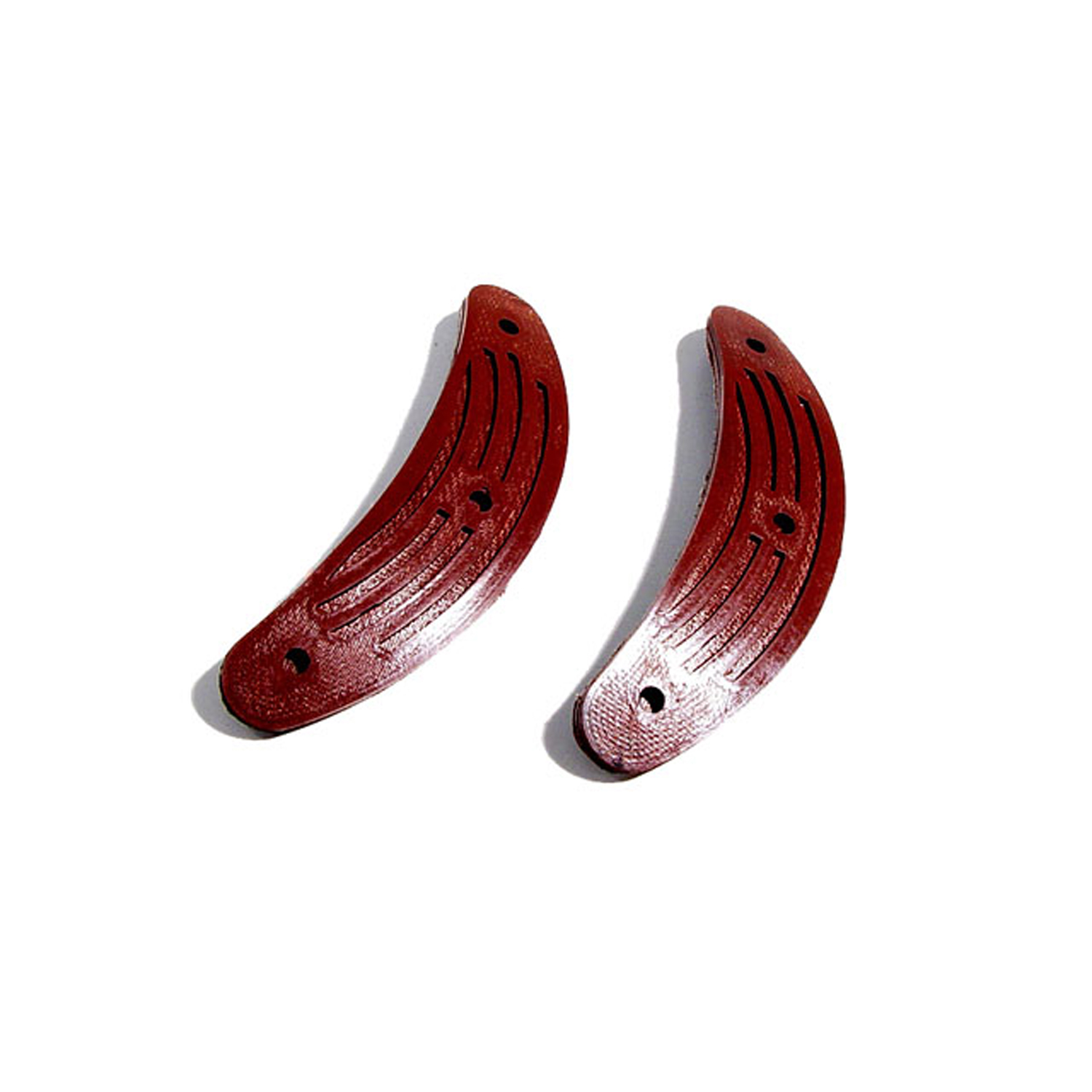 1946 Buick Super Series 50 Seat Bumper. Brown. 35/16" long X 13/16" wide. Pair-SB 200-ASeat Bumper. Brown. 35/16" long X 13/16" wide. Pair
1946 Buick Super Series 50 Seat Bumper. Brown. 35/16" long X 13/16" wide. Pair-SB 200-ASeat Bumper. Brown. 35/16" long X 13/16" wide. Pair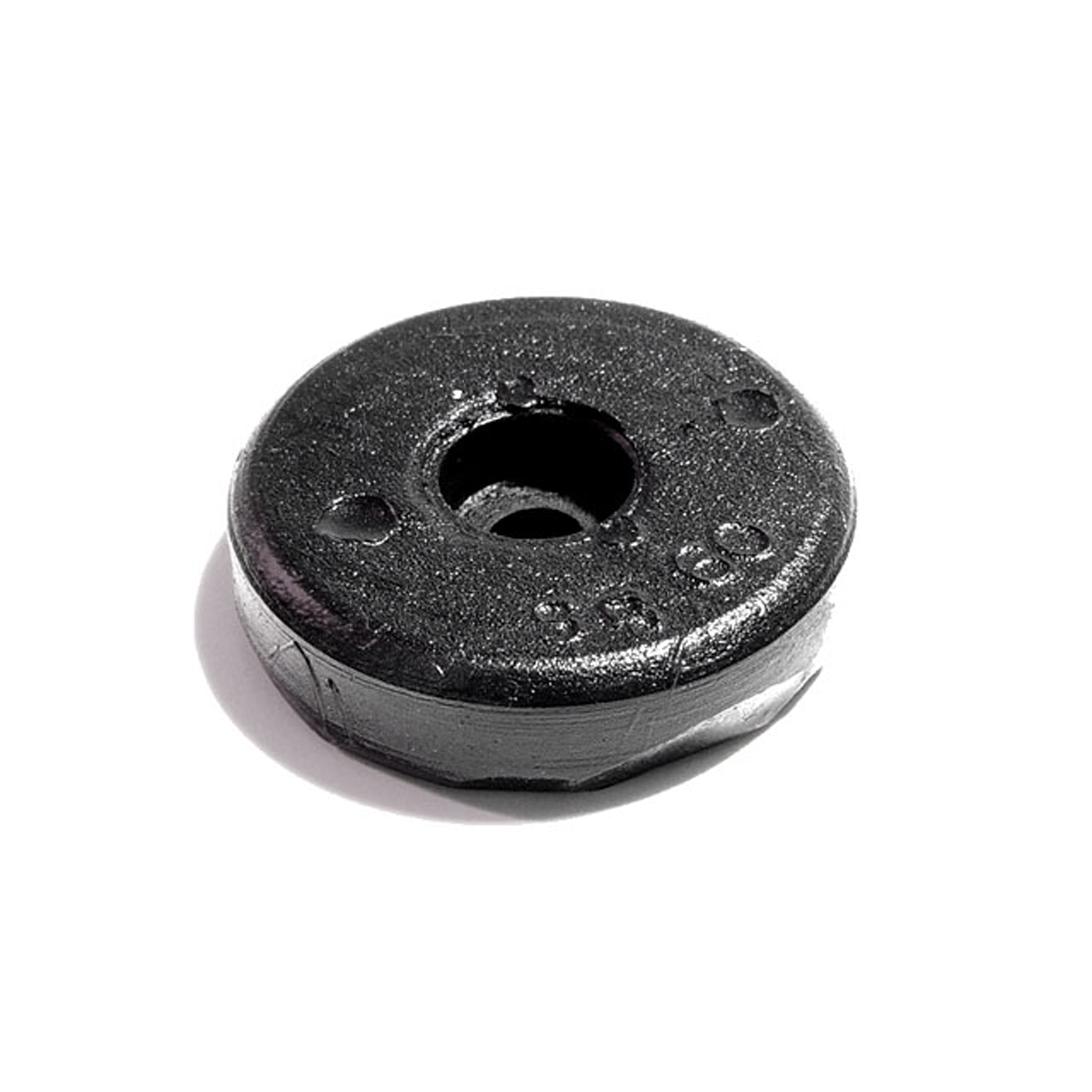 1946 Buick Super Series 50 Door Bumper. 1" diameter X 1/4" thick Each-SB 60Door Bumper. 1" diameter X 1/4" thick Each
1946 Buick Super Series 50 Door Bumper. 1" diameter X 1/4" thick Each-SB 60Door Bumper. 1" diameter X 1/4" thick Each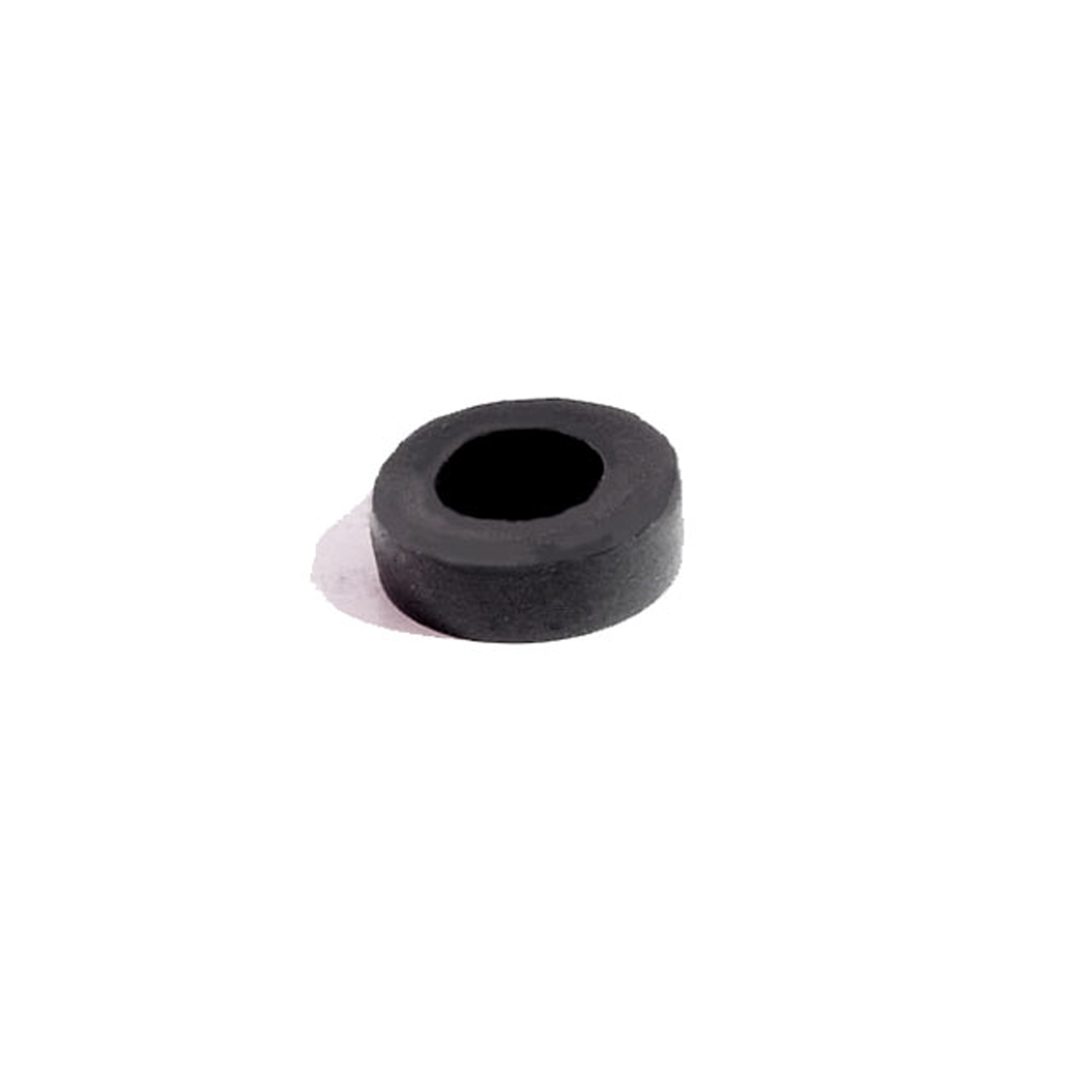 1946 Buick Super Series 50 Front Door Window Adjustment Bumper Cushion-SB 70Front Door Window Adjustment Bumper Cushion. For "T" bolt in door. Four to six used per car. 11/16" X 1/4". Each
1946 Buick Super Series 50 Front Door Window Adjustment Bumper Cushion-SB 70Front Door Window Adjustment Bumper Cushion. For "T" bolt in door. Four to six used per car. 11/16" X 1/4". Each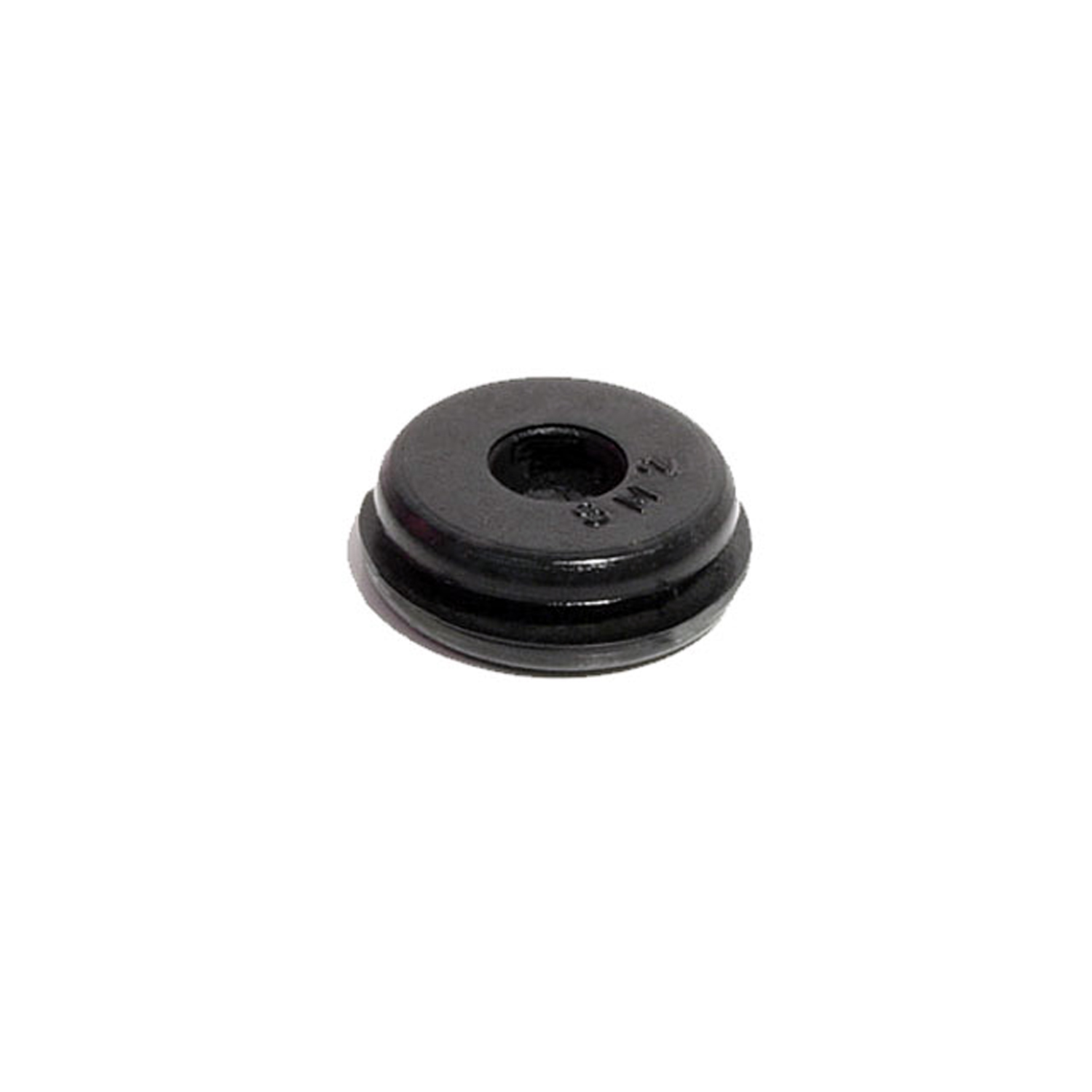 1946 Buick Super Series 50 Speedometer Cable / Utility Grommet-SM 2Speedometer Cable / Utility Grommet. Fits 3/4" to 13/16" hole. 3/16" center hole. Each
1946 Buick Super Series 50 Speedometer Cable / Utility Grommet-SM 2Speedometer Cable / Utility Grommet. Fits 3/4" to 13/16" hole. 3/16" center hole. Each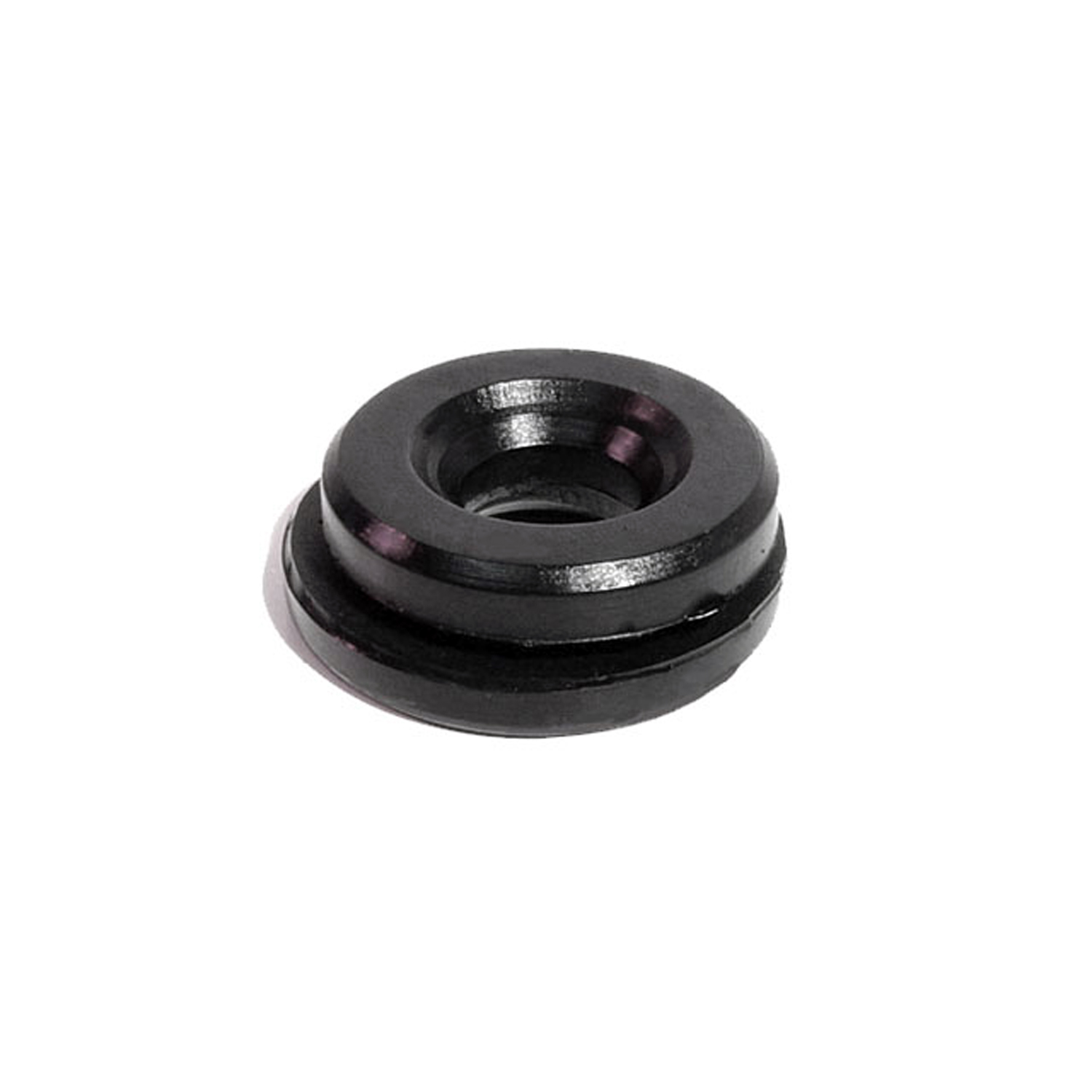 1946 Buick Super Series 50 Wire Harness Grommet. Each-SM 3Wire Harness Grommet. Each
1946 Buick Super Series 50 Wire Harness Grommet. Each-SM 3Wire Harness Grommet. Each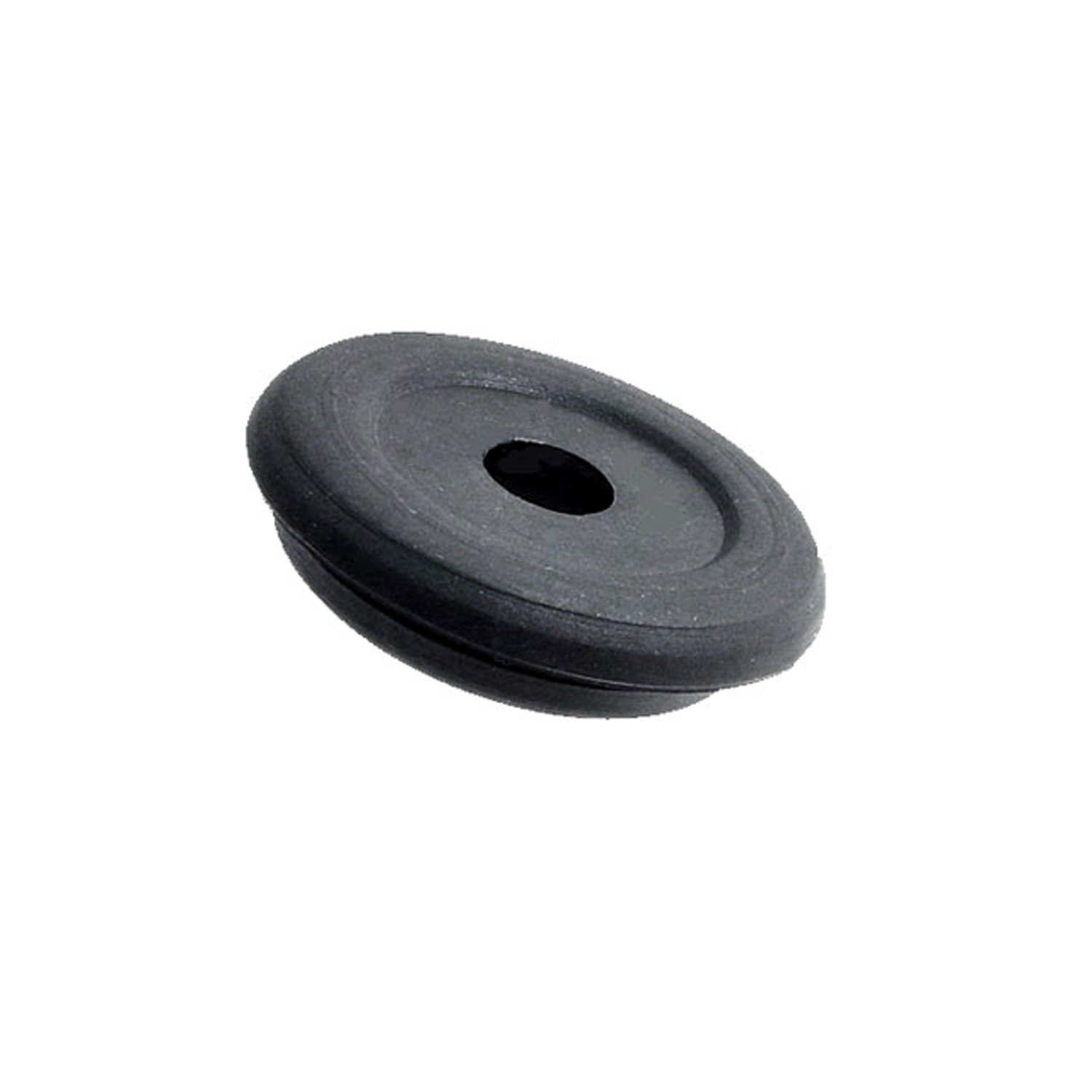 1946 Buick Super Series 50 Ignition cable grommet. 2 in. OD x 1/2 in. ID fits a 1.5 in-SM 33Ignition cable grommet. 2 in. OD x 1/2 in. ID fits a 1.5 in. hole. Each.
1946 Buick Super Series 50 Ignition cable grommet. 2 in. OD x 1/2 in. ID fits a 1.5 in-SM 33Ignition cable grommet. 2 in. OD x 1/2 in. ID fits a 1.5 in. hole. Each.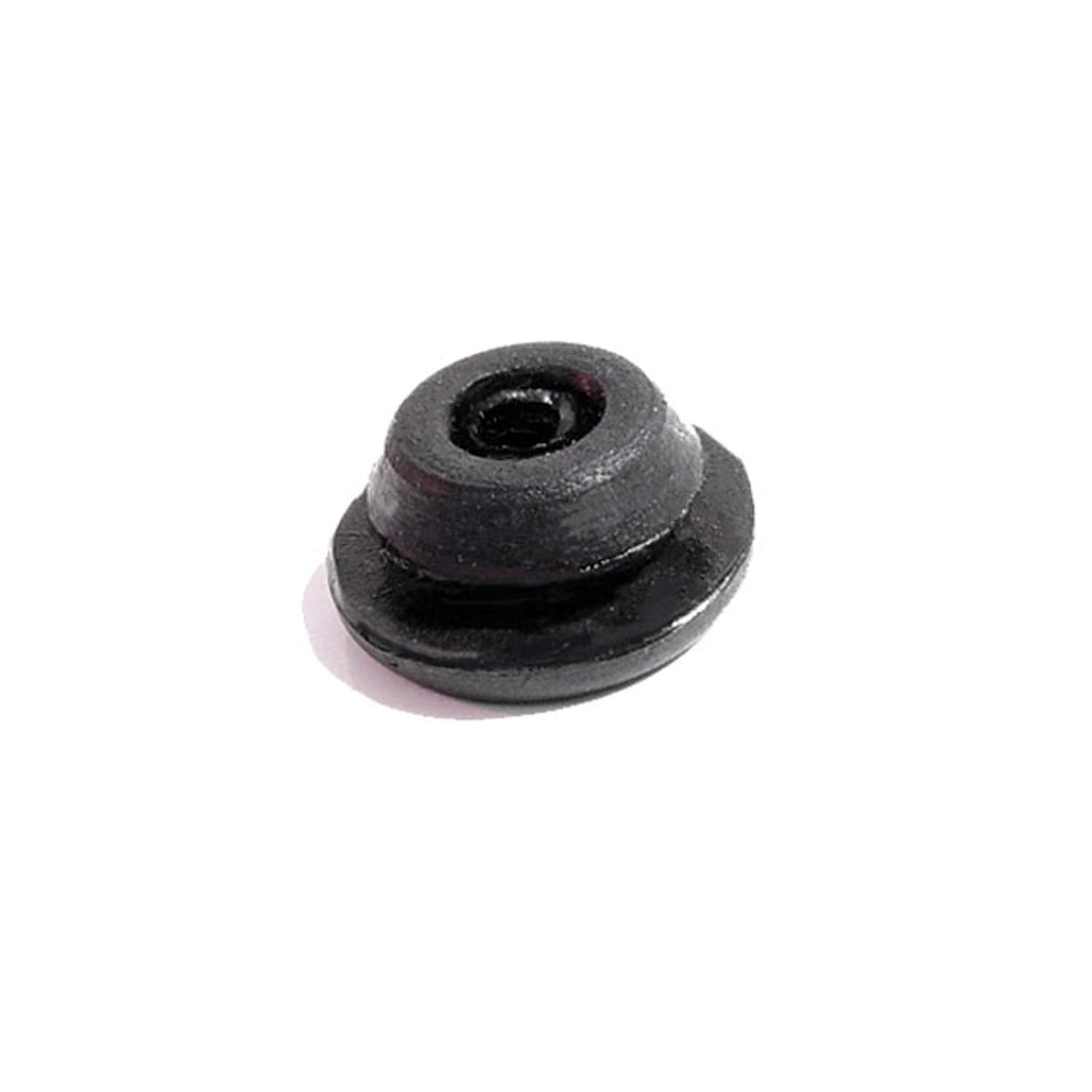 1946 Buick Super Series 50 Special Purpose Grommet-SM 4Special Purpose Grommet. For firewall, fuel gauge wire, horn wire, hood latch cable and fresh air cable. Fits 1/2" hole. 1/8" center hole. Each
1946 Buick Super Series 50 Special Purpose Grommet-SM 4Special Purpose Grommet. For firewall, fuel gauge wire, horn wire, hood latch cable and fresh air cable. Fits 1/2" hole. 1/8" center hole. Each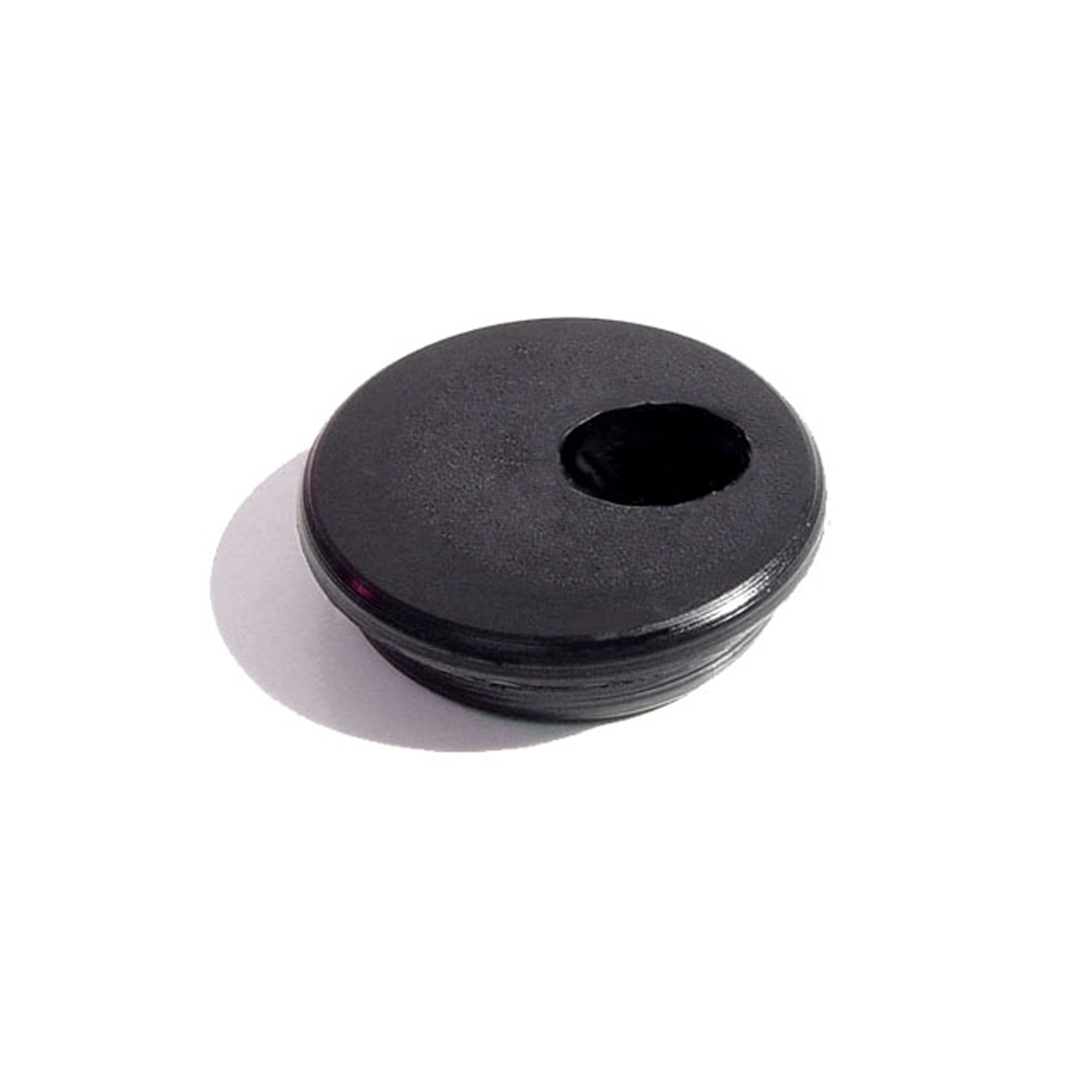 1946 Buick Super Series 50 Firewall Grommet. For park brake cable. Angled hole. Fit's 1" hole-SM 40Firewall Grommet. For park brake cable. Angled hole. Fit's 1" Hole. Each
1946 Buick Super Series 50 Firewall Grommet. For park brake cable. Angled hole. Fit's 1" hole-SM 40Firewall Grommet. For park brake cable. Angled hole. Fit's 1" Hole. Each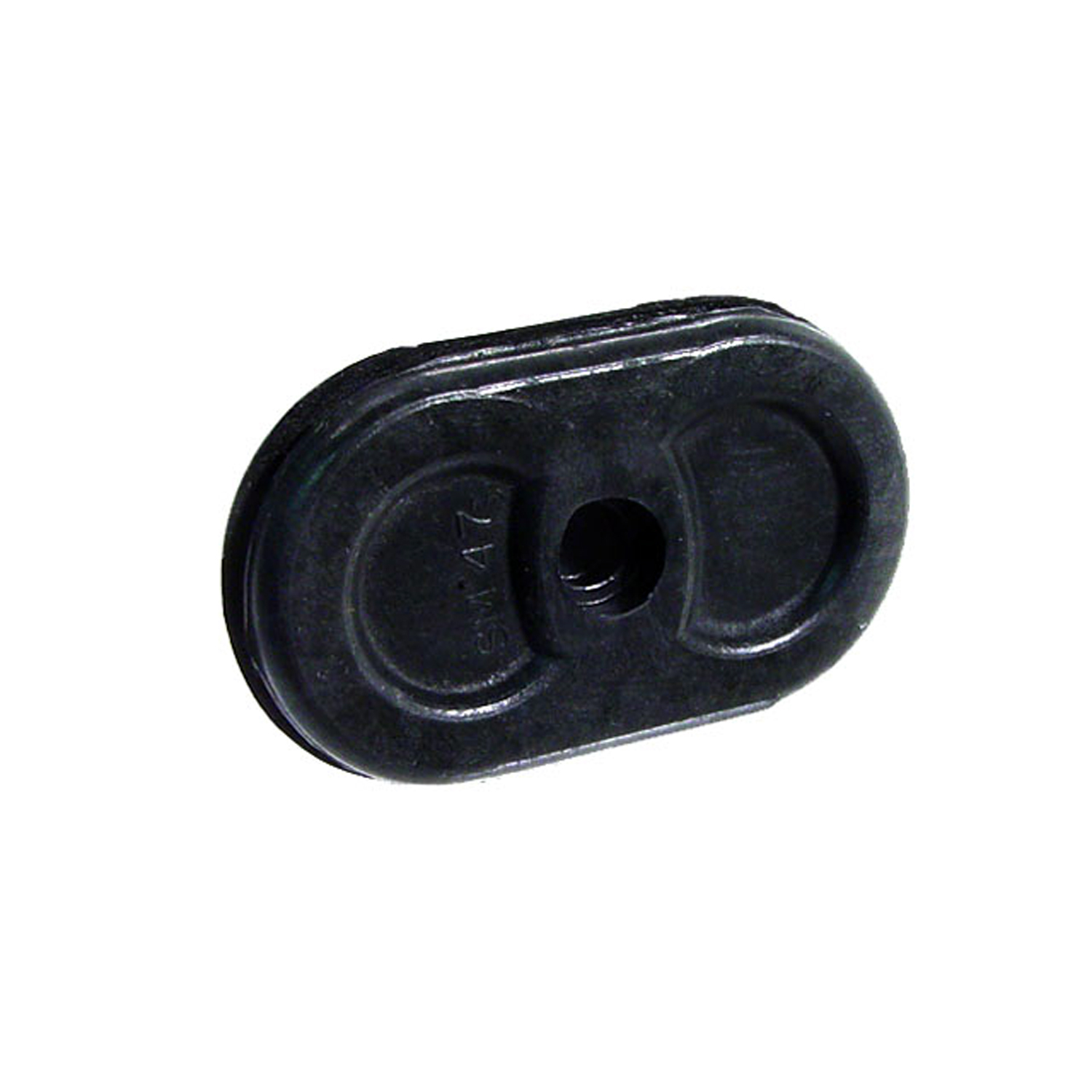 1946 Buick Super Series 50 Speedometer Cable Firewall Grommet. Fits 1-7/8" long hole-SM 47Speedometer Cable Firewall Grommet. Fits 1-7/8" long hole. NOTE: Not used when car was factory equipped with windshield washers. (Fits some models) Each
1946 Buick Super Series 50 Speedometer Cable Firewall Grommet. Fits 1-7/8" long hole-SM 47Speedometer Cable Firewall Grommet. Fits 1-7/8" long hole. NOTE: Not used when car was factory equipped with windshield washers. (Fits some models) Each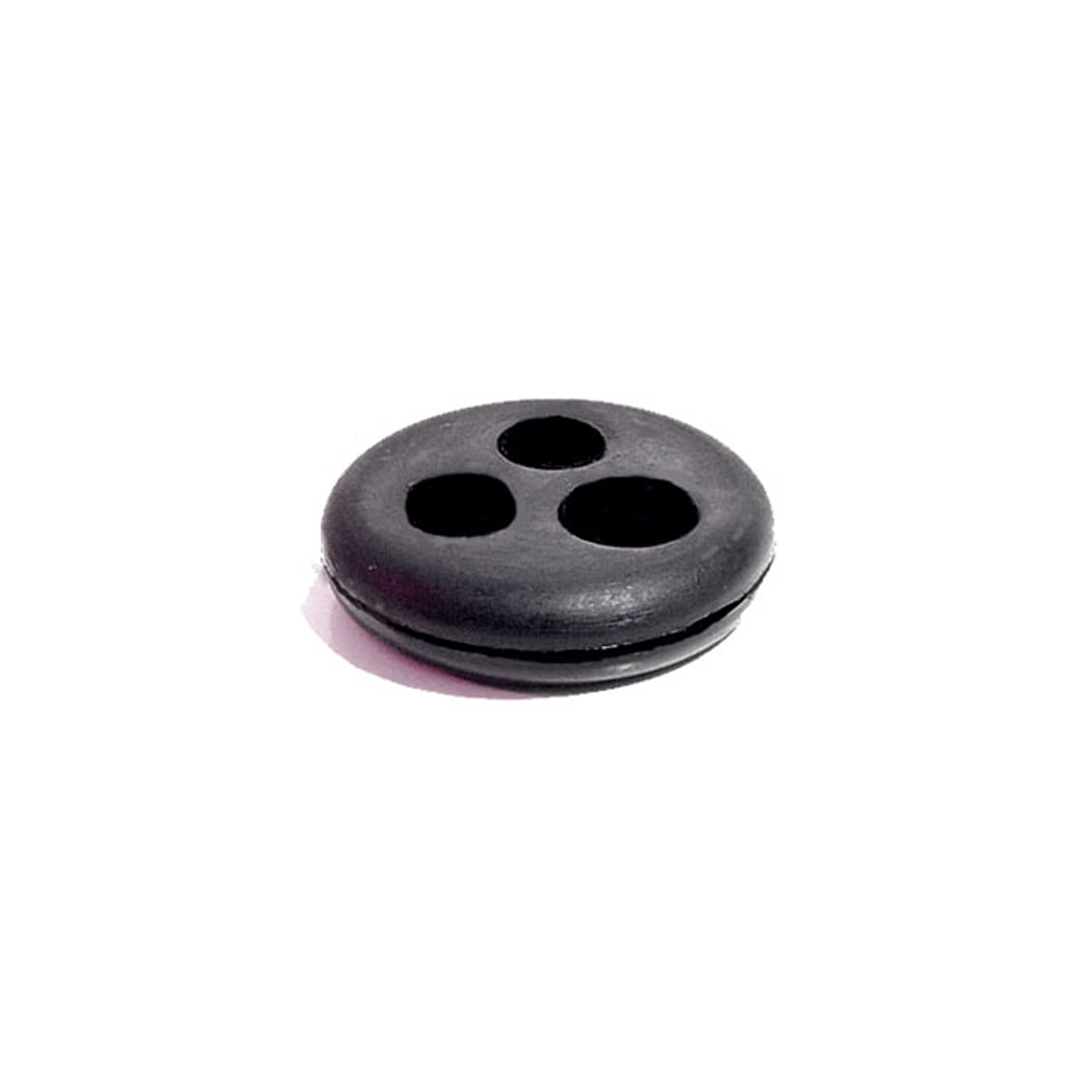 1946 Buick Super Series 50 Windshield Wiper Grommet. Fits 1" hole. Each-SM 56Windshield Wiper Grommet. Fits 1" hole. Each
1946 Buick Super Series 50 Windshield Wiper Grommet. Fits 1" hole. Each-SM 56Windshield Wiper Grommet. Fits 1" hole. Each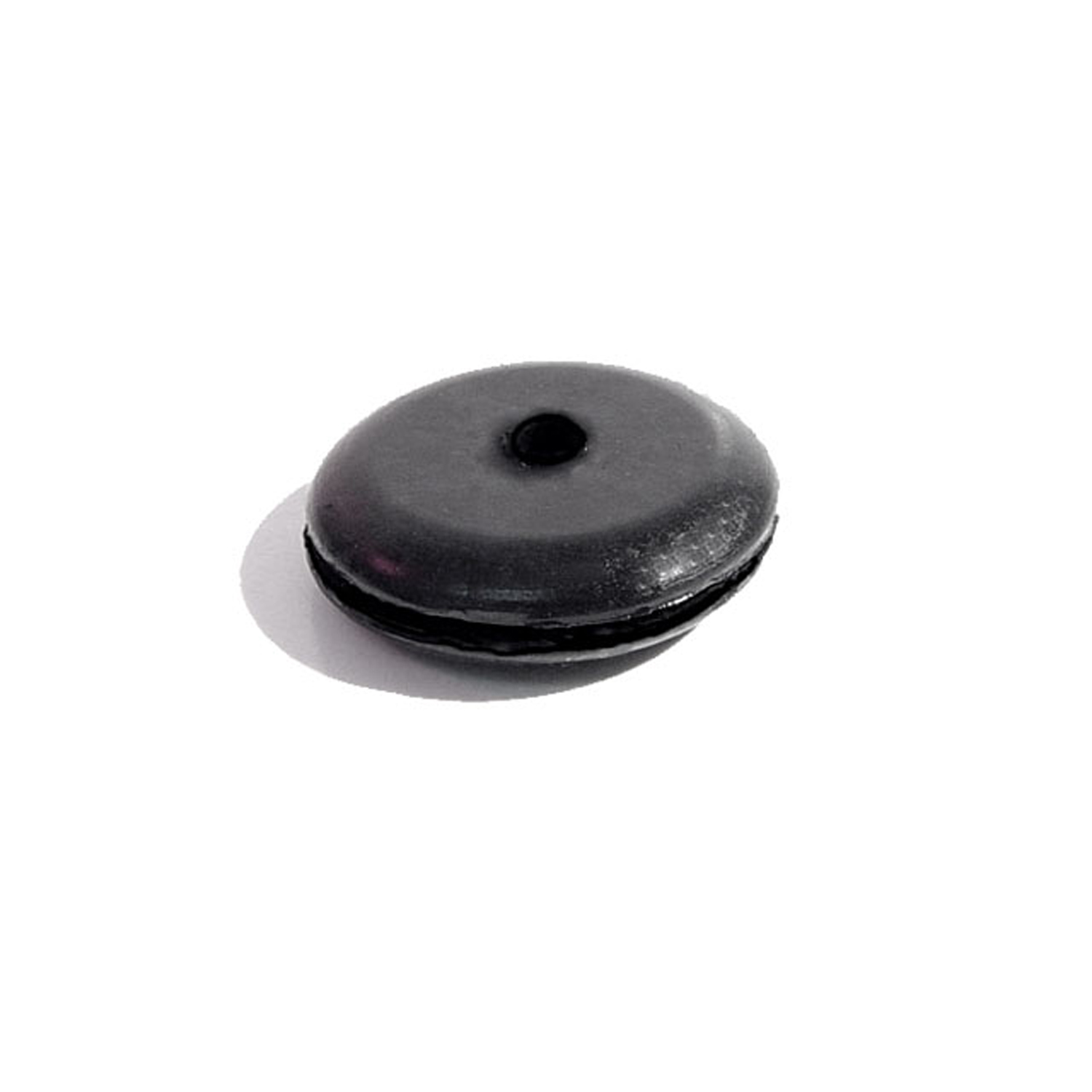 1946 Buick Super Series 50 Choke Cable Grommet. Fits 5/8" hole. 1/8" center hole-SM 62Choke Cable Grommet. Fits 5/8" hole. 1/8" center hole. Each
1946 Buick Super Series 50 Choke Cable Grommet. Fits 5/8" hole. 1/8" center hole-SM 62Choke Cable Grommet. Fits 5/8" hole. 1/8" center hole. Each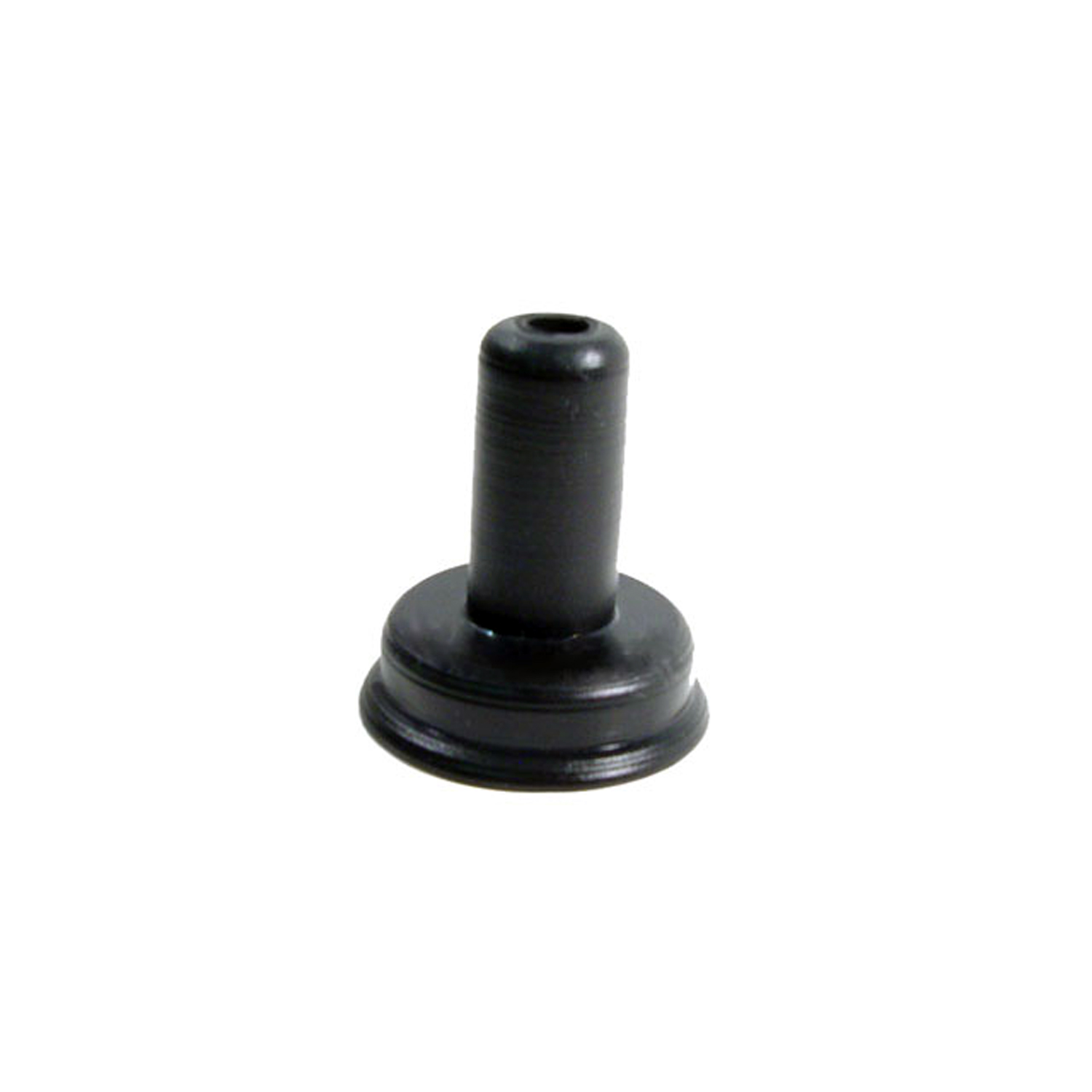 1946 Buick Super Series 50 Radio Fuse Boot and Wire Harness. For original radio only-SM 65-ARadio Fuse Boot and Wire Harness. For original radio only. Each
1946 Buick Super Series 50 Radio Fuse Boot and Wire Harness. For original radio only-SM 65-ARadio Fuse Boot and Wire Harness. For original radio only. Each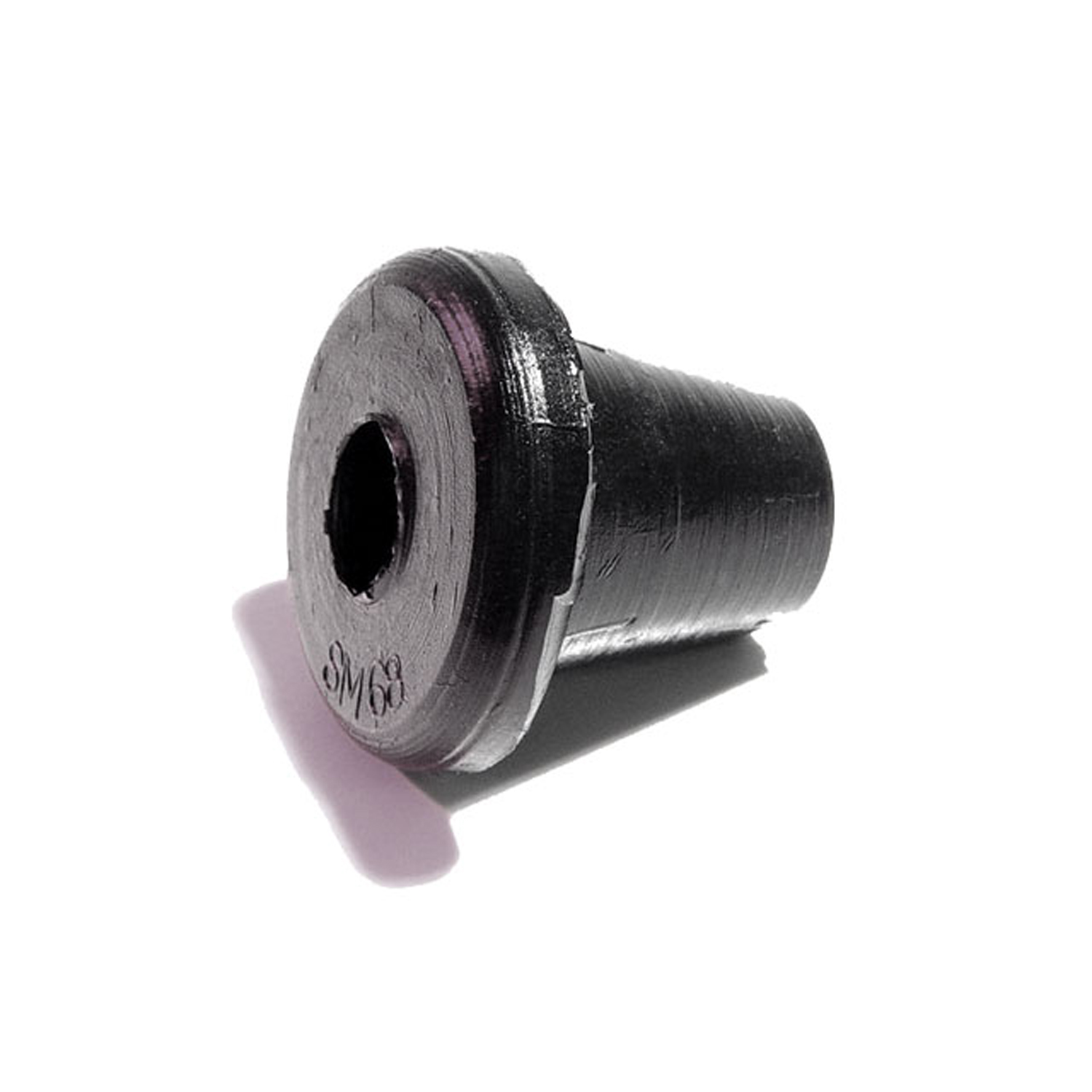 1946 Buick Super Series 50 Special Purpose Grommet-SM 68Special Purpose Grommet. For headlight wire loom through body. Each
1946 Buick Super Series 50 Special Purpose Grommet-SM 68Special Purpose Grommet. For headlight wire loom through body. Each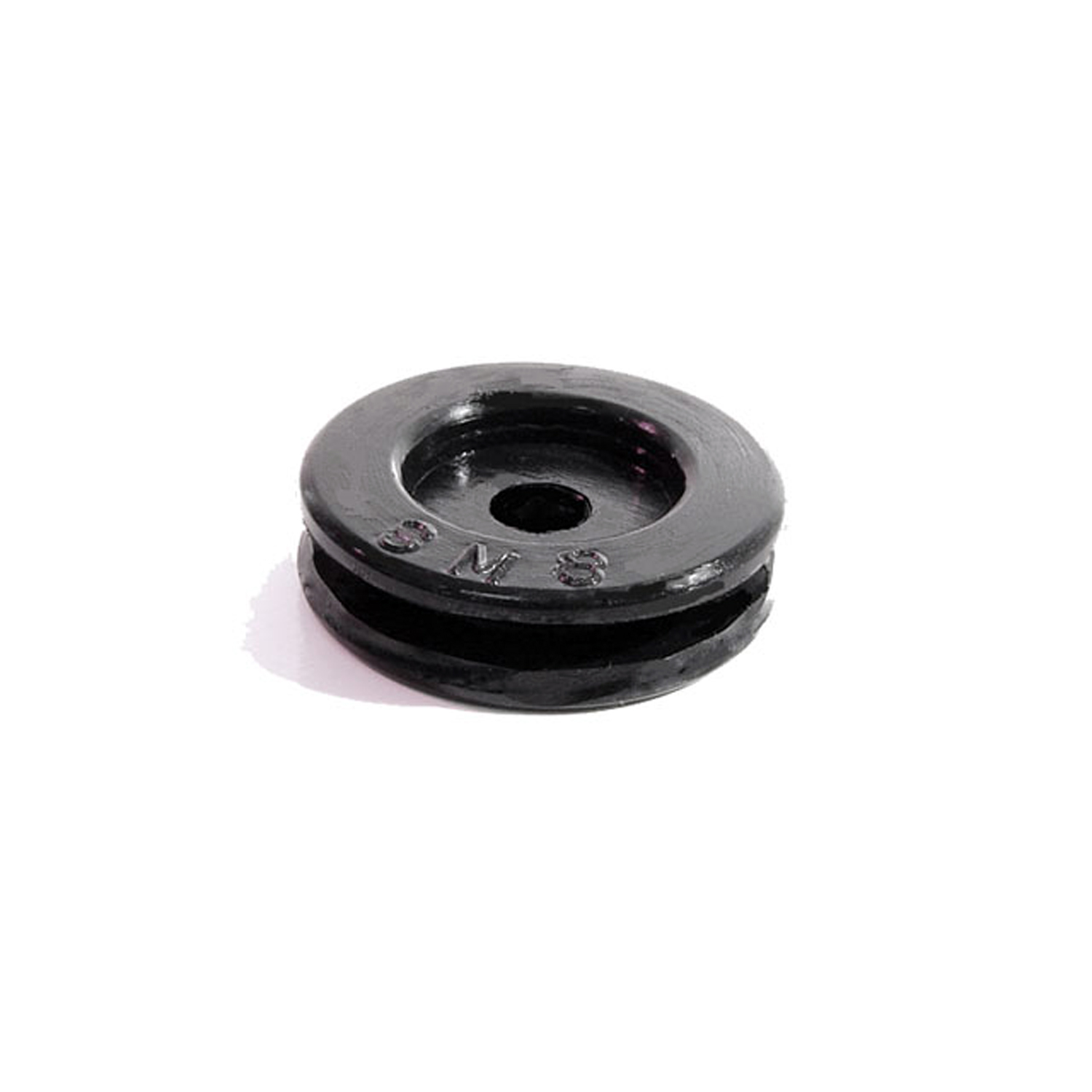 1946 Buick Super Series 50 Firewall and Utility Grommet. Fits 3/4" hole. 3/16" I.D-SM 8Firewall and Utility Grommet. Fits 3/4" hole. 3/16" I.D. Each
1946 Buick Super Series 50 Firewall and Utility Grommet. Fits 3/4" hole. 3/16" I.D-SM 8Firewall and Utility Grommet. Fits 3/4" hole. 3/16" I.D. Each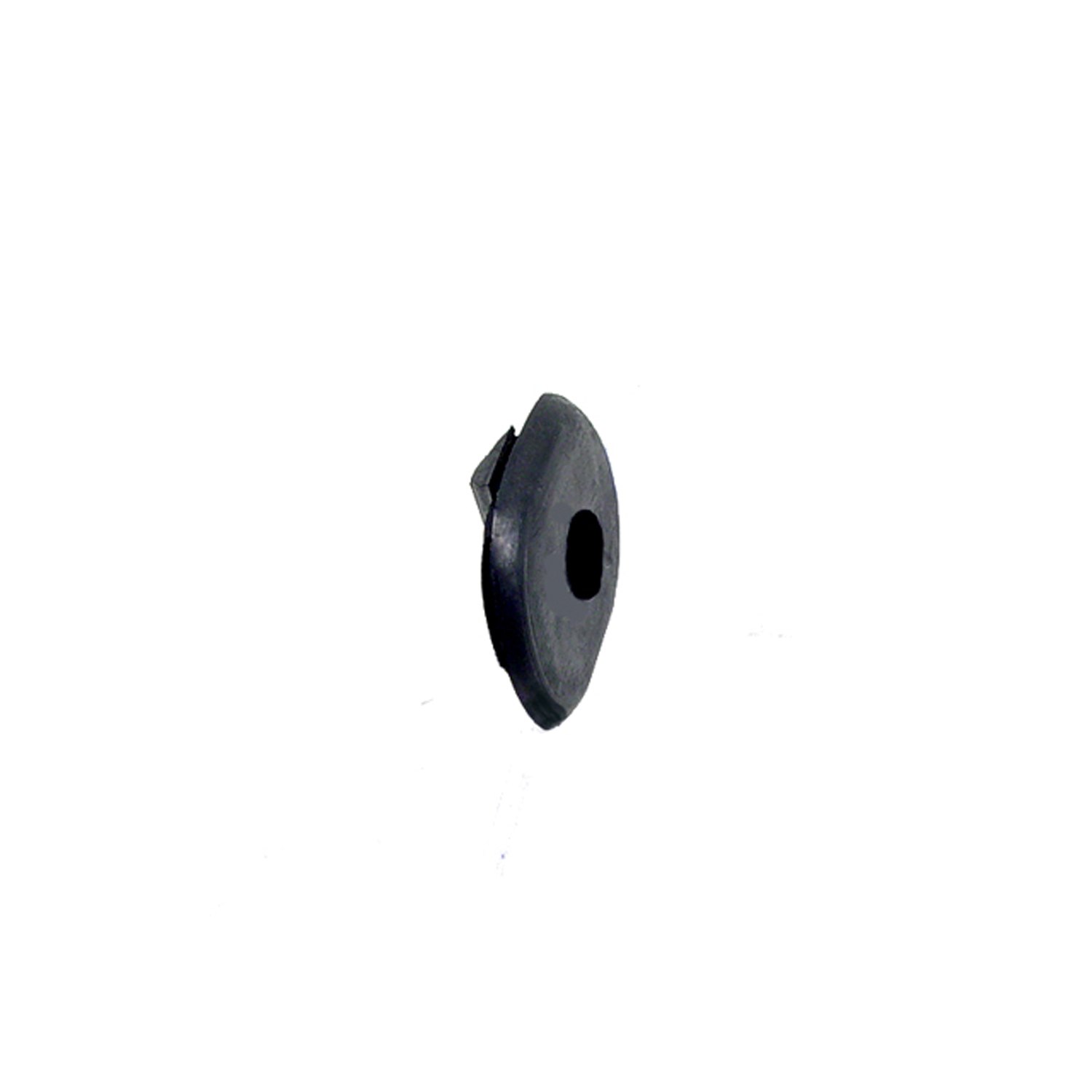 1946 Buick Super Series 50 Door Adjustment Hole Plug Grommet for Convertibles Only-SM 86Door Adjustment Hole Plug Grommet for Convertibles Only. Fits a 5/8" wide X 1" long hole. Each
1946 Buick Super Series 50 Door Adjustment Hole Plug Grommet for Convertibles Only-SM 86Door Adjustment Hole Plug Grommet for Convertibles Only. Fits a 5/8" wide X 1" long hole. Each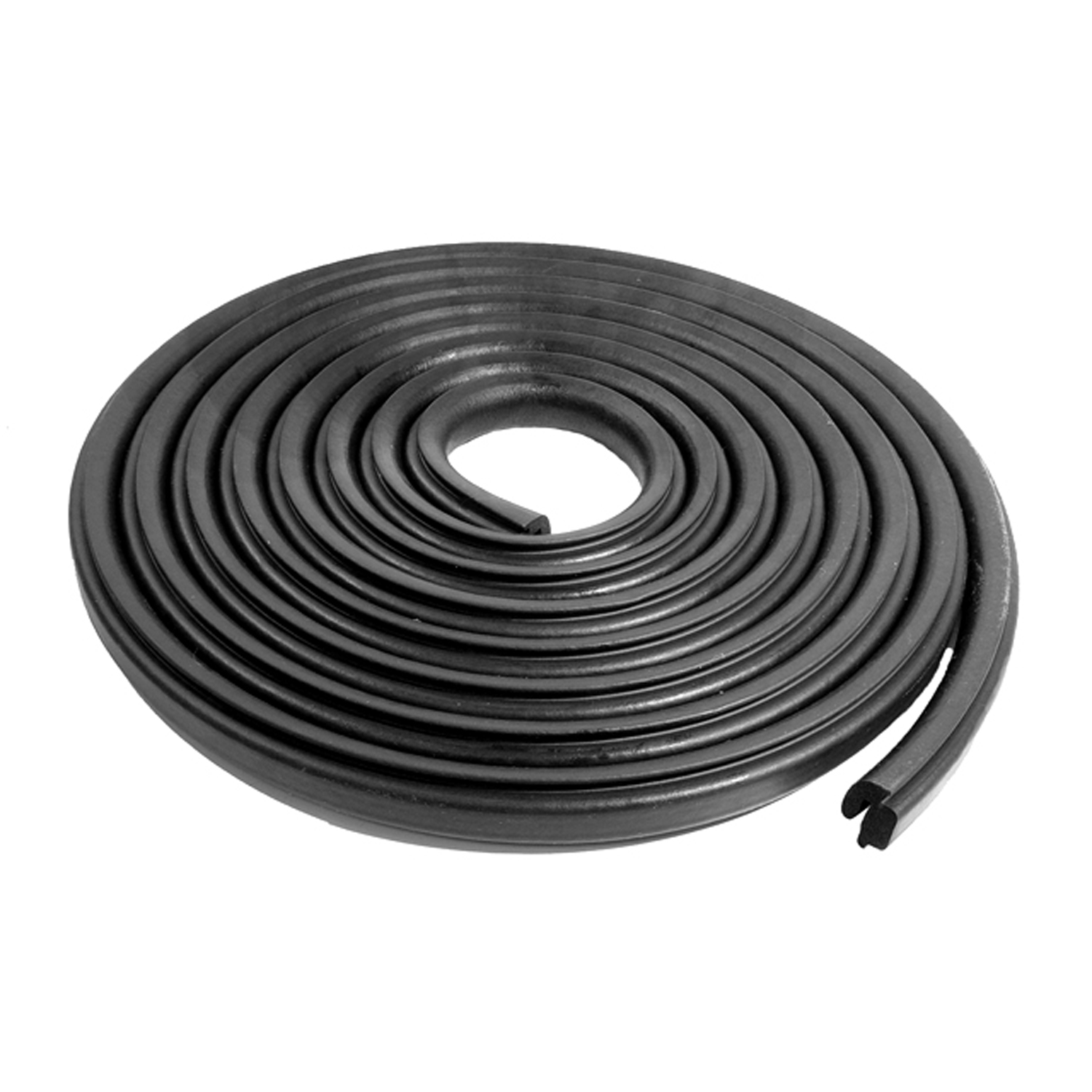 1946 Buick Super Series 50 Trunk Seal. 18 Feet long. Each-TK 50-18Trunk Seal. 18 Feet long. Each
1946 Buick Super Series 50 Trunk Seal. 18 Feet long. Each-TK 50-18Trunk Seal. 18 Feet long. Each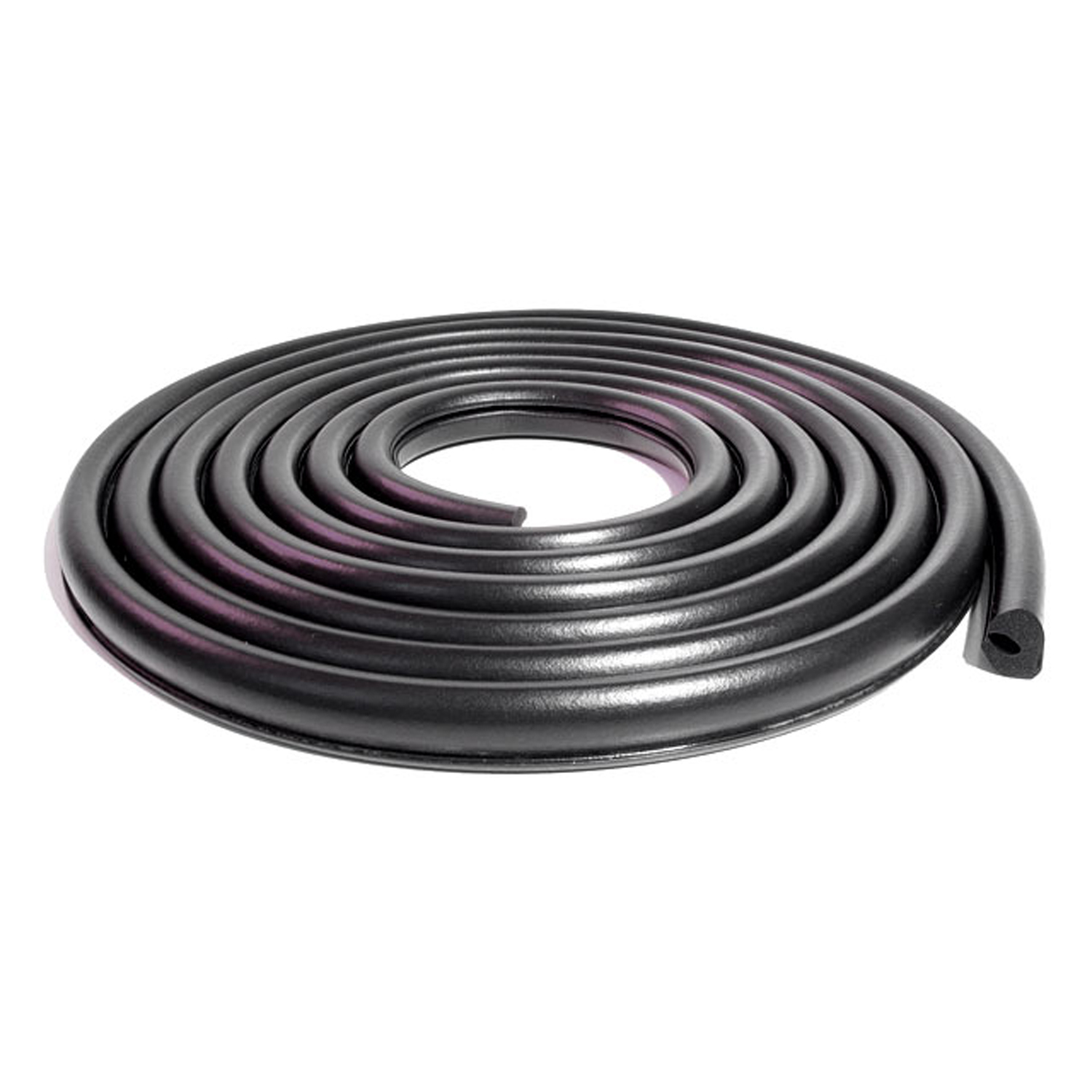 1946 Buick Super Series 50 Trunk Seal. Each-TK 56-18Trunk Seal. Each
1946 Buick Super Series 50 Trunk Seal. Each-TK 56-18Trunk Seal. Each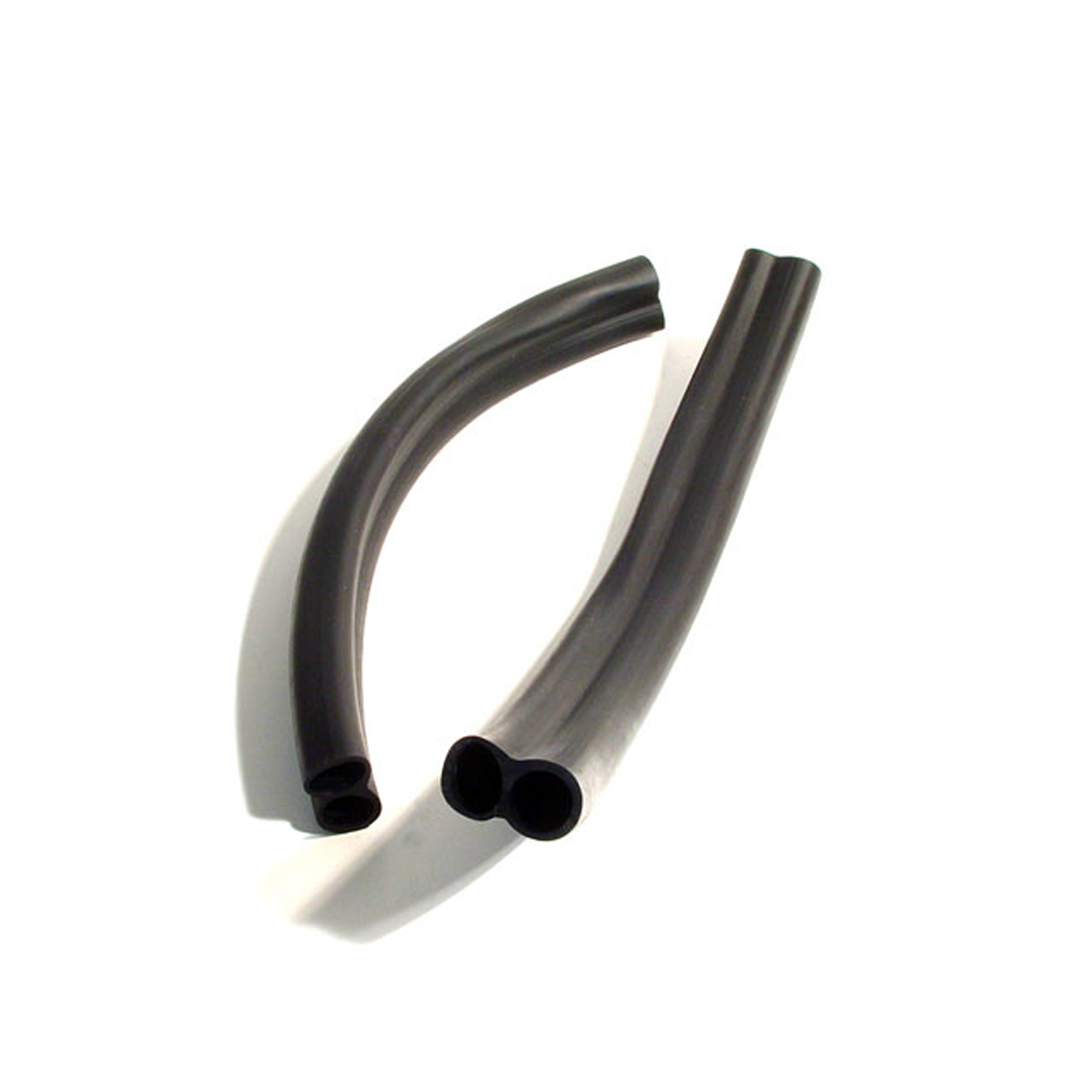 1946 Buick Super Series 50 Rubber Conduit (hose). Double tube-VH 300Rubber Conduit (hose). Double tube. Used from body to door for electrical and hydraulic lines for power windows. Two pieces, 15" long. Pair
1946 Buick Super Series 50 Rubber Conduit (hose). Double tube-VH 300Rubber Conduit (hose). Double tube. Used from body to door for electrical and hydraulic lines for power windows. Two pieces, 15" long. Pair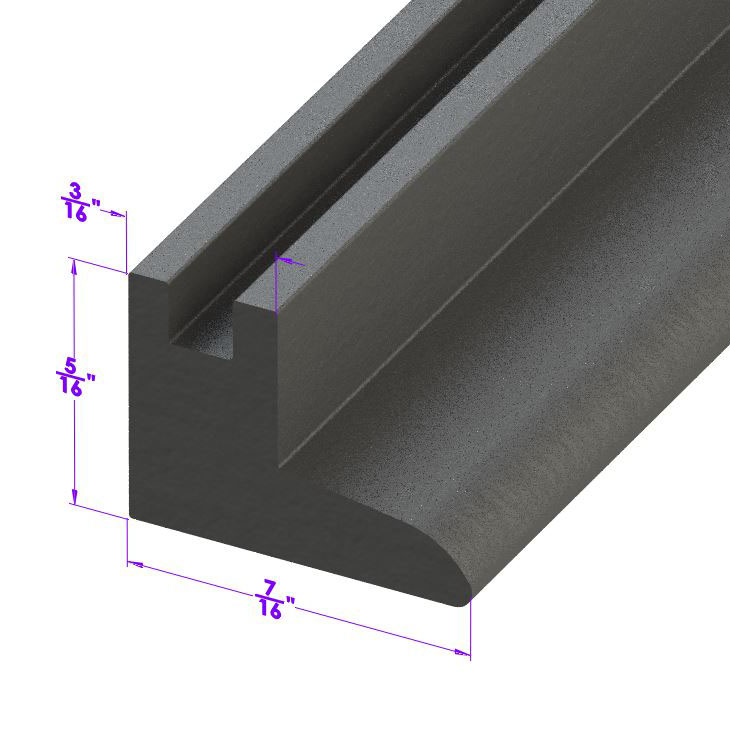 1946 Buick Super Series 50 Vertical Seal for Vent Window. Each is 17" long. Pair-VS 2Vertical Seal for Vent Window. Each is 17" long. Pair
1946 Buick Super Series 50 Vertical Seal for Vent Window. Each is 17" long. Pair-VS 2Vertical Seal for Vent Window. Each is 17" long. Pair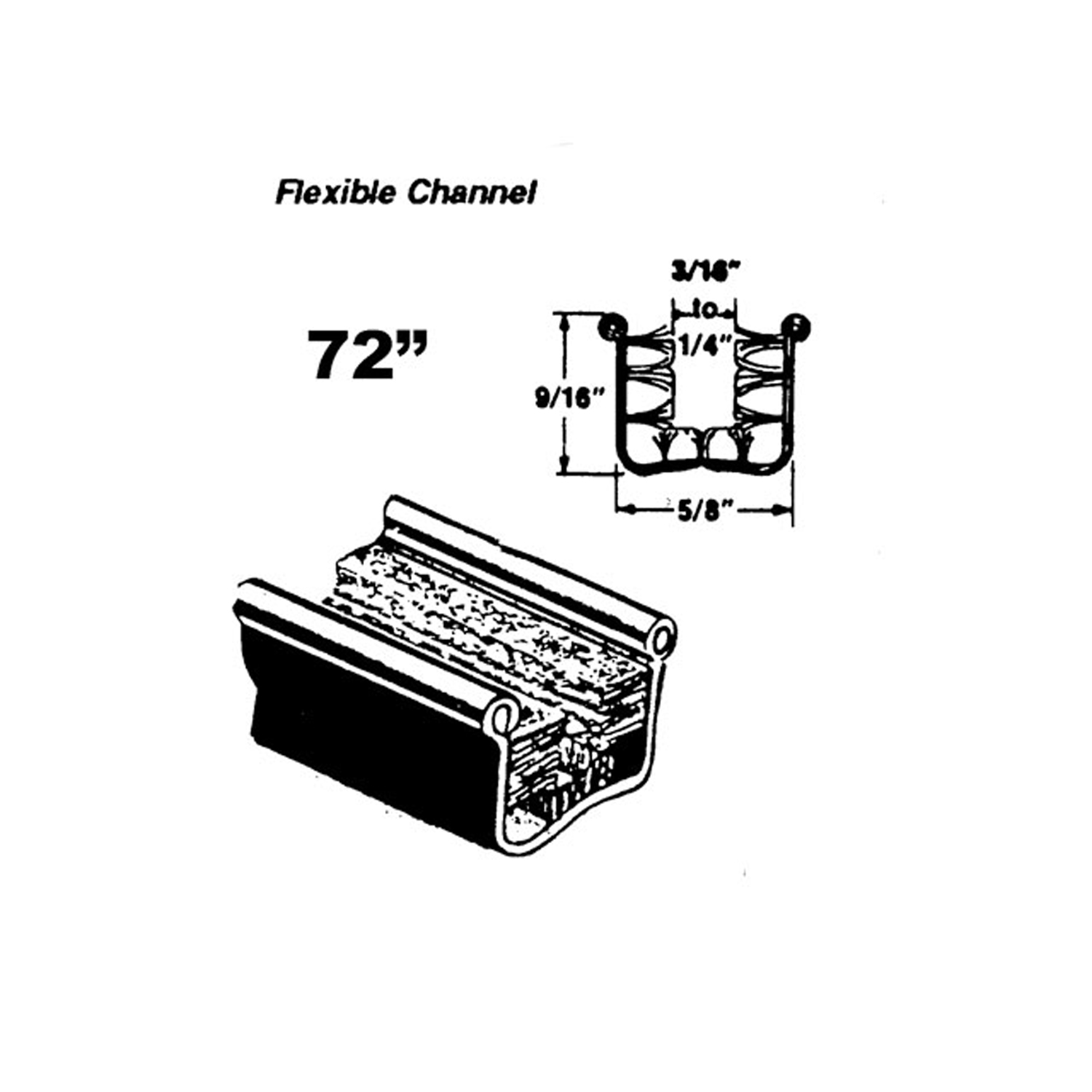 1946 Buick Super Series 50 Flexible glass-run channel-WC 11-72Flexible glass-run channel. Mohair lined, cloth covered with stainless steel bead. Used on side windows. 72 in. long. Each. NOTE: $20 special shipping charge applies for domestic orders. Call or email for overseas shipping costs. Part can be sectioned in two equal lengths to reduce overseas shipping costs.
1946 Buick Super Series 50 Flexible glass-run channel-WC 11-72Flexible glass-run channel. Mohair lined, cloth covered with stainless steel bead. Used on side windows. 72 in. long. Each. NOTE: $20 special shipping charge applies for domestic orders. Call or email for overseas shipping costs. Part can be sectioned in two equal lengths to reduce overseas shipping costs.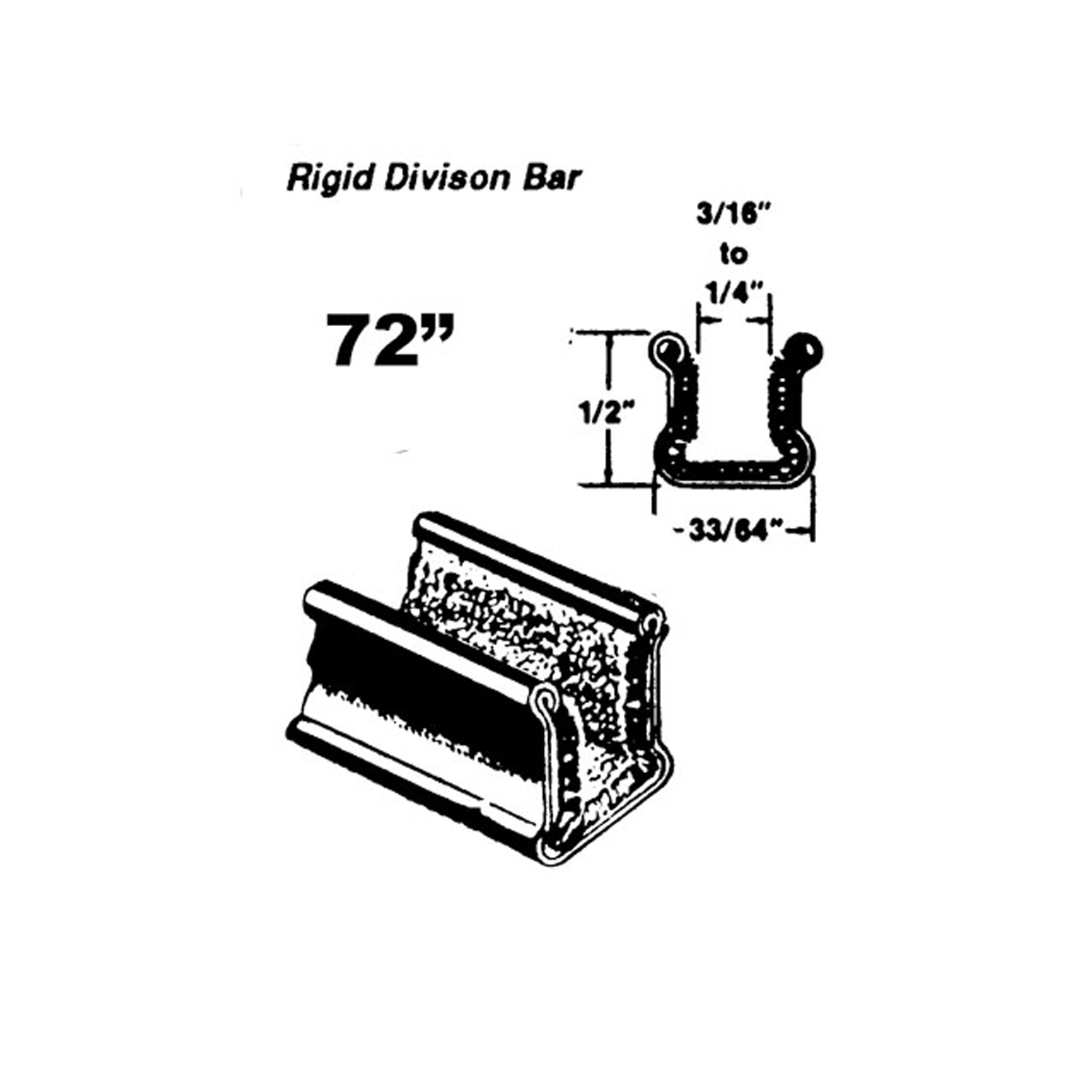 1946 Buick Super Series 50 Rigid division-bar channel. Made with Zinc-plated bead-WC 1-72Rigid division-bar channel. Made with Zinc-plated bead. Used on lower side windows. 72 in. long. Each. NOTE: $20 special shipping charge applies for domestic orders. Call or email for overseas shipping costs. Part can be sectioned into two equal lengths to reduce overseas shipping costs.
1946 Buick Super Series 50 Rigid division-bar channel. Made with Zinc-plated bead-WC 1-72Rigid division-bar channel. Made with Zinc-plated bead. Used on lower side windows. 72 in. long. Each. NOTE: $20 special shipping charge applies for domestic orders. Call or email for overseas shipping costs. Part can be sectioned into two equal lengths to reduce overseas shipping costs.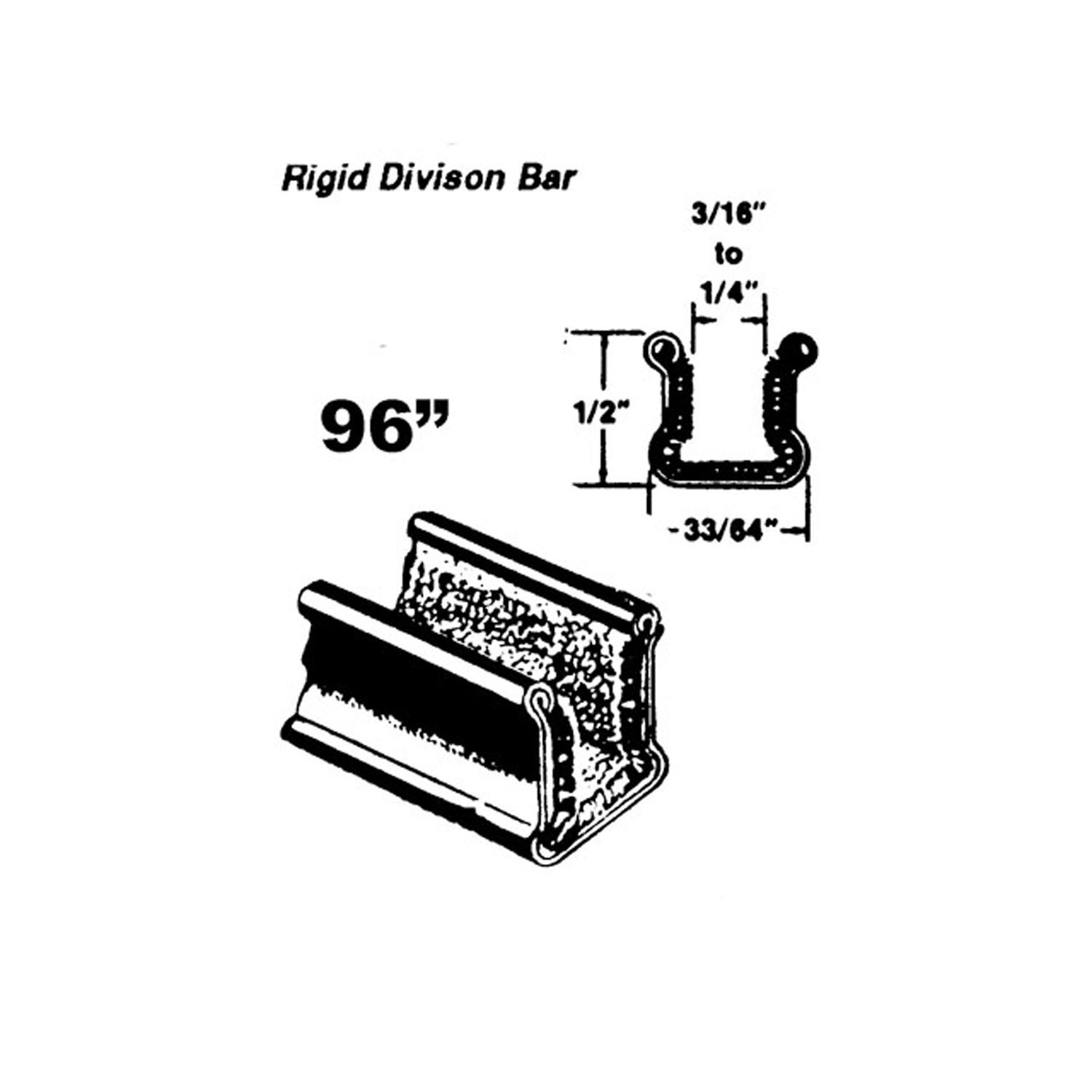 1946 Buick Super Series 50 Rigid division-bar channel. Made with Zinc-plated bead-WC 1-96Rigid division-bar channel. Made with Zinc-plated bead. Used on lower side windows. 96 in. long. Each. NOTE: $20 special shipping charge applies for domestic orders. Call or email for overseas shipping costs. Part can be sectioned in two or three equal lengths to reduce overseas shipping costs.
1946 Buick Super Series 50 Rigid division-bar channel. Made with Zinc-plated bead-WC 1-96Rigid division-bar channel. Made with Zinc-plated bead. Used on lower side windows. 96 in. long. Each. NOTE: $20 special shipping charge applies for domestic orders. Call or email for overseas shipping costs. Part can be sectioned in two or three equal lengths to reduce overseas shipping costs. 1946 Buick Super Series 50 Rigid division-bar channel. Made with stainless steel bead-WC 2-72Rigid division-bar channel. Made with stainless steel bead. 72 in. long. Each. NOTE: $20 special shipping charge applies for domestic orders. Call or email for overseas shipping costs. Part can be sectioned into two equal lengths to reduce overseas shipping costs.
1946 Buick Super Series 50 Rigid division-bar channel. Made with stainless steel bead-WC 2-72Rigid division-bar channel. Made with stainless steel bead. 72 in. long. Each. NOTE: $20 special shipping charge applies for domestic orders. Call or email for overseas shipping costs. Part can be sectioned into two equal lengths to reduce overseas shipping costs.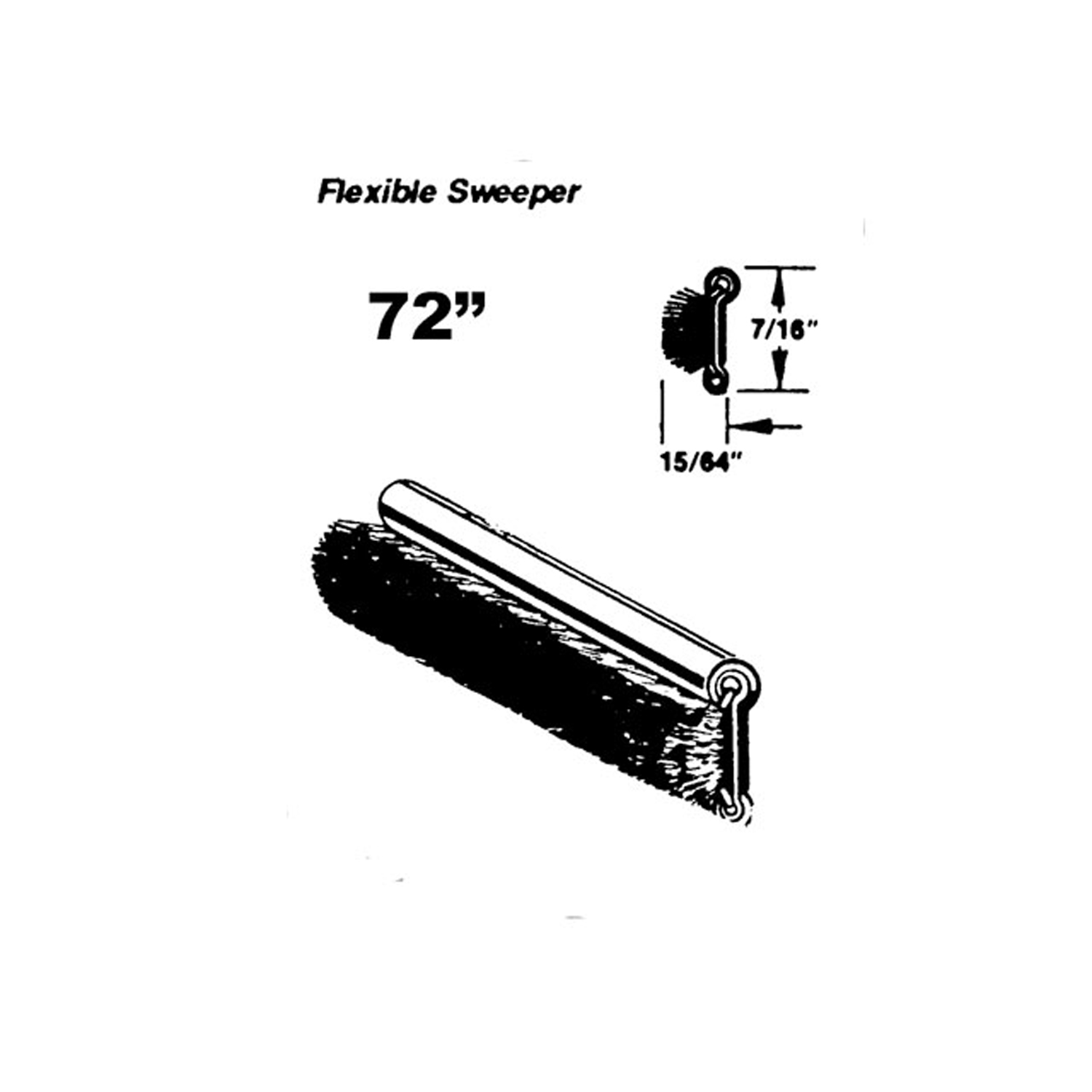 1946 Buick Super Series 50 Flexible sweeper. Made with stainless steel bead-WC 8-72Flexible sweeper. Made with stainless steel bead. Used on inner and outer beltlines. Also forms easily for use with sliding quarter windows. 72 in. long. Each. NOTE: $20 special shipping charge applies for domestic orders. Call or email for overseas shipping costs. Part can be sectioned into two equal lengths to reduce overseas shipping costs.
1946 Buick Super Series 50 Flexible sweeper. Made with stainless steel bead-WC 8-72Flexible sweeper. Made with stainless steel bead. Used on inner and outer beltlines. Also forms easily for use with sliding quarter windows. 72 in. long. Each. NOTE: $20 special shipping charge applies for domestic orders. Call or email for overseas shipping costs. Part can be sectioned into two equal lengths to reduce overseas shipping costs.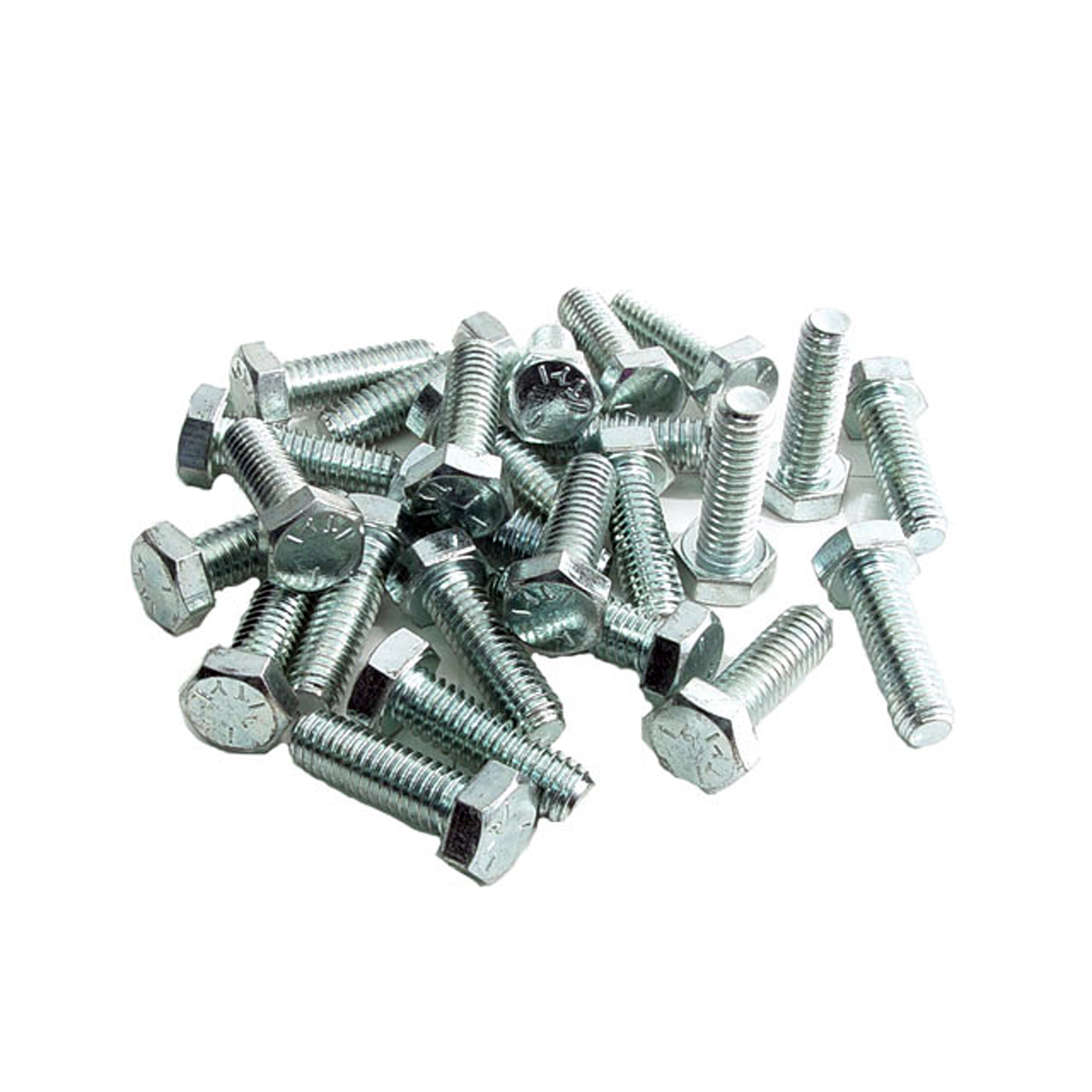 1946 Buick Super Series 50 Fender Bolts. For use with Fender Bolt Washers; WF 3001-WF 3000Fender Bolts. For use with Fender Bolt Washers; WF 3001. Zinc Chromate plated, high strength. 1" X 5/16". Set of 25
1946 Buick Super Series 50 Fender Bolts. For use with Fender Bolt Washers; WF 3001-WF 3000Fender Bolts. For use with Fender Bolt Washers; WF 3001. Zinc Chromate plated, high strength. 1" X 5/16". Set of 25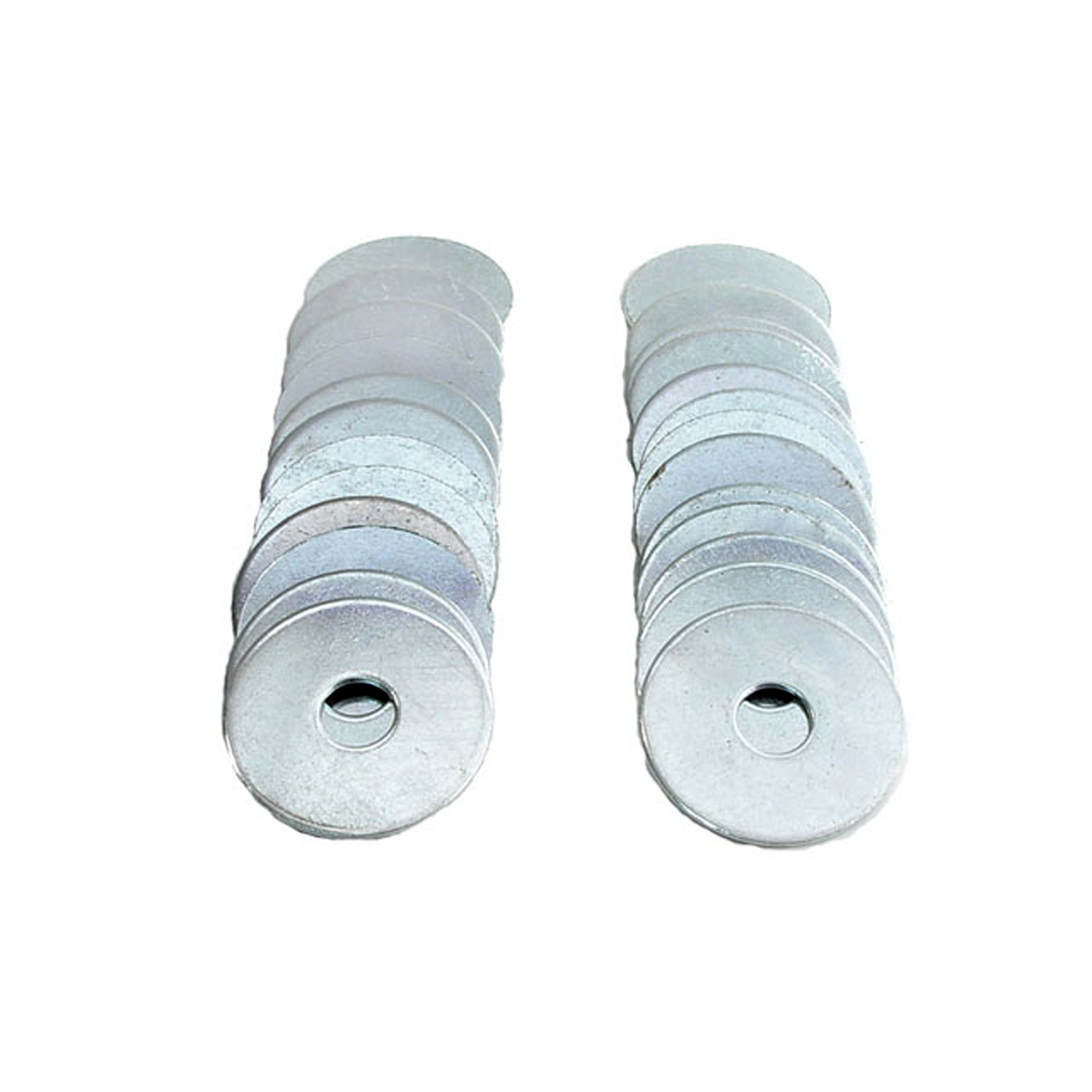 1946 Buick Super Series 50 Fender Bolt Washers. For use with Fender Bolts; WF 3000-WF 3001Fender Bolt Washers. For use with Fender Bolts; WF 3000. High quality, cadmium plated. 1-1/4" O.D., 3/8" I.D. Set of 25
1946 Buick Super Series 50 Fender Bolt Washers. For use with Fender Bolts; WF 3000-WF 3001Fender Bolt Washers. For use with Fender Bolts; WF 3000. High quality, cadmium plated. 1-1/4" O.D., 3/8" I.D. Set of 25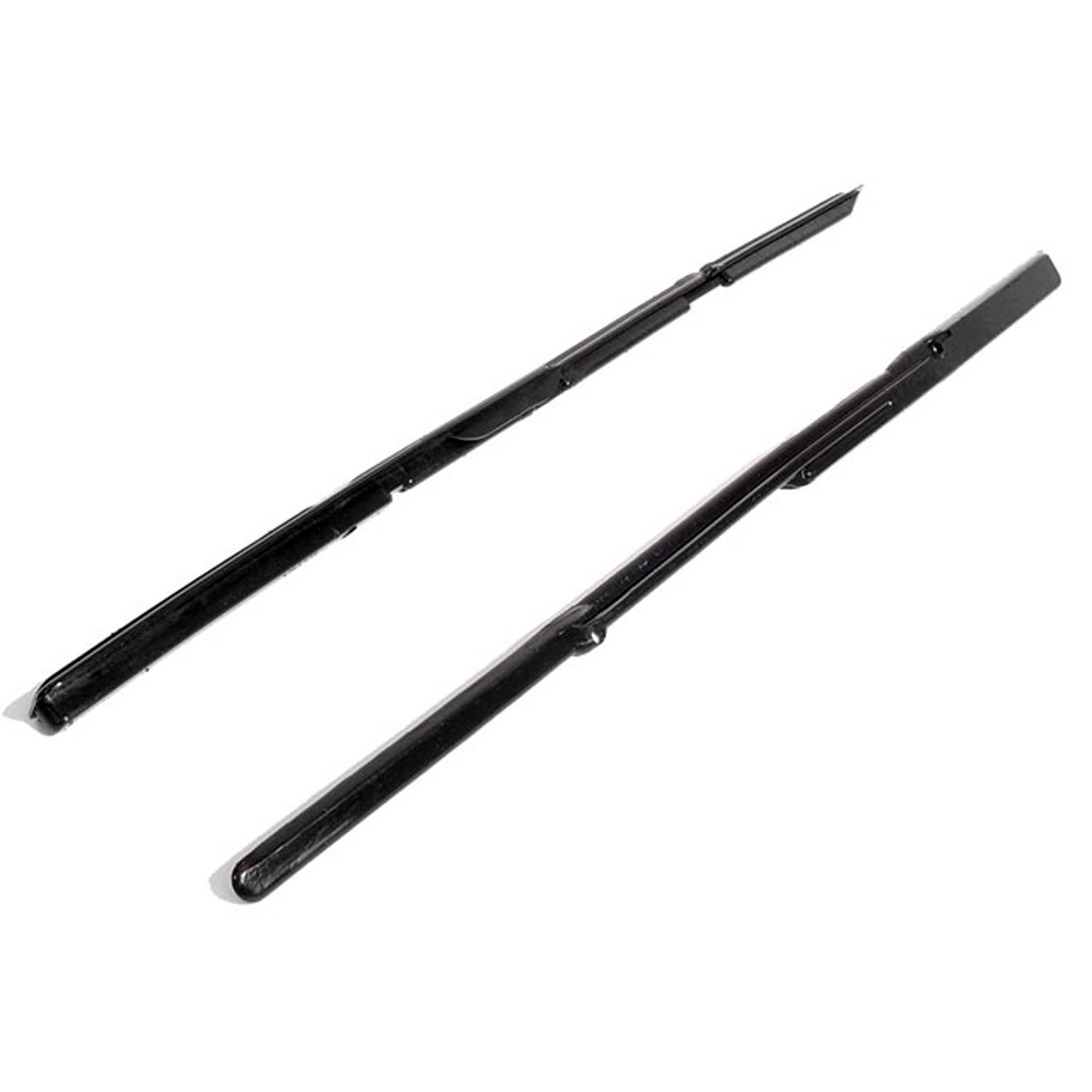 1946 Buick Super Series 50 Front Vent Window Seals, for Convertibles. Pair R&L-WR 7308Front Vent Window Seals, for Convertibles. Pair R&L
1946 Buick Super Series 50 Front Vent Window Seals, for Convertibles. Pair R&L-WR 7308Front Vent Window Seals, for Convertibles. Pair R&L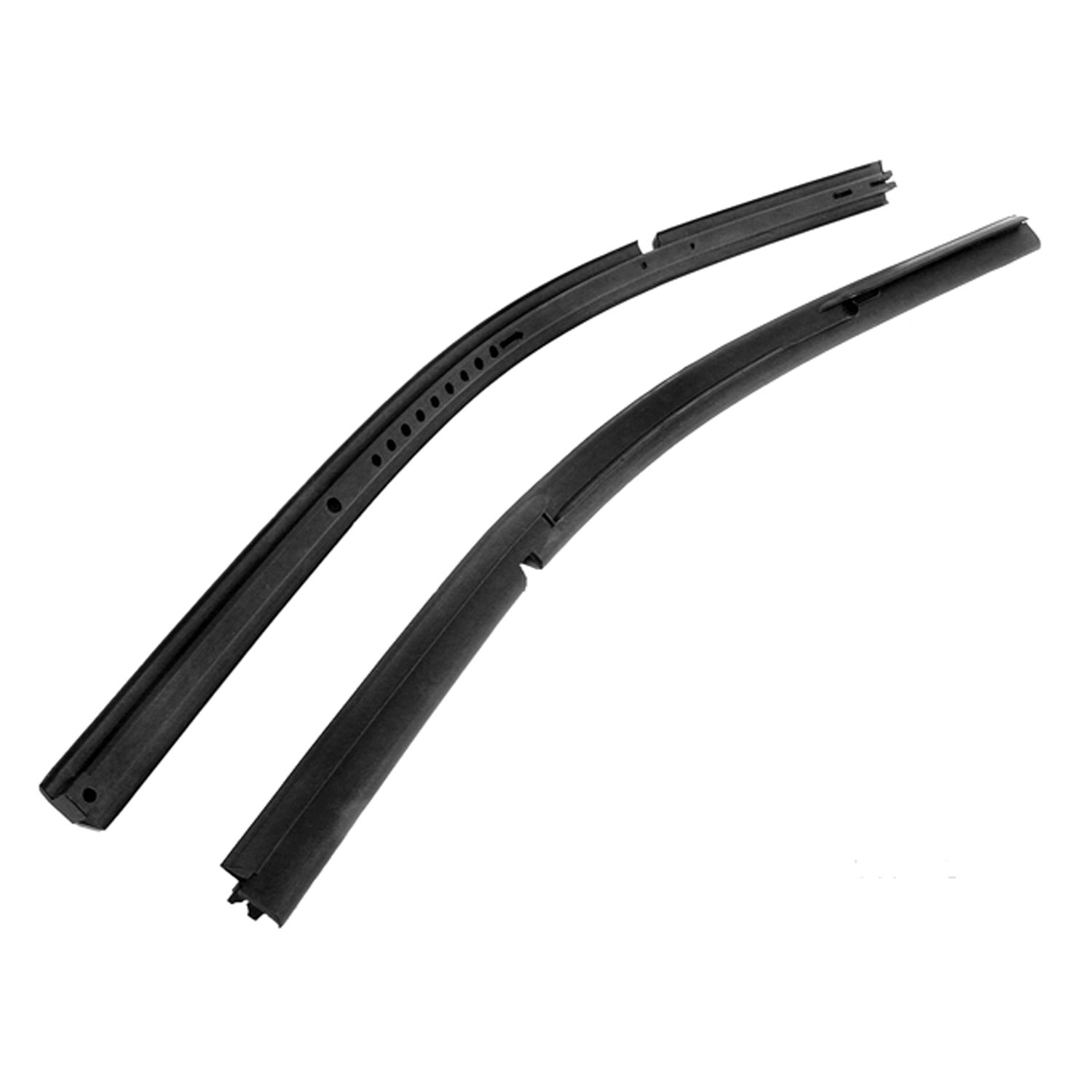 1946 Buick Super Series 50 Front Vent Window Seals, for Sedans. 25" long each-WR 7320Front Vent Window Seals, for Sedans. 25" long each. Pair R&L
1946 Buick Super Series 50 Front Vent Window Seals, for Sedans. 25" long each-WR 7320Front Vent Window Seals, for Sedans. 25" long each. Pair R&L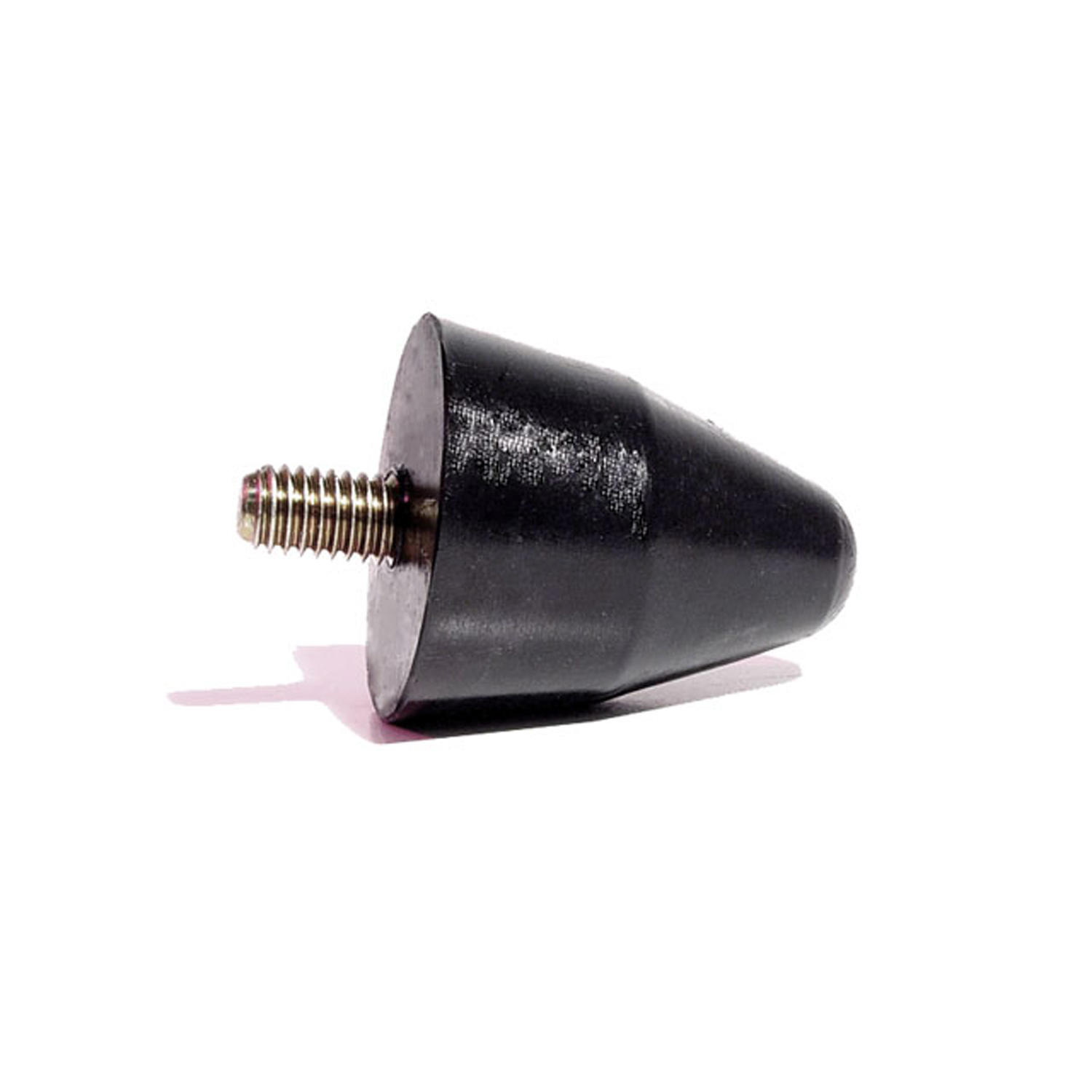 1946 Buick Super Series 50 Front Suspension Bumper. 2" high. Each-XB 18Front Suspension Bumper. 2" high. Each
1946 Buick Super Series 50 Front Suspension Bumper. 2" high. Each-XB 18Front Suspension Bumper. 2" high. Each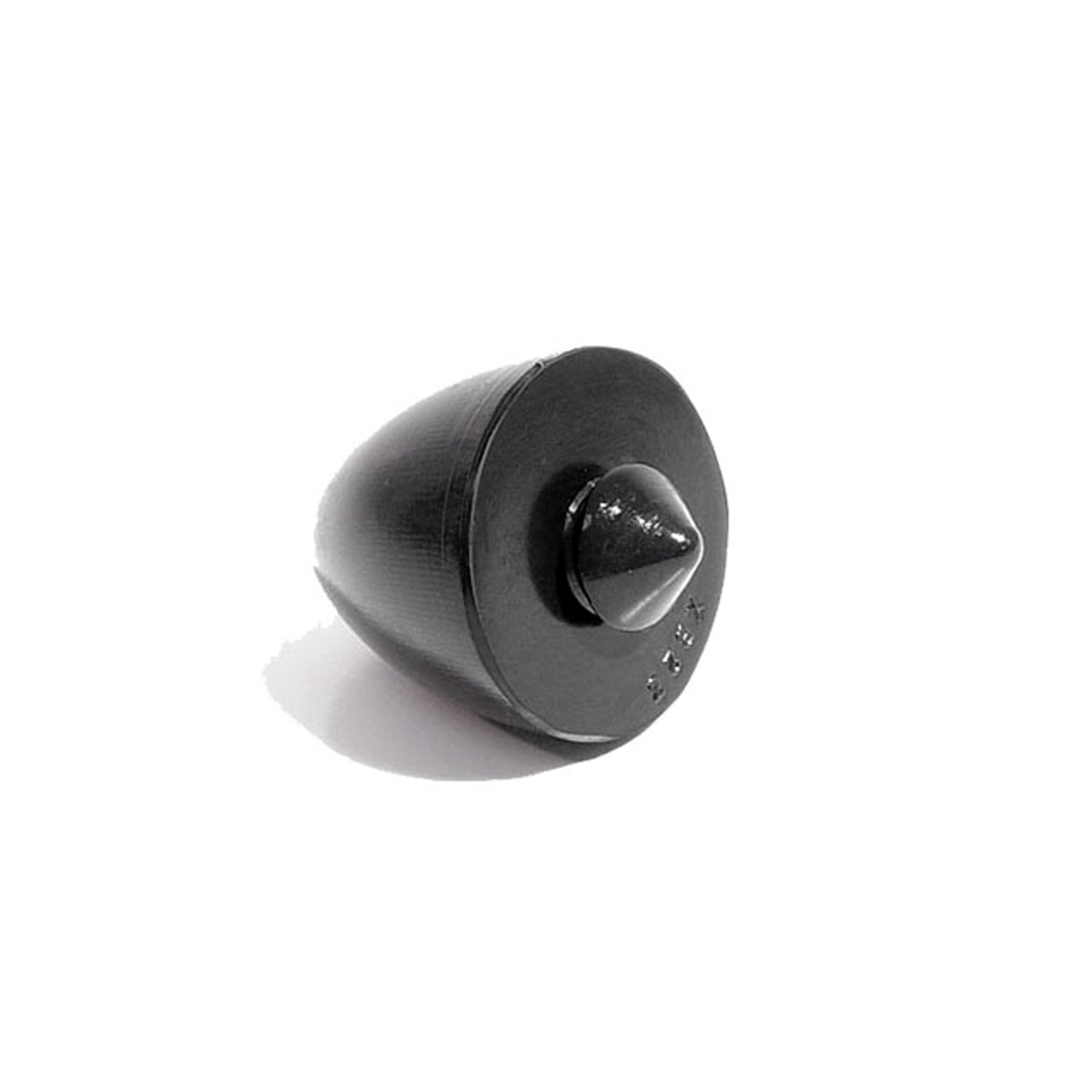 1946 Buick Super Series 50 Front Suspension Bumper. 1-5/8" high. Each-XB 23Front Suspension Bumper. 1-5/8" high. Each
1946 Buick Super Series 50 Front Suspension Bumper. 1-5/8" high. Each-XB 23Front Suspension Bumper. 1-5/8" high. Each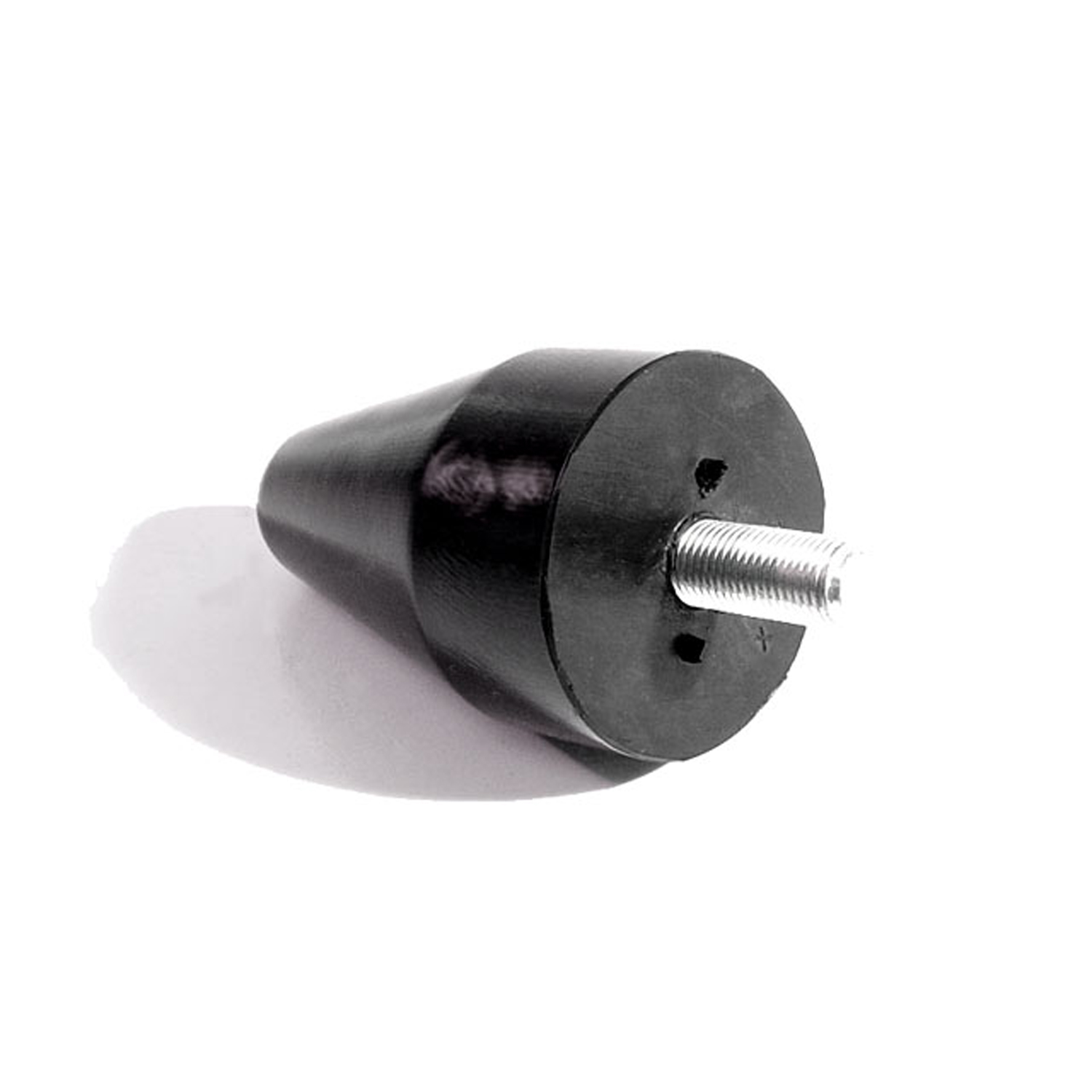 1946 Buick Super Series 50 Front Suspension Bumper. 2-7/8" high. Each-XB 25Front Suspension Bumper. 2-7/8" high. Each
1946 Buick Super Series 50 Front Suspension Bumper. 2-7/8" high. Each-XB 25Front Suspension Bumper. 2-7/8" high. EachWhy Choose Metro?
For over 100 years, Metro Moulded Parts has been the pinnacle of quality in classic car restoration parts. Our commitment to precision and authenticity in every component ensures a perfect fit and an OEM-level appearance.
- Expert Craftsmanship & Quality: Each part is a testament to our dedication to reliability and perfection, crafted from original designs and thoroughly tested.
- Advanced Technology: We use cutting-edge techniques to create flawless, long-lasting parts that surpass others in performance.
- SuperSoft Sponge – The Ultimate Door Seal: Not only are our door seals 30% softer than competitors', but they're also guaranteed to never leak. They effectively reduce wind and road noise, enhancing your classic car's comfort and driving experience.
- Proudly American: Our parts are a product of American craftsmanship, made in the USA with a spirit of excellence and heritage.
- Unrivaled Warranty: We back our products with a 30-year industry-leading warranty, a testament to our confidence in their quality.
Join us in preserving the legacy of classic cars with parts that are crafted for perfection, not just made.

